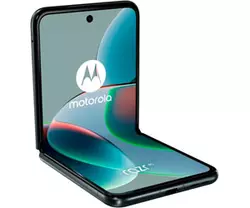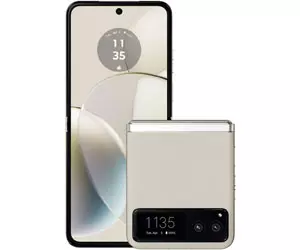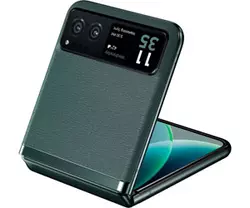Motorola has decided to release the Razr 40 foldable smartphone with a flexible display and characteristics of a typical mid-range smartphone instead of the flagship hardware that almost all current foldable smartphones have. This is another step towards popularising this form factor. The price was really significantly lower, while the smartphone is very pleasant to use and the wow factor remained in place. The Motorola Razr 40 has a great internal flexible OLED display with a 144Hz refresh rate, a good main camera, an interesting design with eco-leather, and very good battery life for a foldable model. Of course, compromises are inevitable when trying to make an affordable model. The power of the smartphone is not suitable for demanding users and gamers. The external display is small and functionally limited. But this can hardly be called a disadvantage: models with a larger display are significantly more expensive. Motorola Razr 40 has virtually no direct competitors at the moment. The Motorola Razr 40 Ultra and Samsung Galaxy Flip5 certainly have more interesting features, but they are much more expensive. Unless you can look for last year's Galaxy Flip4, but that's doubtful.
6 reasons to buy the Motorola Razr 40:
- Great foldable internal OLED screen with 144 Hz refresh rate
- Interesting design and body made of metal and eco-leather
- High-quality main camera
- Almost pure Android 13
- Good battery life (among folding smartphones)
- You want a folding smartphone
3 reasons not to buy the Motorola Razr 40:
- You don't need a foldable smartphone
- You need a smartphone with a flagship processor
- The screen crease is still there
Quick Transition:
- What's in the box?
- What does the Motorola Razr 40 look like?
- Is the Motorola Razr 40 comfortable to use?
- How good are the displays?
- What are the unlocking methods?
- What about performance, memory, sound and battery life?
- How user-friendly is the interface?
- How good are the cameras?
- In total
What's in the box?

The Motorola Razr 40 is typical for current Motorola models. The smartphone is packed in a light box with the company logo. Inside, in addition to the Motorola Razr 40, there is a 33W power supply, a USB Type-C cable, a tray clip, documentation and a two-piece plastic protective bumper. It's translucent and has a rough surface. The fit is not perfect, but it will provide basic protection.
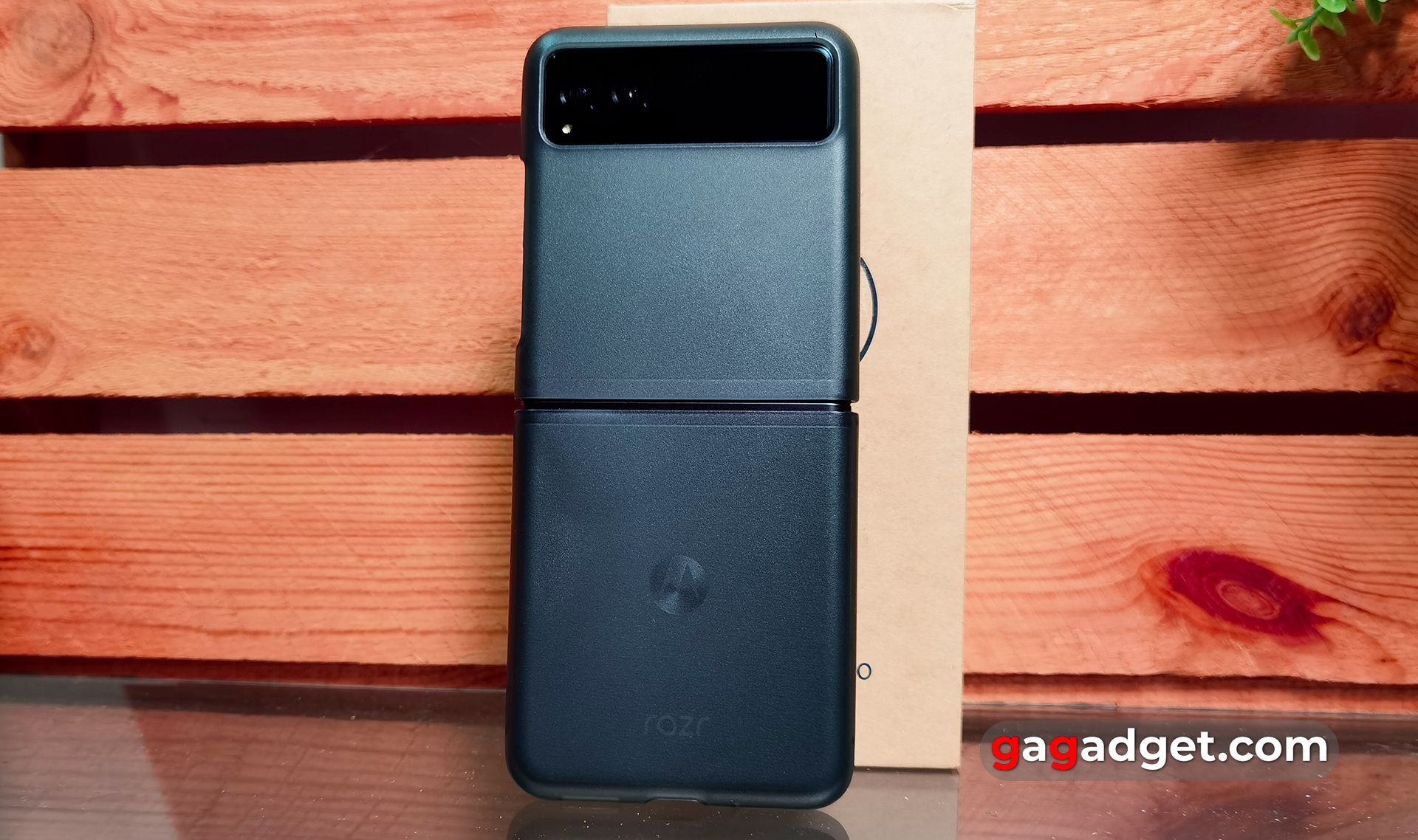
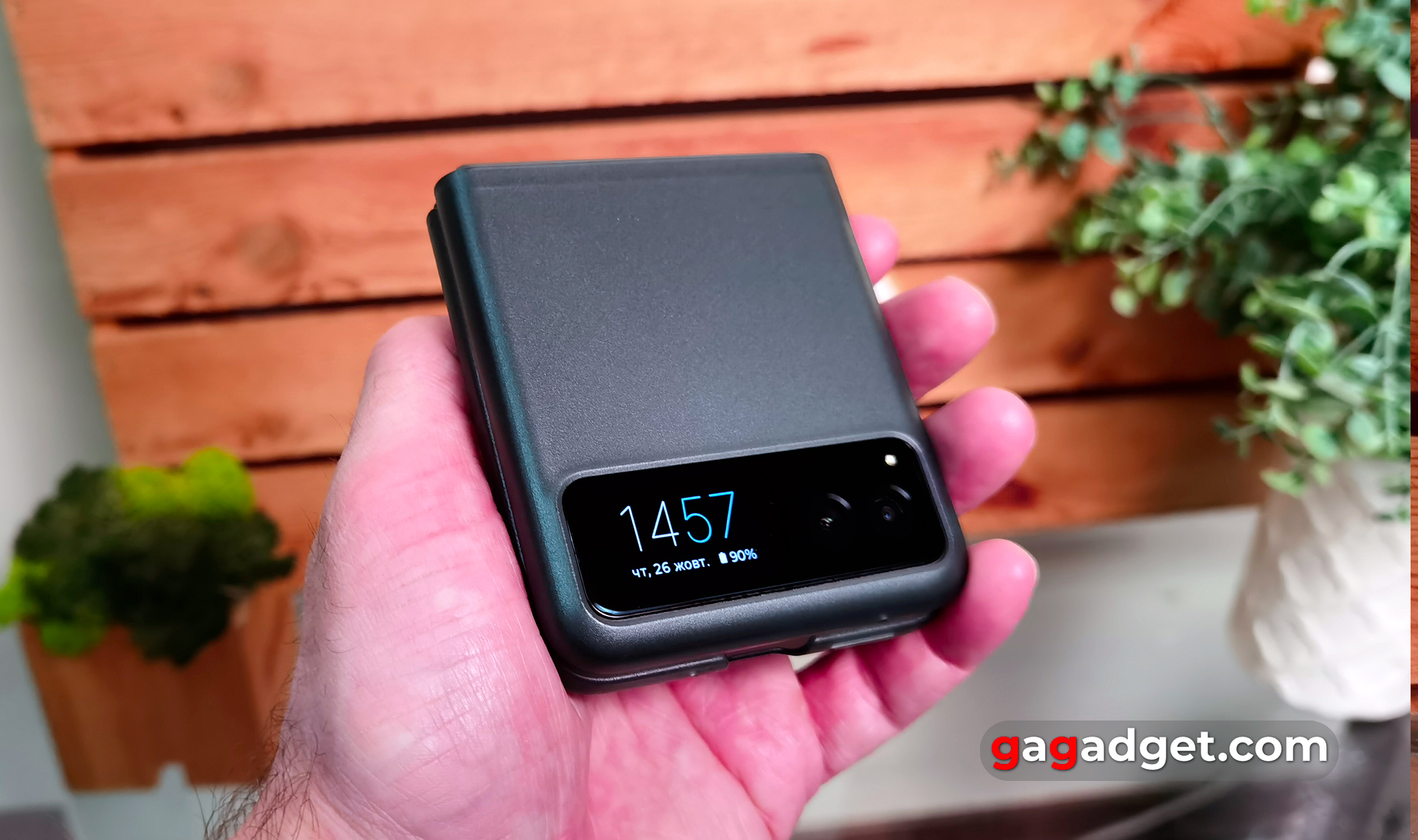
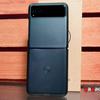
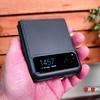
What does the Motorola Razr 40 look like?

Structurally, the Motorola Razr 40 is close to the older Razr 40 Ultra model, but there are several significant differences. The first and foremost is the size and functionality of the external display. In the Motorola Razr 40, its diagonal is only 1.5 inches and is located under a common protective Gorilla Glass Victus with a dual camera. In the Ultra, the outer panels are glass (except for the Magenta variant), which looks presentable, but not very practical. The frosted glass, although it does not collect fingerprints, is quite slippery. In Motorola Razr 40, the outer panels are made of artificial leather. It also looks interesting and holds securely in the hand. When unfolded, we have an almost typical modern smartphone with a front-facing camera in the hole and a slightly wider than usual bezel around the perimeter. The screen has a protective film on it from the factory, but you shouldn't remove it yourself. It seems that it can only be replaced in a service centre.

The frame of the smartphone is made of 7000 series aluminium and has a matte surface. When closed, the halves are tightly pressed together, with no gaps. Functional elements are in the same places as in the older model. On the right side of the smartphone there is one of the additional microphones, separate volume buttons and a large power button, which is also a fingerprint scanner. You'll have to get used to the placement of the buttons, as in all clamshells: they are placed a little higher than in conventional smartphones.

On the opposite side is a tray that holds one SIM card. There is support for eSIM.
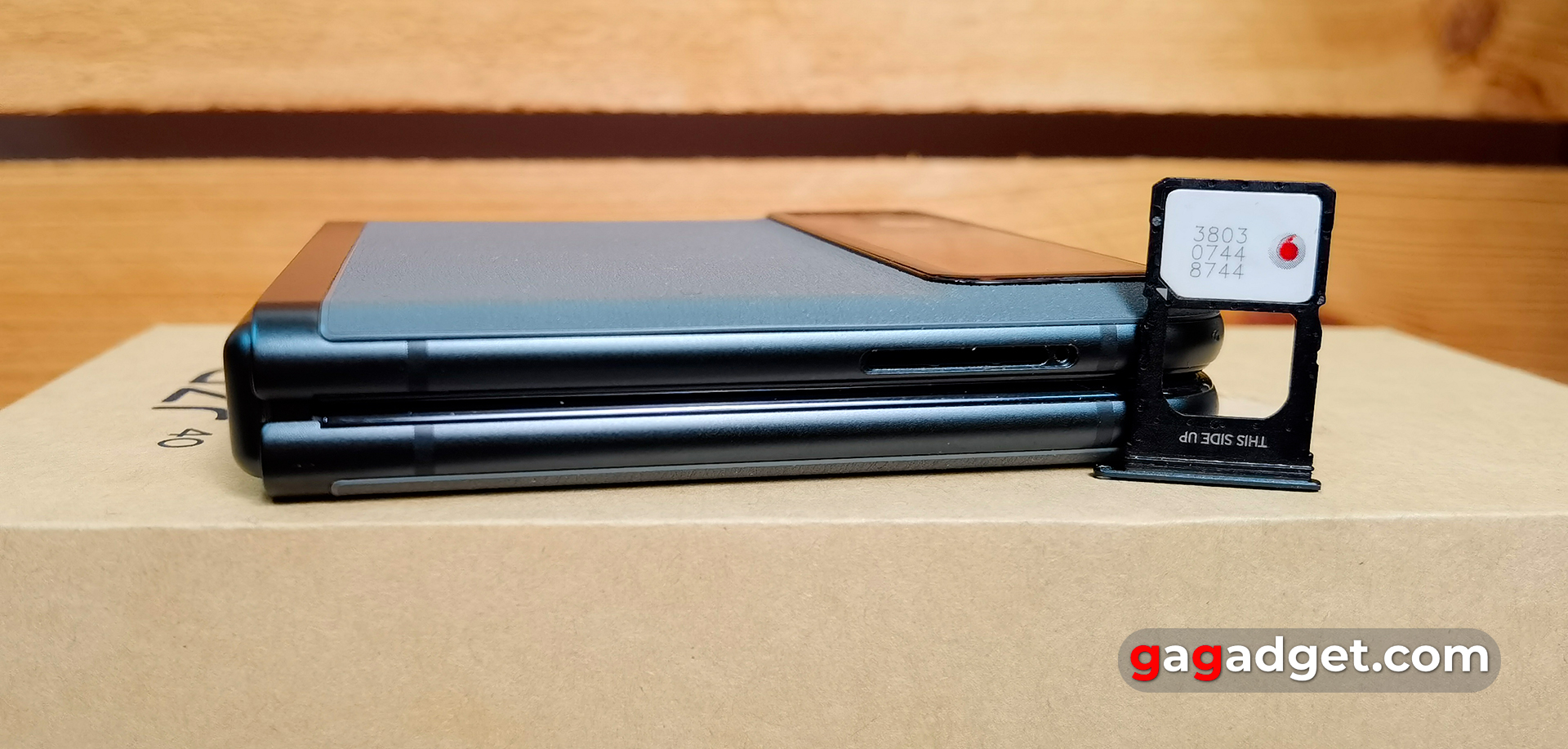
Above is another additional microphone. Below is an external speaker, a Type-C connector, and an earpiece microphone.

The hinge is made of stainless steel, while the lid is made of the same matte black aluminium without logos or any other decorative elements.

Both halves of the smartphone are almost completely covered with artificial leather. There are metal inserts in the middle and a wide glass block with cameras and a display on top. The bottom half has the Motorola and Razr logos. The eco-leather is surprisingly pleasant, both tactilely and visually. In general, the smartphone looks great and the combination of dark green and black is very interesting. Subjectively, the lilac and cream variants of the smartphone don't look as refined.
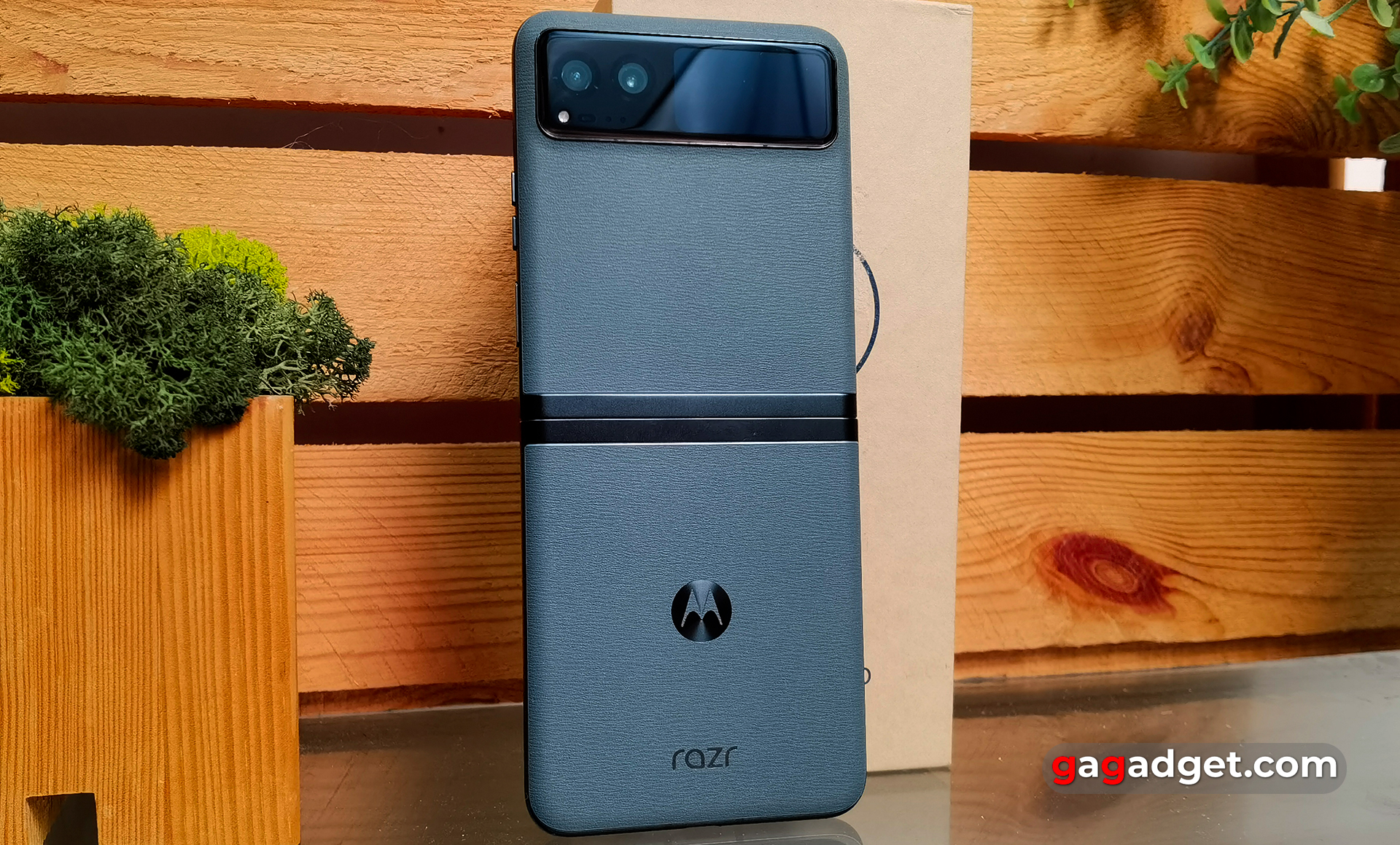
Like the older model, the Motorola Razr 40 has a nice auto-refresh mechanism and generally gives the impression of a fairly reliable smartphone, as far as folding design goes. It also has only a water-repellent coating to protect it from splashes. There is no full water protection, the protection class is IP52.
Is the Motorola Razr 40 easy to use?
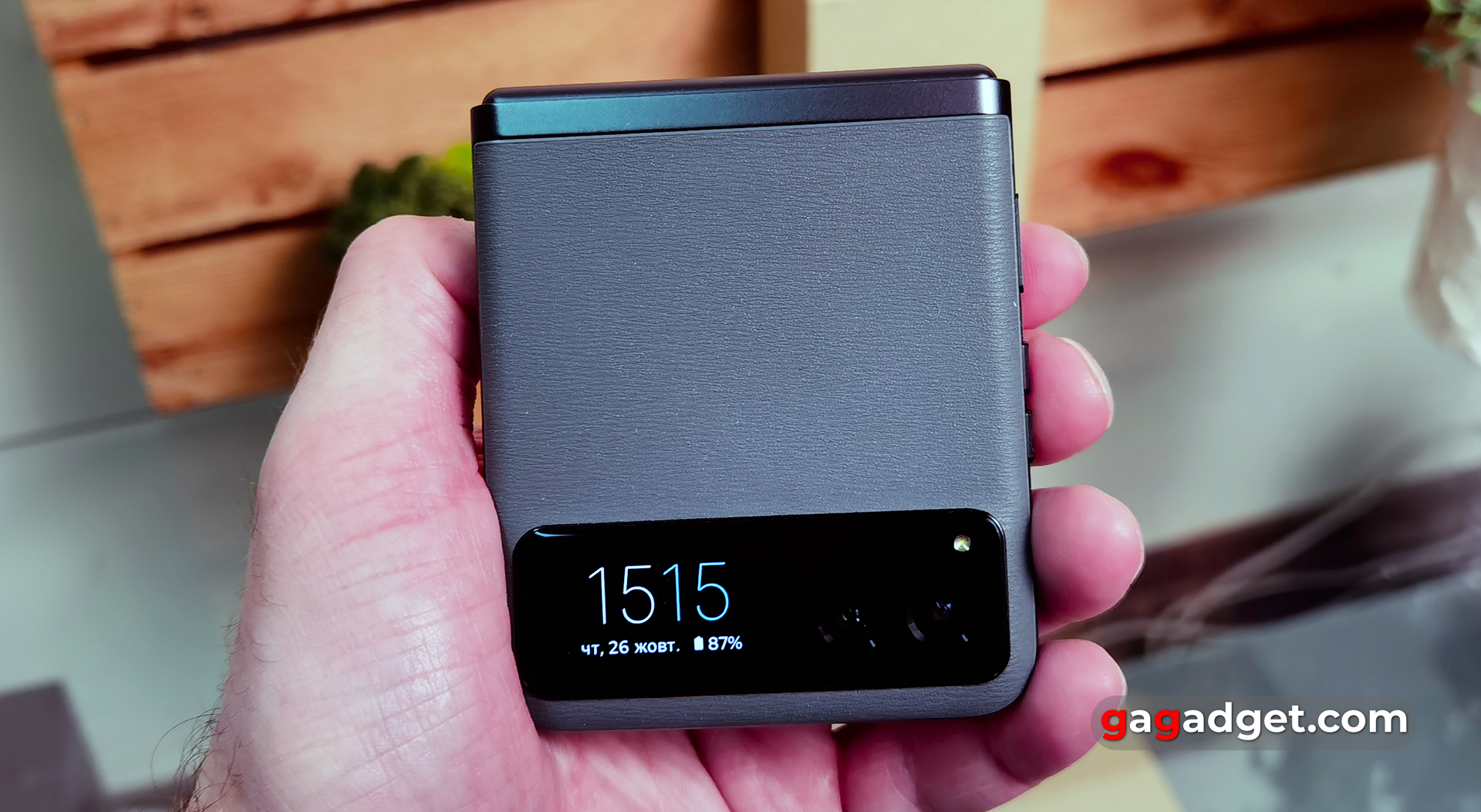
Like all other smartphones with a similar design, the Motorola Razr 40 is extremely difficult to open with one hand without risking damaging the display. When opening and closing the smartphone, you can set it to receive and end a call, respectively. Which is quite logical and convenient.


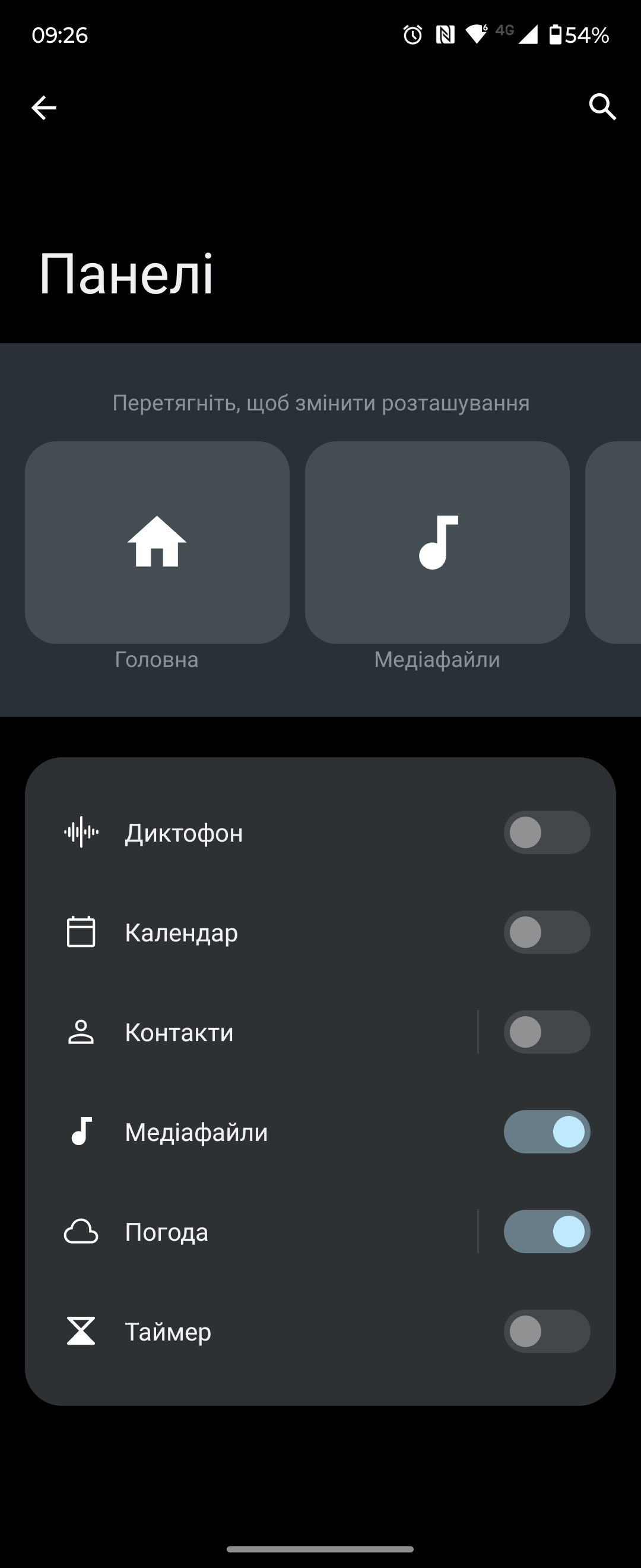

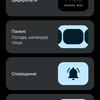
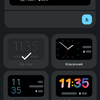
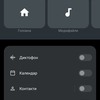
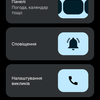
One of the main differences between Motorola Razr 40 and Ultra is a much smaller external display. And, accordingly, its functionality is less. The Ultra had the ability to run virtually any application on the external screen. The Motorola Razr 40 has a limited set of widgets, including a timer, music player, weather, calendar, contacts, and voice recorder. In addition, you can view notifications and access the quick settings curtain. A double-click on the power button starts the camera and uses the external display as a viewfinder. Given the diagonal, it's not ideal, but it's quite usable. You can also pay with your smartphone without having to open it. You just need to unlock it with a finger scanner. But there is one not-so-convenient thing: if you have several cards linked to Google Pay, you won't be able to select the one you want when it's closed. The default card will be used.
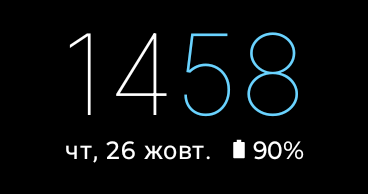

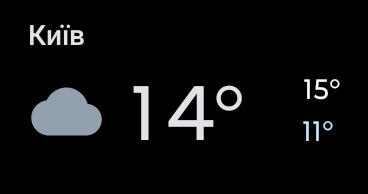



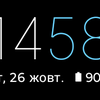

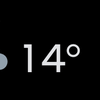



All other features of using a smartphone of this form factor are already familiar. This is the ability to take photos and videos in a semi-folded position by placing the smartphone somewhere. That is, there is no need for a tripod, and a self-portrait is taken with a gesture.
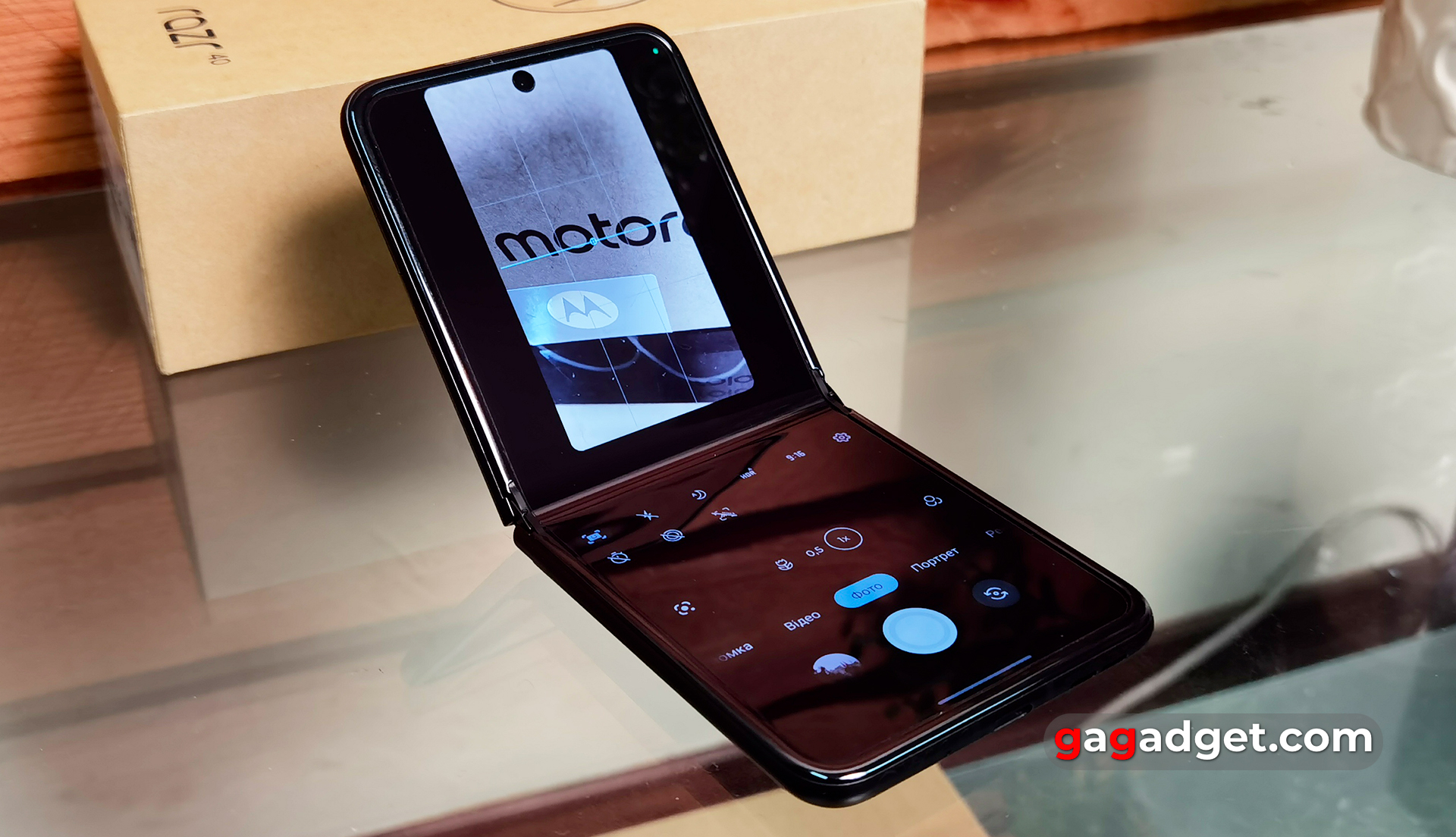
Additional use cases include the ability to put a smartphone in a half-folded state on a table, read something or watch a video without having to hold it in your hands. Although, given the size of the screen, this is not very convenient. Also, some applications in the half-bent state of the smartphone switch to the corresponding mode, in which the controls are located on the lower half. For example, YouTube.
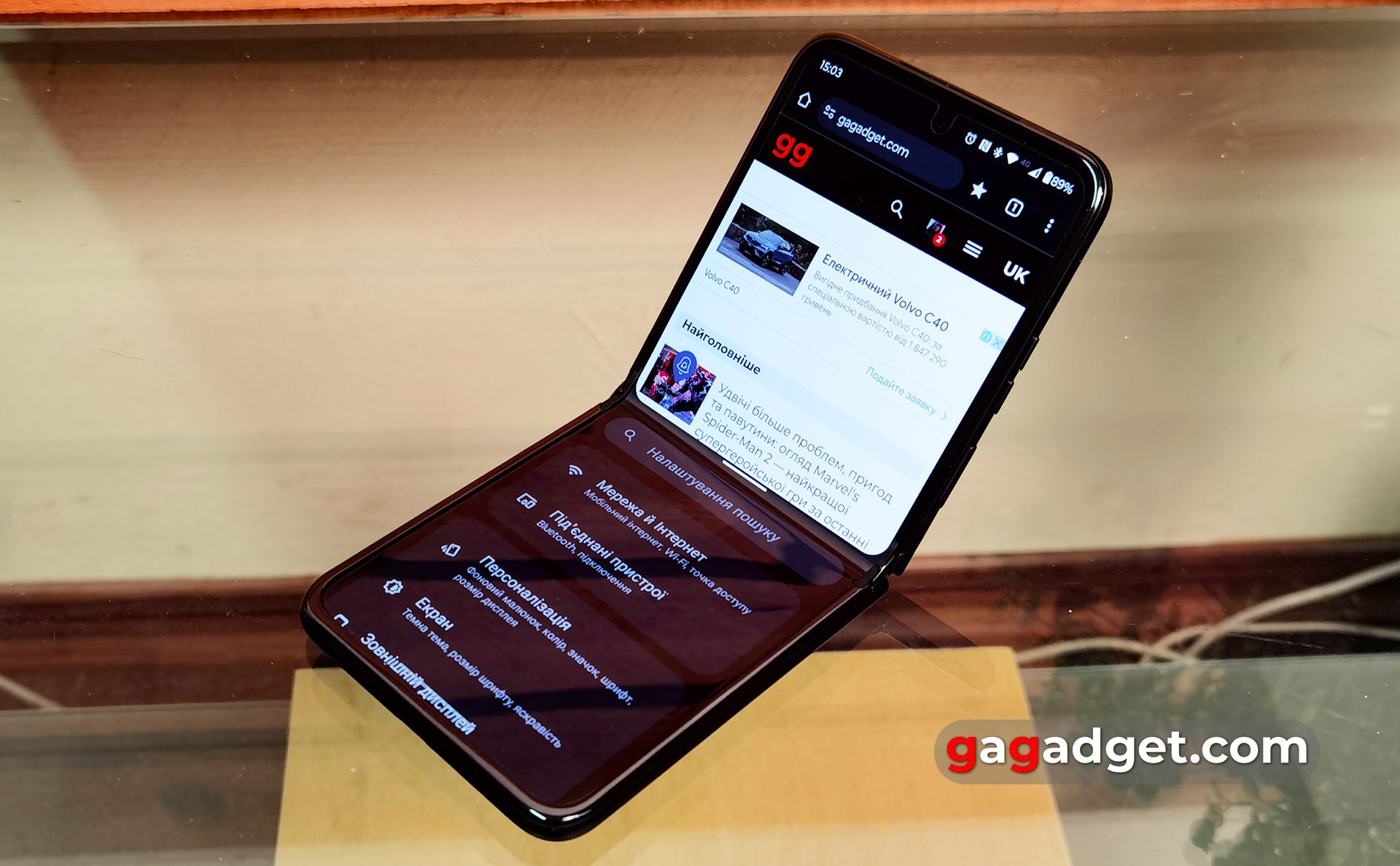
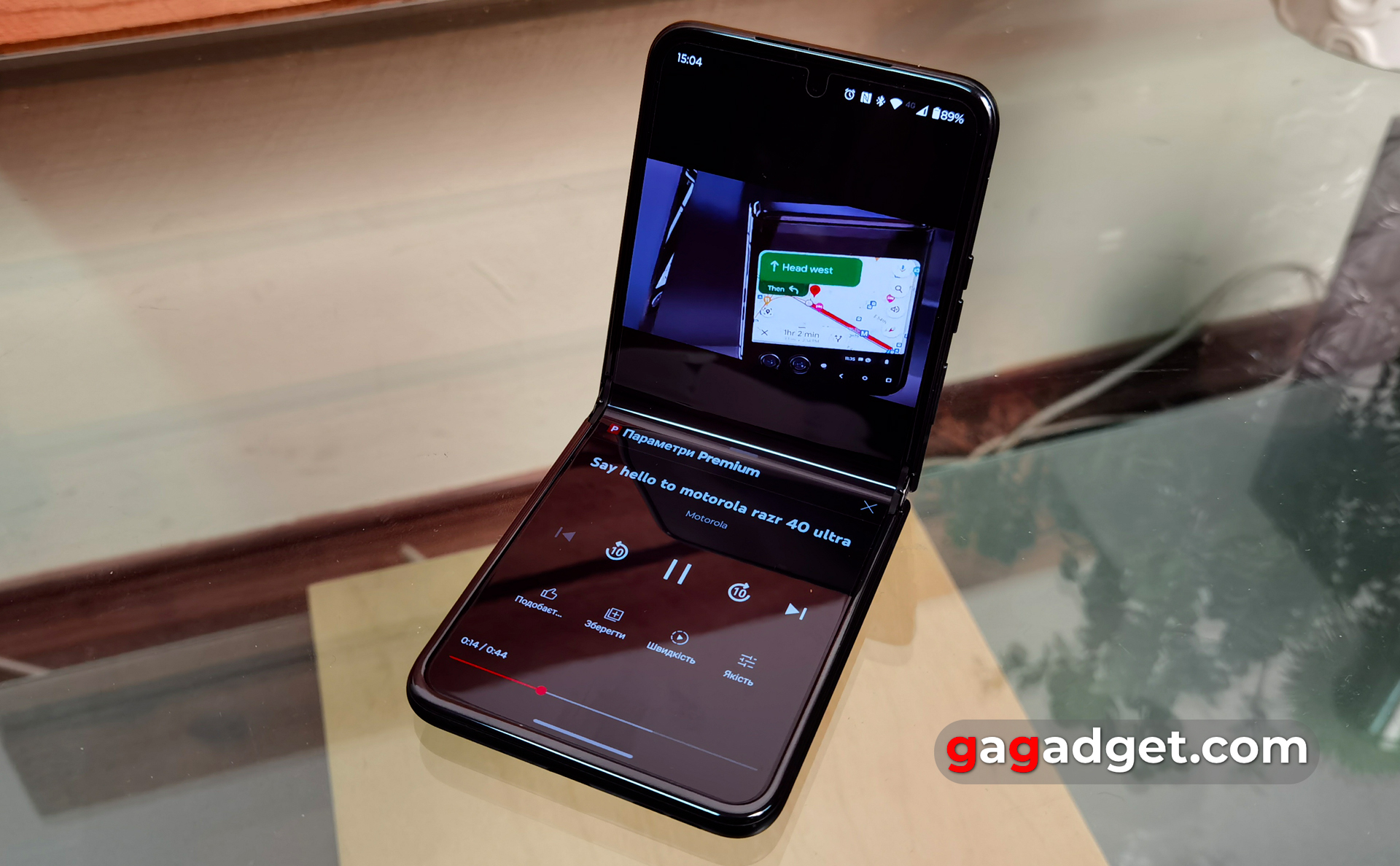
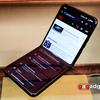
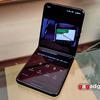
How good are the displays?
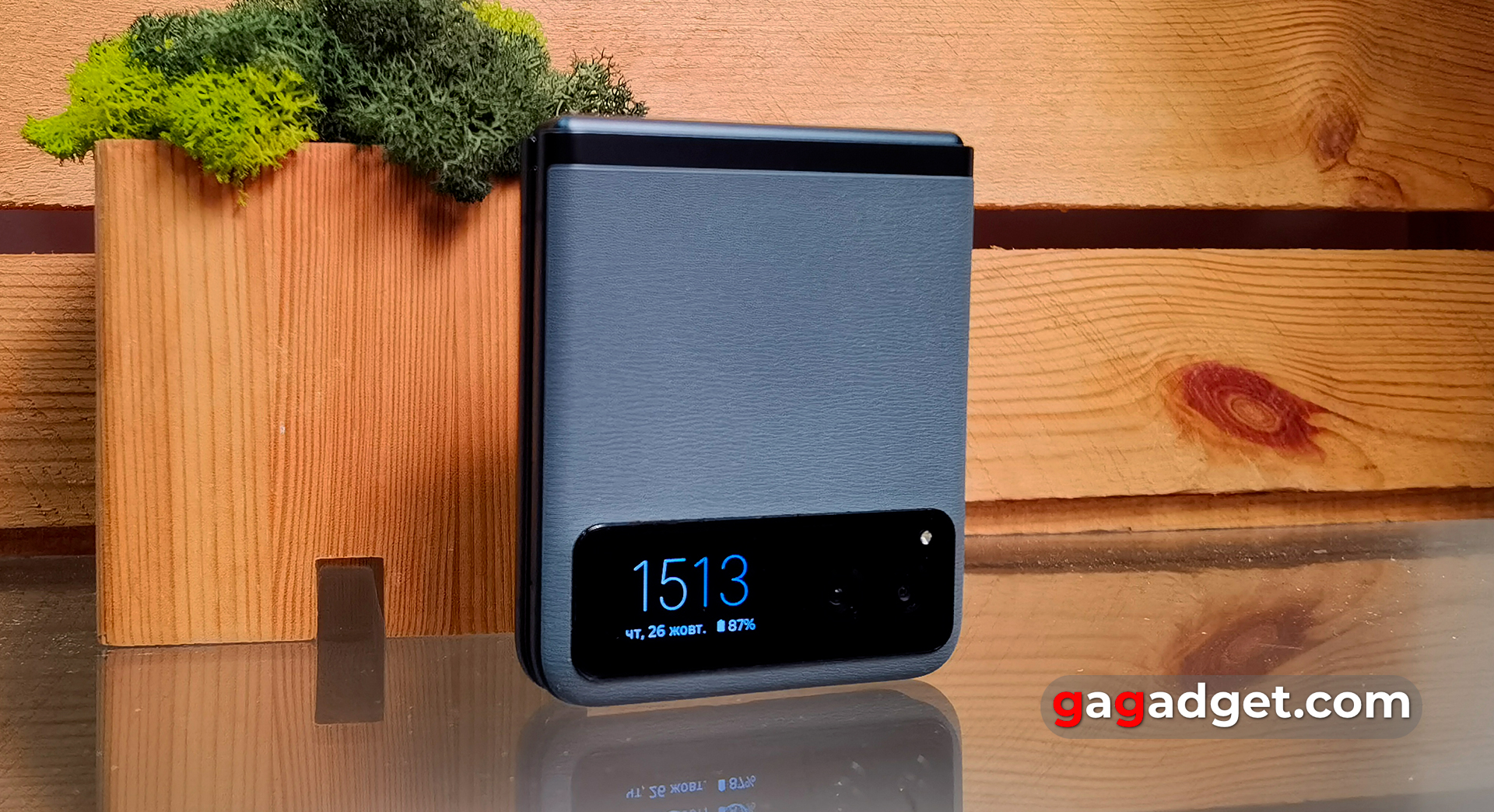
The external display of the Motorola Razr 40 has a diagonal of 2.5 inches. It uses an 8-bit AMOLED matrix with a refresh rate of 60 Hz and a declared peak brightness of 1000 cd/m². The screen is bright enough to work comfortably outdoors in bright sunlight.

The internal flexible LTPO AMOLED display has a diagonal of 6.9 inches and a resolution of 2640x1080 (pixel density 413 ppi). It is a 10-bit matrix that displays a billion shades and has 100% coverage of the DCI-P3 colour gamut. Refresh rate up to 144 Hz (60 and 144 Hz modes), sensor readout frequency 240 Hz in standard and 360 Hz in gaming mode. There is support for HDR10+, with a peak brightness of 1400 cd/m². The settings include the usual set: brightness, dark and light themes, interface and text scale, refresh rate selection, night mode, two colour display modes with colour temperature adjustment and blink prevention (DC Dimming).

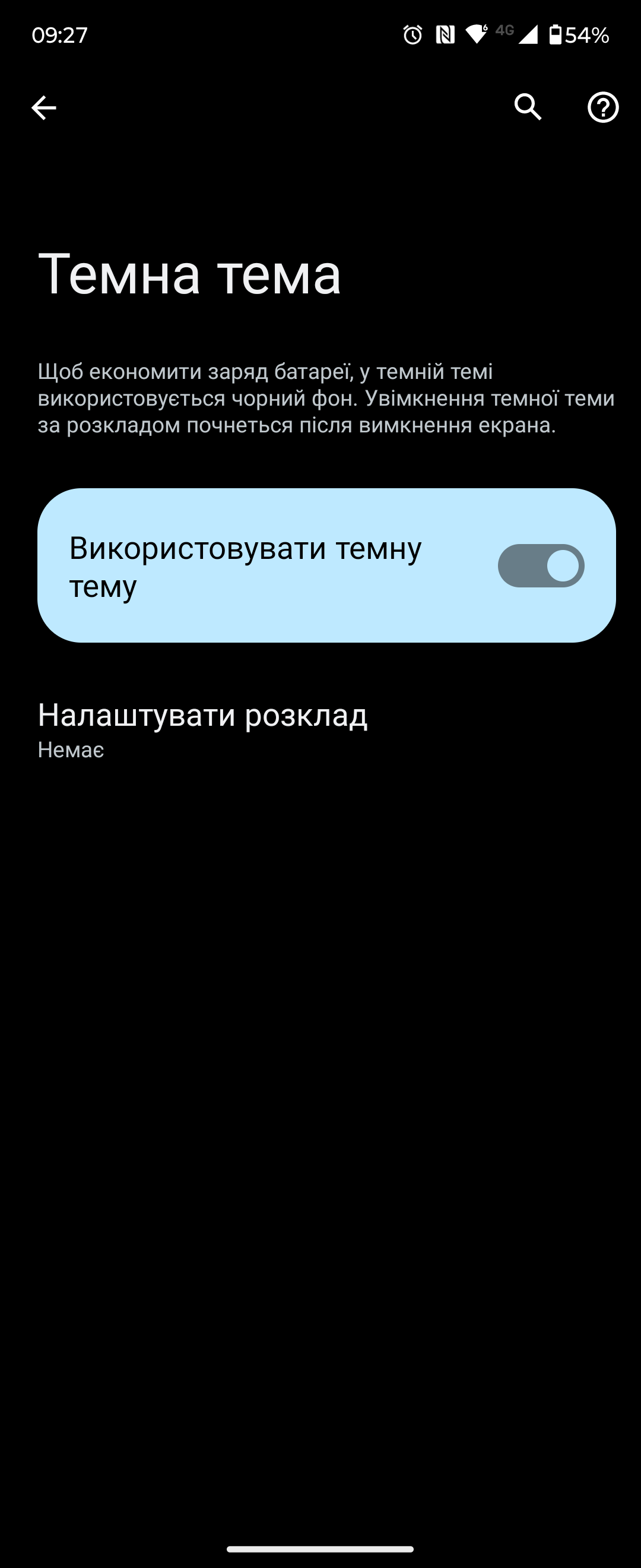
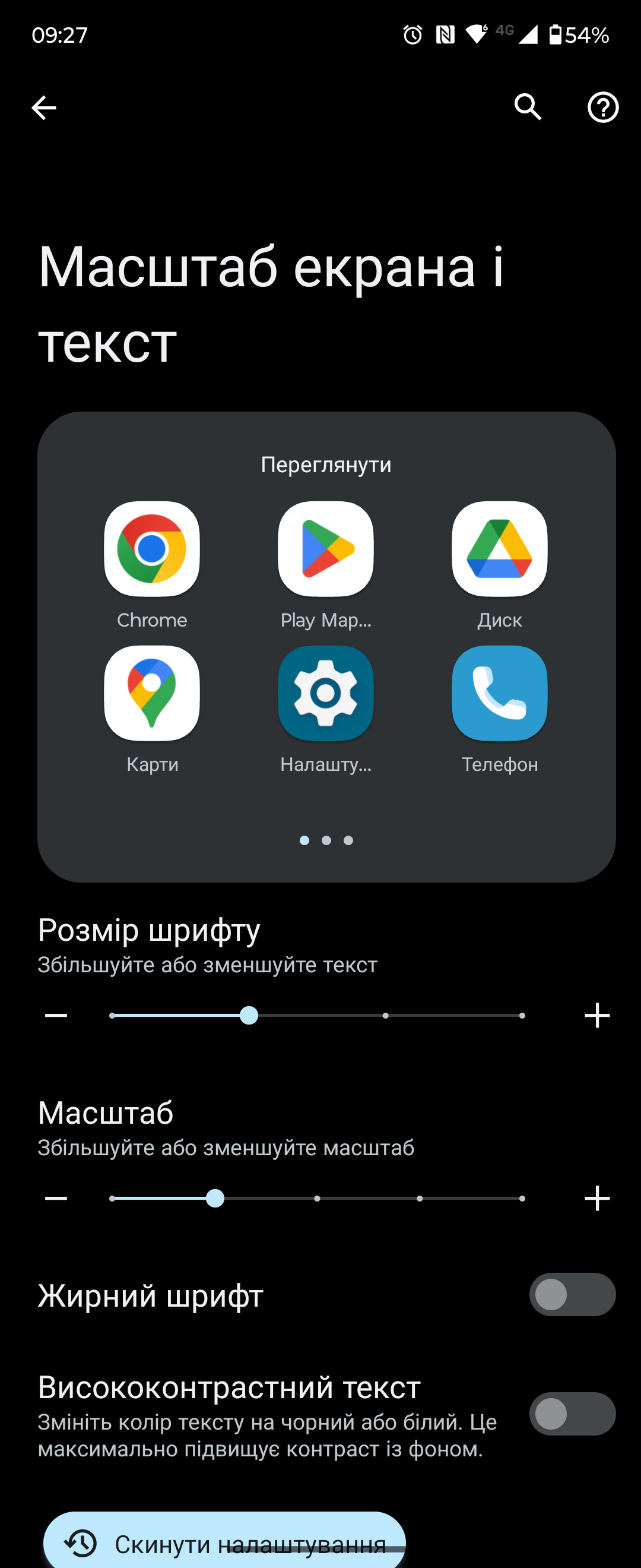

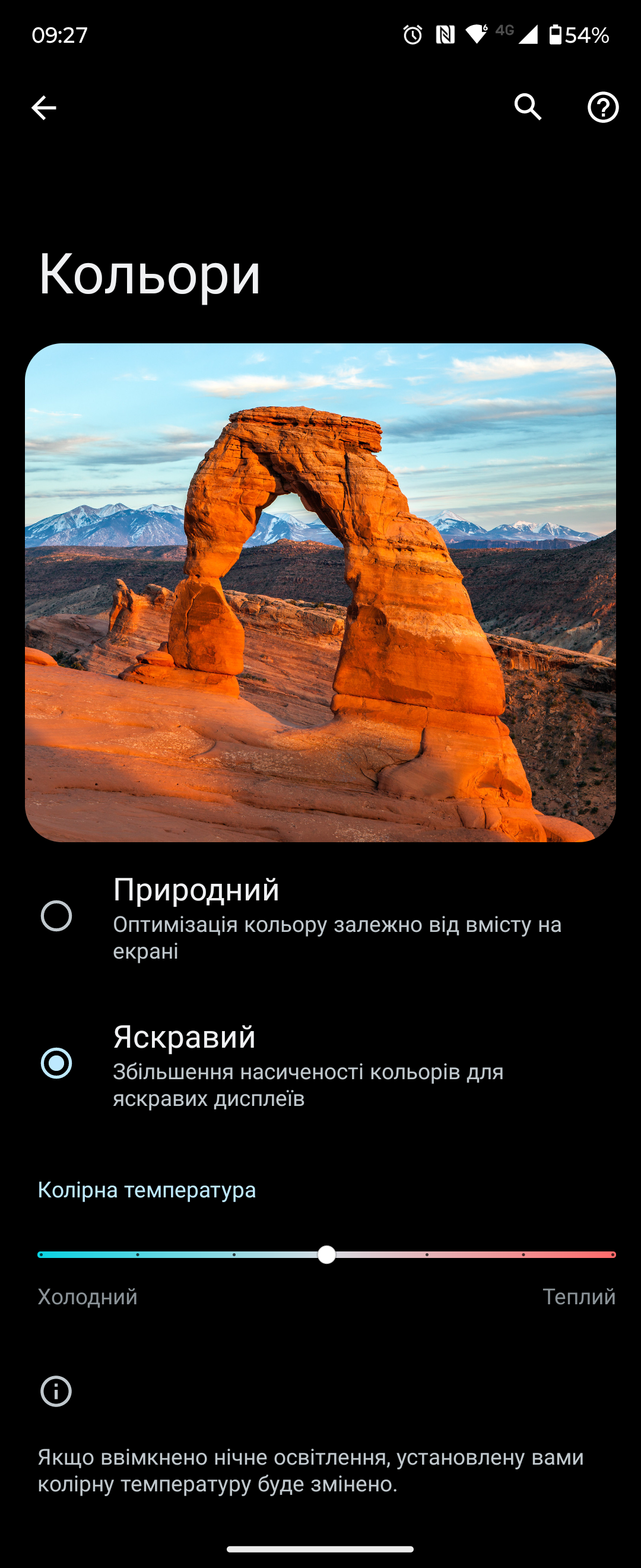

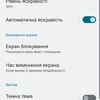

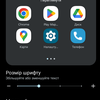
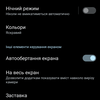

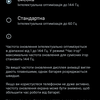
The screen is gorgeous and visually almost identical to what we saw in the Motorola Razr 40 Ultra. The colours are extremely rich, the brightness is high and the viewing angles are maximum. But there is a rather typical OLED feature: the white colour at a certain angle has a slightly greenish-blue tint, which is due to the peculiarities of the sub-pixel arrangement. There is a crease, but it is not very noticeable. And, interestingly, it's slightly smaller than in Samsung Galaxy Flip5. In Bright, the maximum brightness is 500.597 cd/m2, which is even slightly higher than in Ultra. However, the difference is so insignificant that it may be just a hardware error. The colour gamut is much wider than sRGB. But the picture tends to be a bit cold:
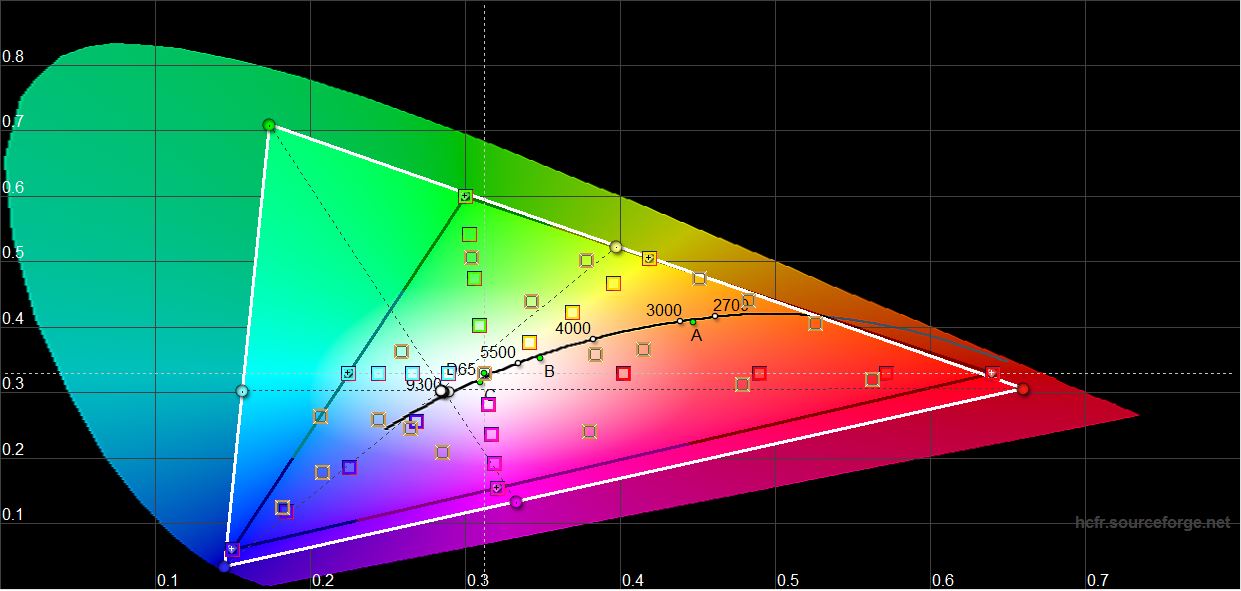
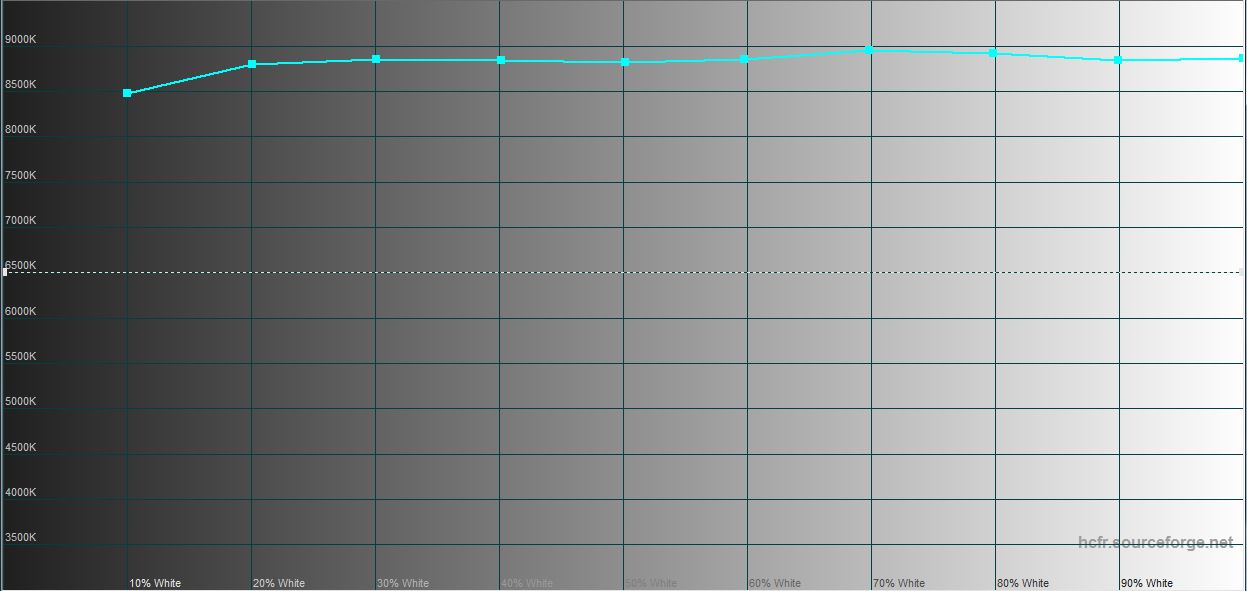
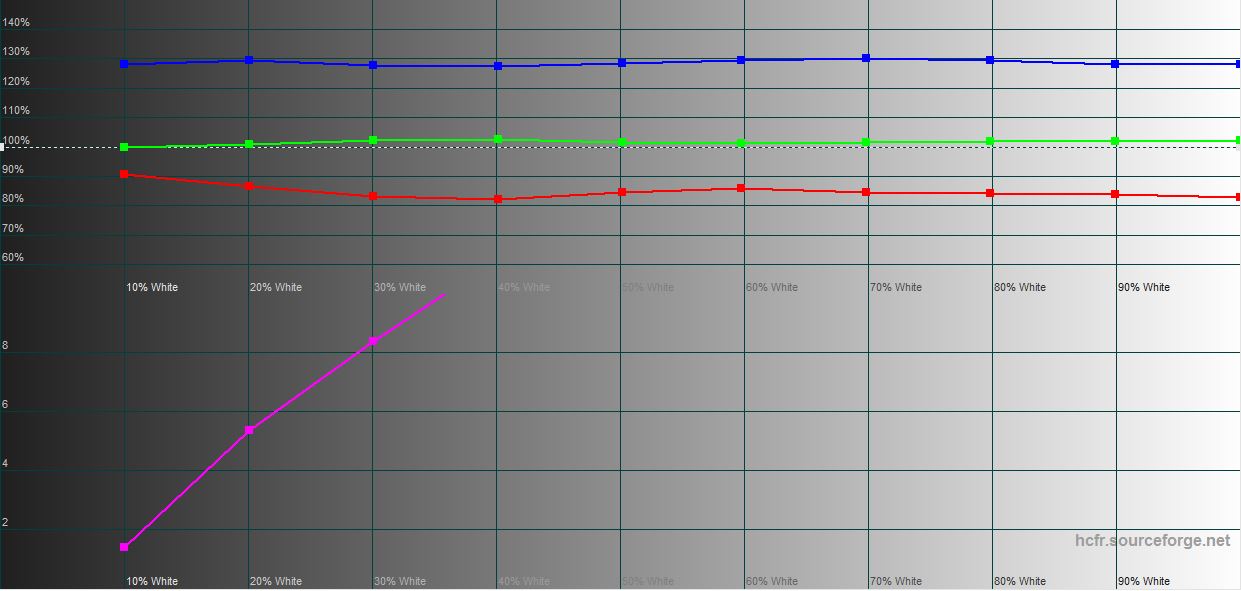

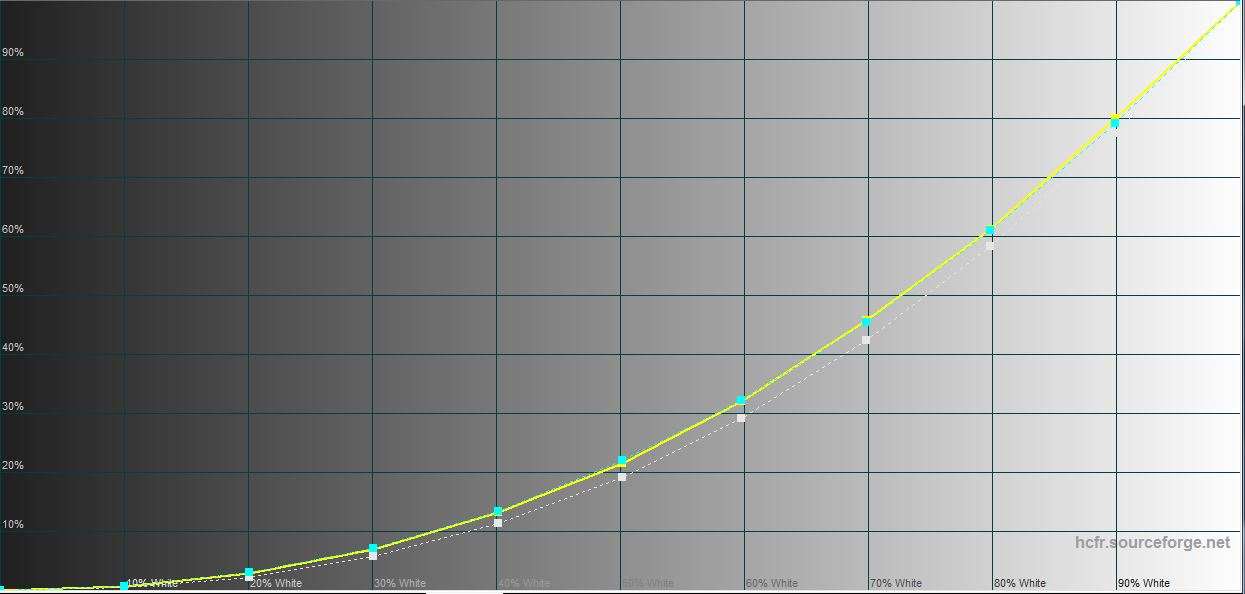





In the "Natural" mode, the colour gamut is close to sRGB, and the colour display is a bit more accurate. Brightness: 474.554 cd/m2.
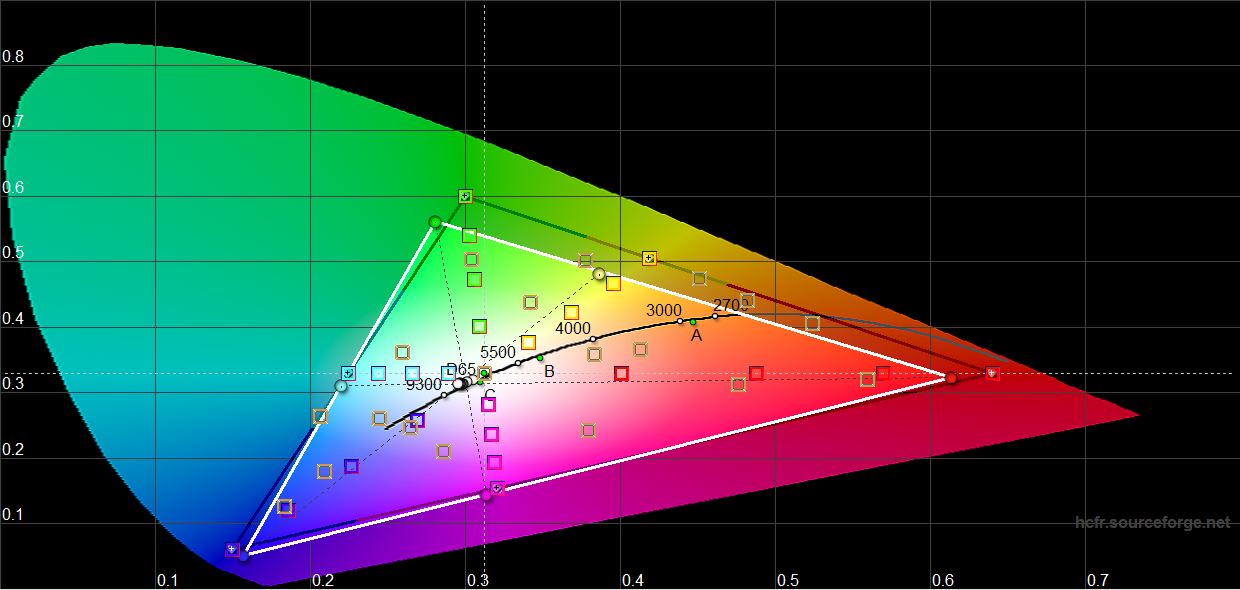




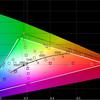


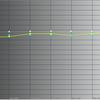

Comparison with other models:
| Smartphone name | White field brightness, cd/m2 |
Black field brightness, cd/m2 |
Contrast |
|---|---|---|---|
| Motorola Razr 40 | 500.597 | 0 | ∞ |
| Motorola Razr 40 Ultra | 490.48 | 0 | ∞ |
| Samsung Galaxy Flip4 | 681.478 | 0 | ∞ |
| Samsung Galaxy Fold4 | 479.32 | 0 | ∞ |
| Xiaomi 11T Pro | 493.872 | 0 | ∞ |
| ASUS ROG Phone 5 | 482.347 | 0 | ∞ |
| Samsung Galaxy S21+ | 437.906 | 0 | ∞ |
| Sony Xperia 1 | 394.97 | 0 | ∞ |
| Huawei P30 Pro | 447.247 | 0 | ∞ |
| Samsung Galaxy S10 | 378.72 | 0 | ∞ |
What are the unlocking methods?

Owner identification features are absolutely standard and are the same as the Ultra. A very fast and accurate fingerprint scanner on the side and face recognition that doesn't work so well, especially in low light.


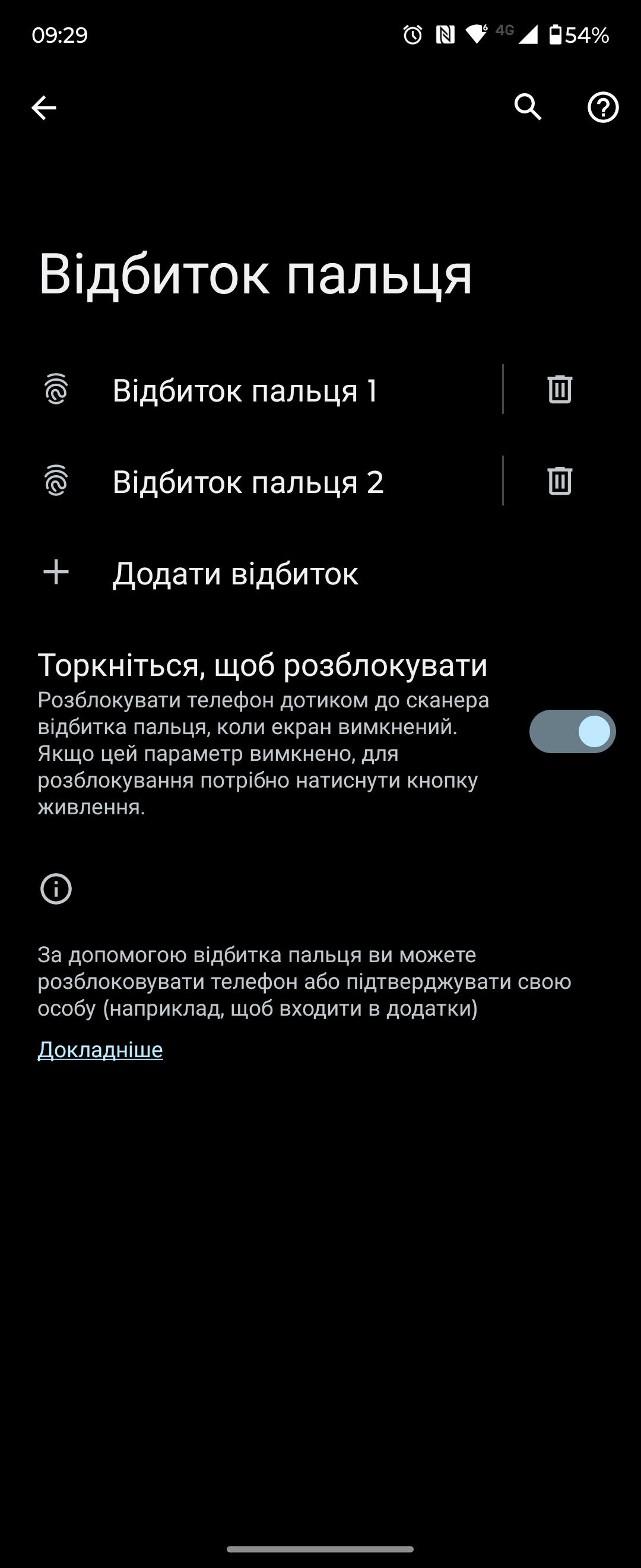



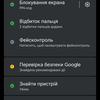
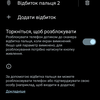
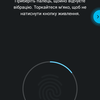

What about performance, memory, sound and battery life?
Motorola Razr 40 is powered by Qualcomm Snapdragon 7 Gen 1 processor, which is rather weak by today's standards. It is manufactured on a 4nm process technology, includes one ARM Cortex-A710 core with a frequency of 2.4 GHz, three more Cortex-A710s with 2.36 GHz, four Cortex-A510s with 1.8 GHz and an Adreno 644 graphics accelerator. The RAM is 8 GB LPDDR4X, the storage is 256 GB of rather slow UFS 2.2. In general, the smartphone demonstrates rather modest performance in synthetic tests. But there are no problems when using it: the shell works extremely fast, applications do not lag and load quickly. The smartphone can handle games, but it's not a smartphone for hardcore gamers who need the highest graphics and frame rate settings. Although I'm not sure that mobile gaming enthusiasts and potential Motorola Razr 40 owners are the same audience.
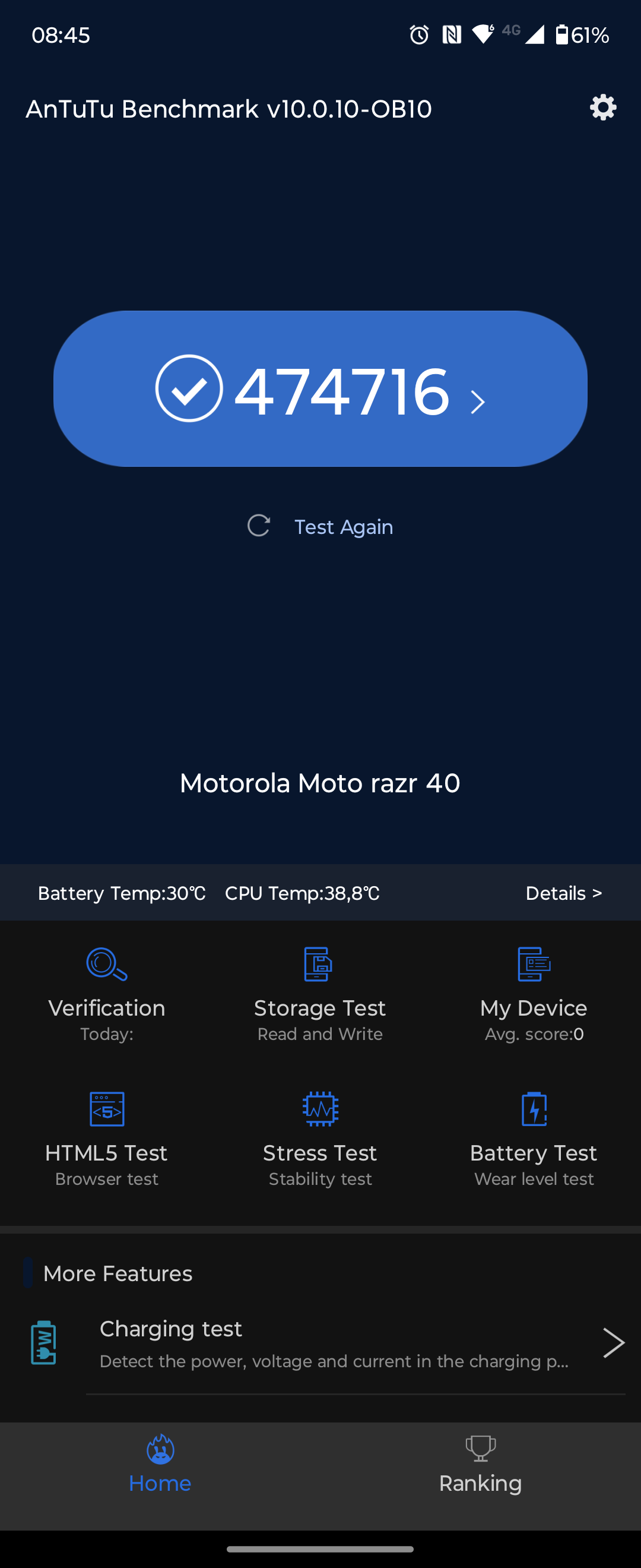

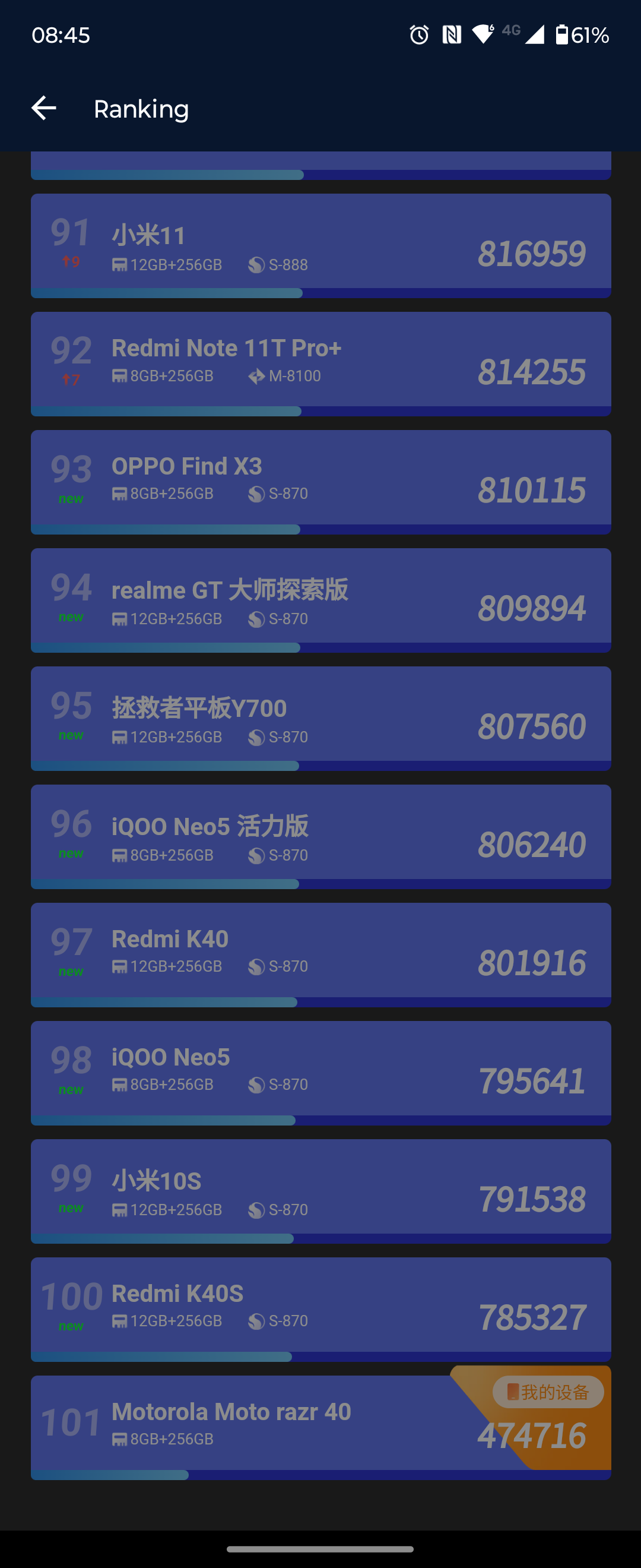
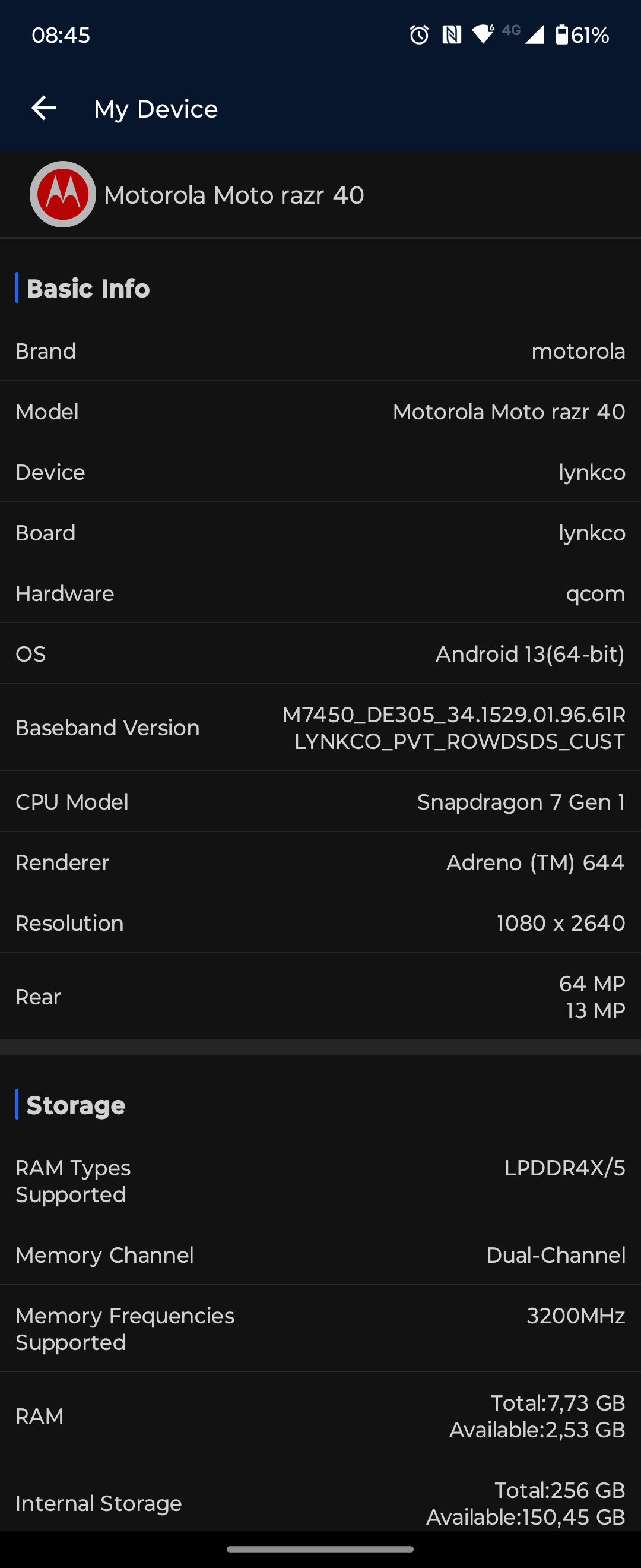

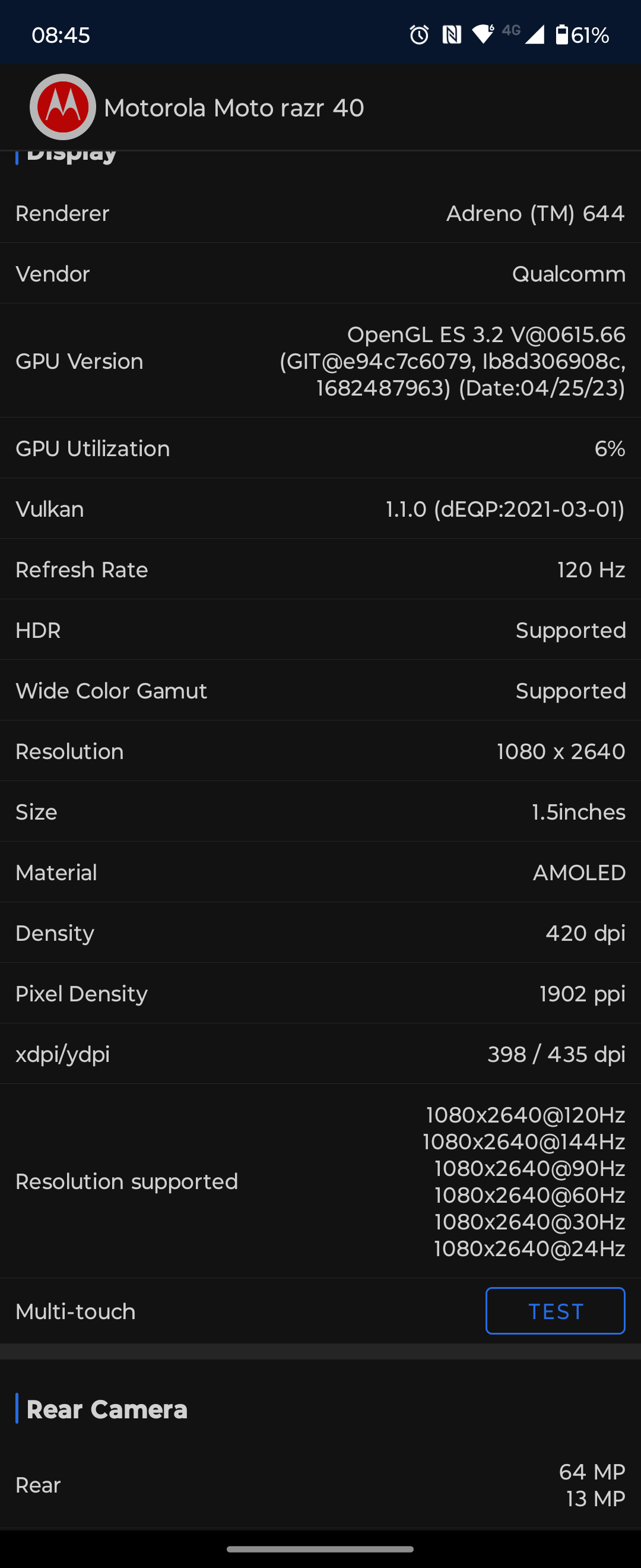


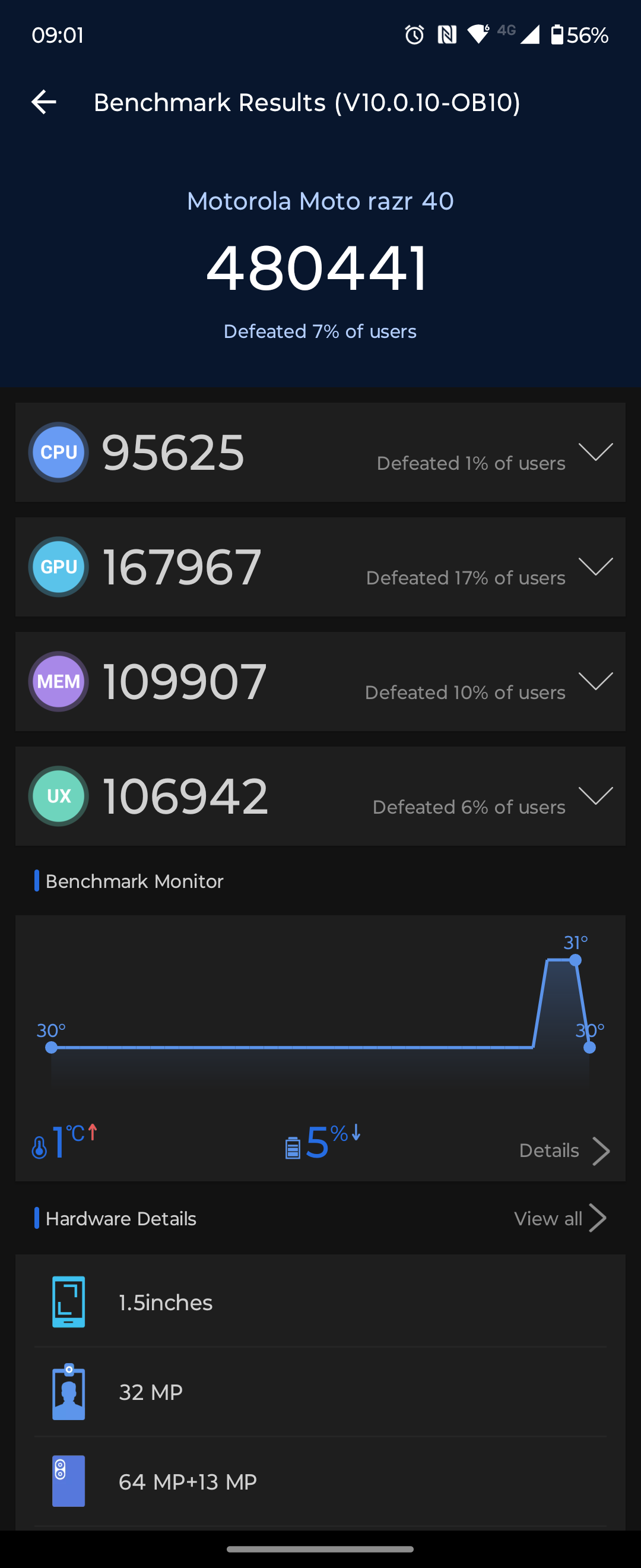

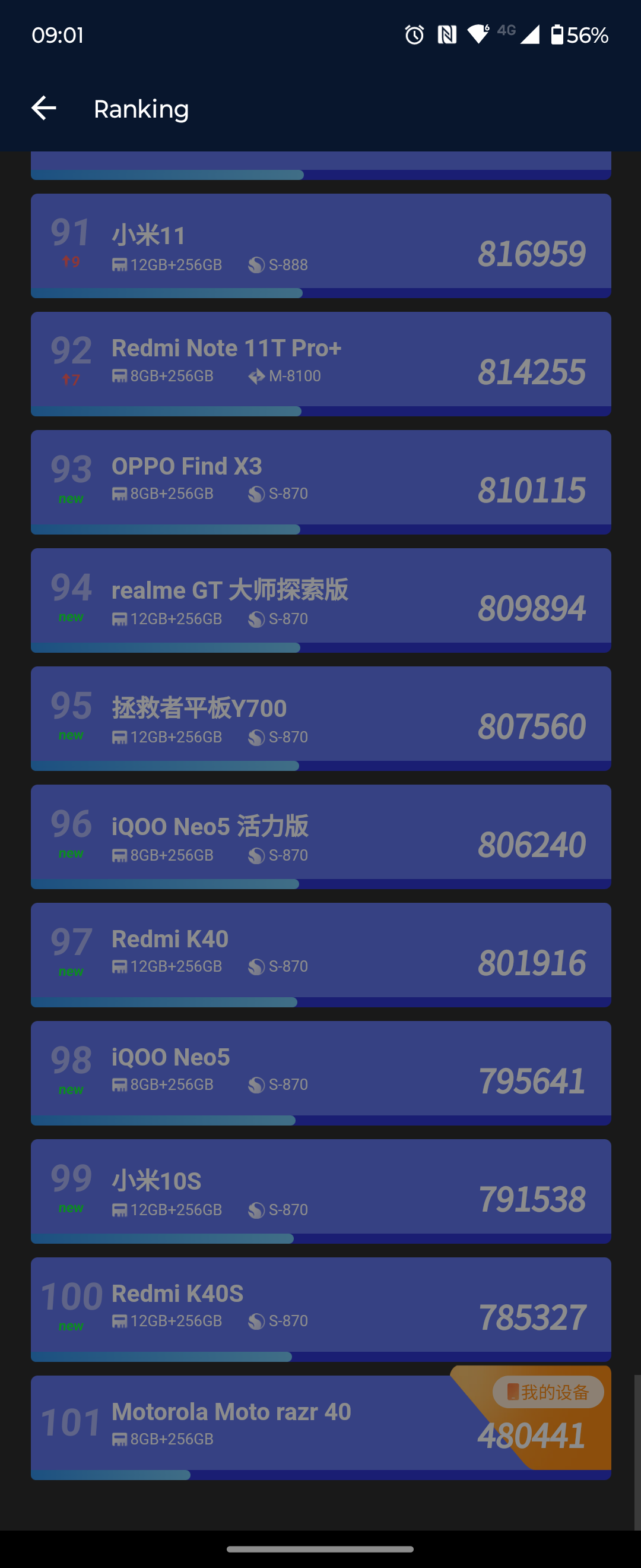
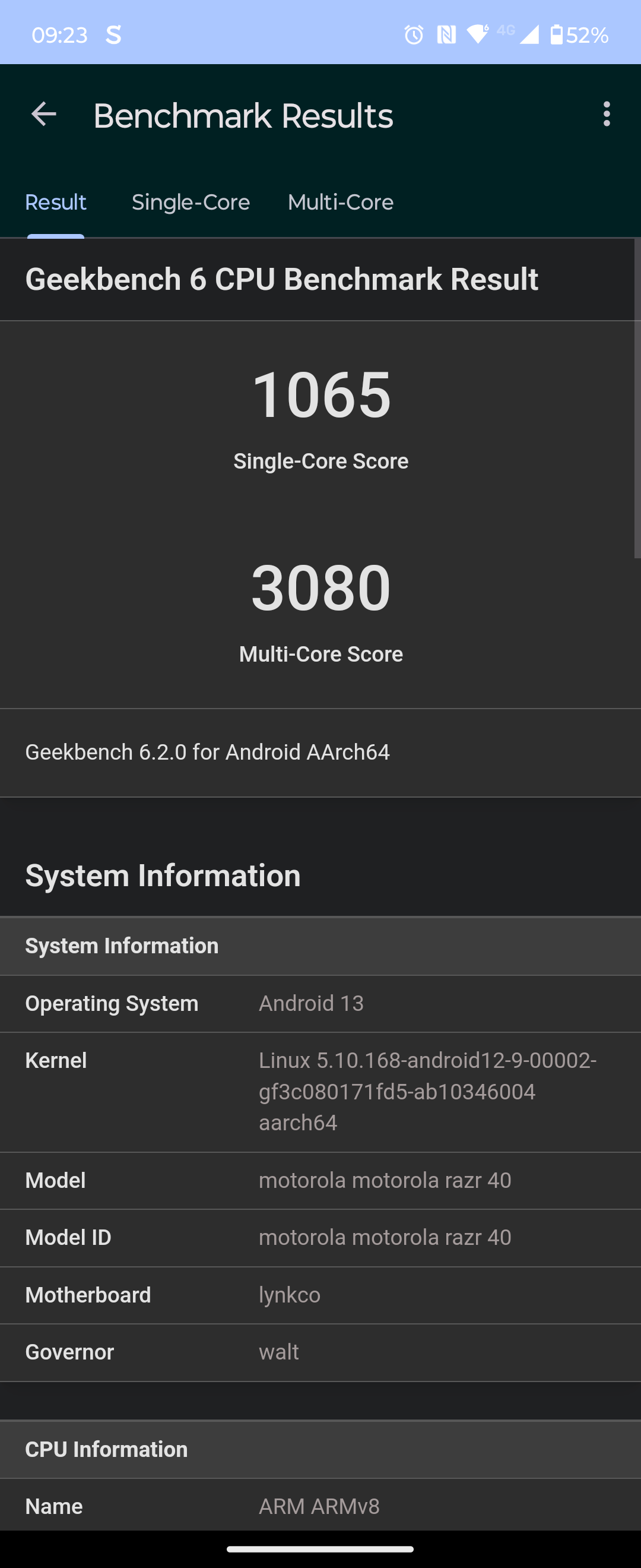

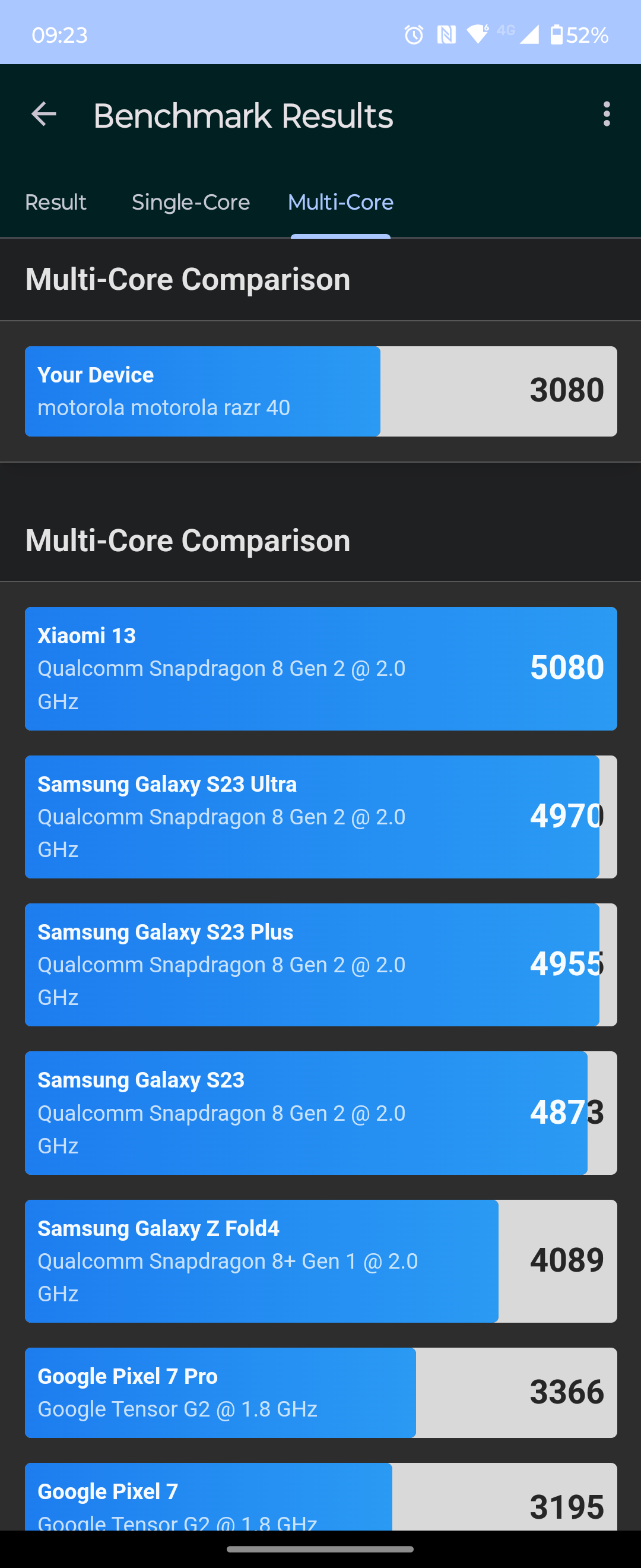

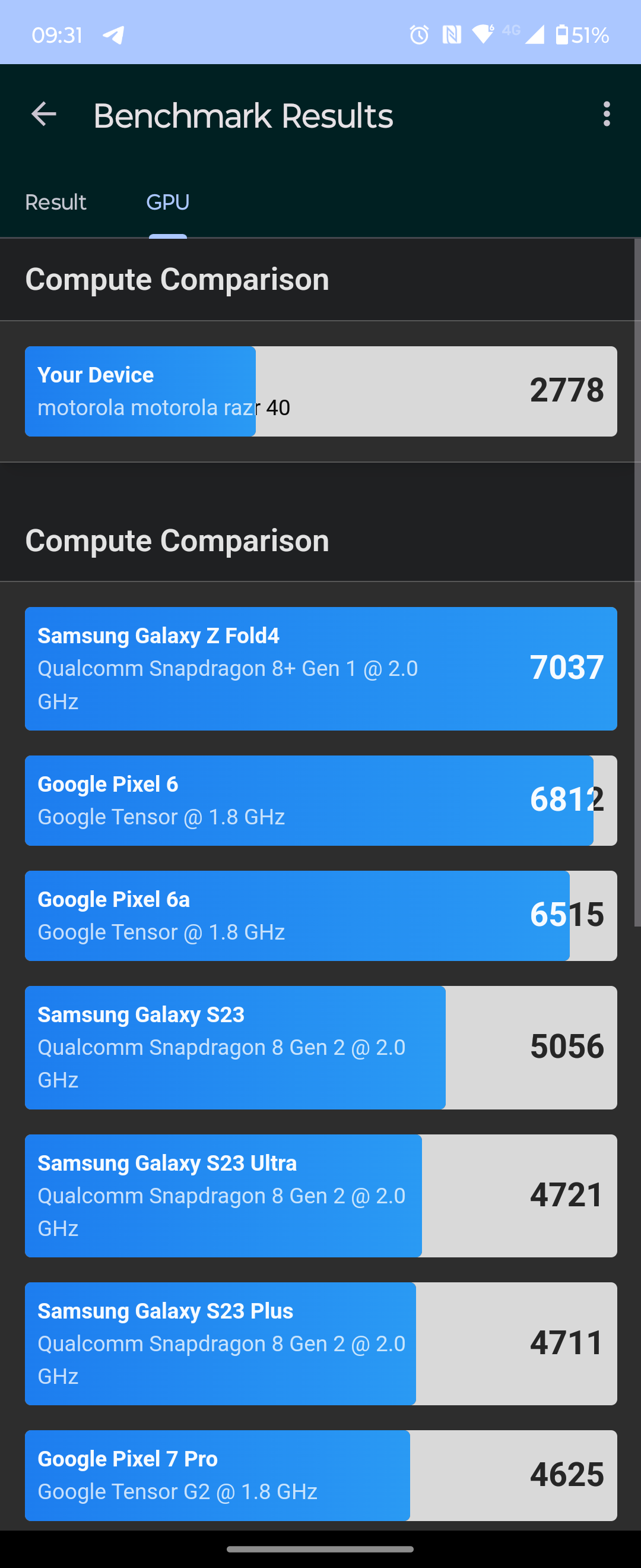
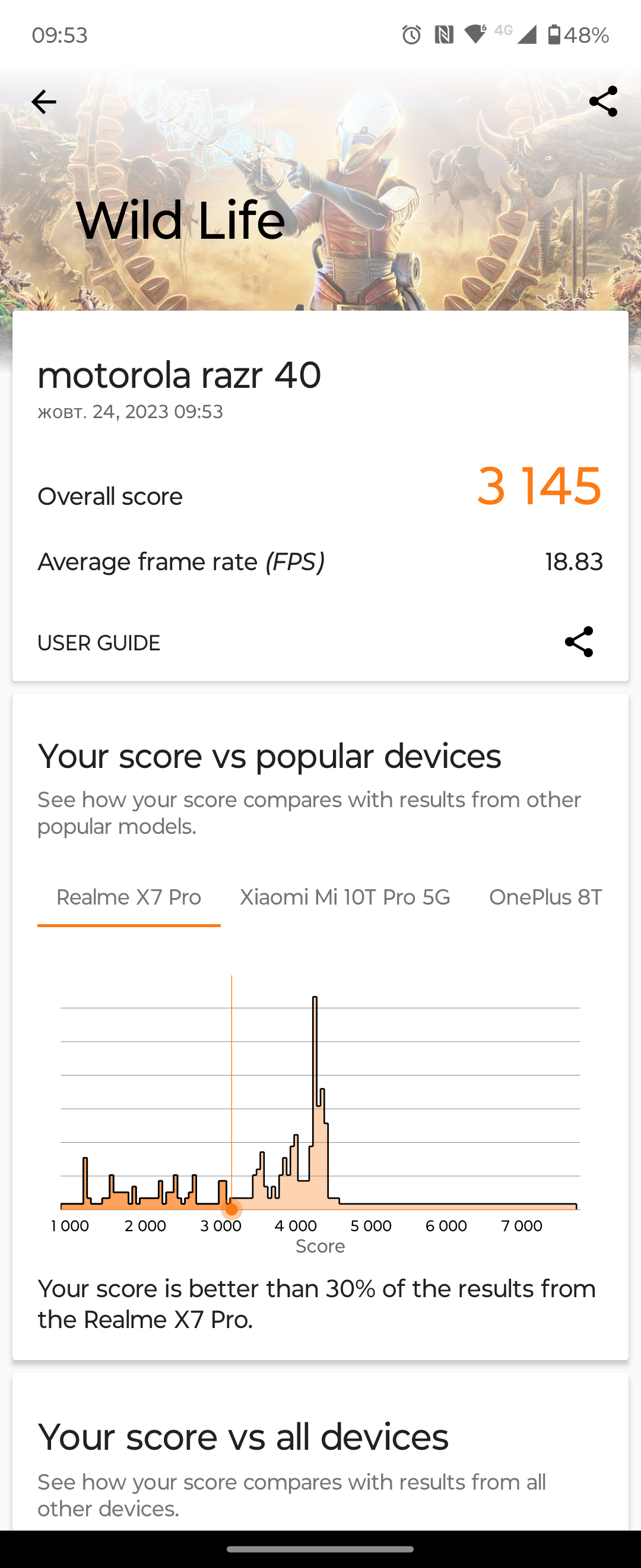
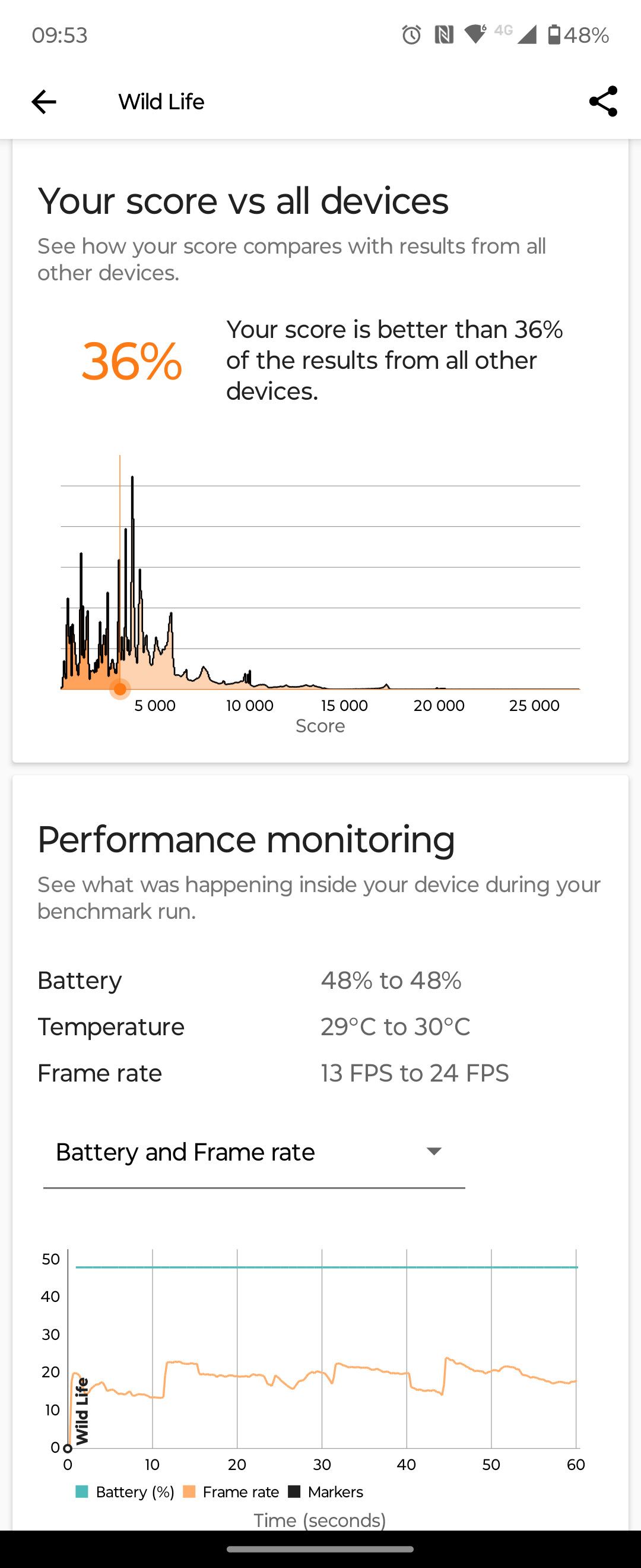



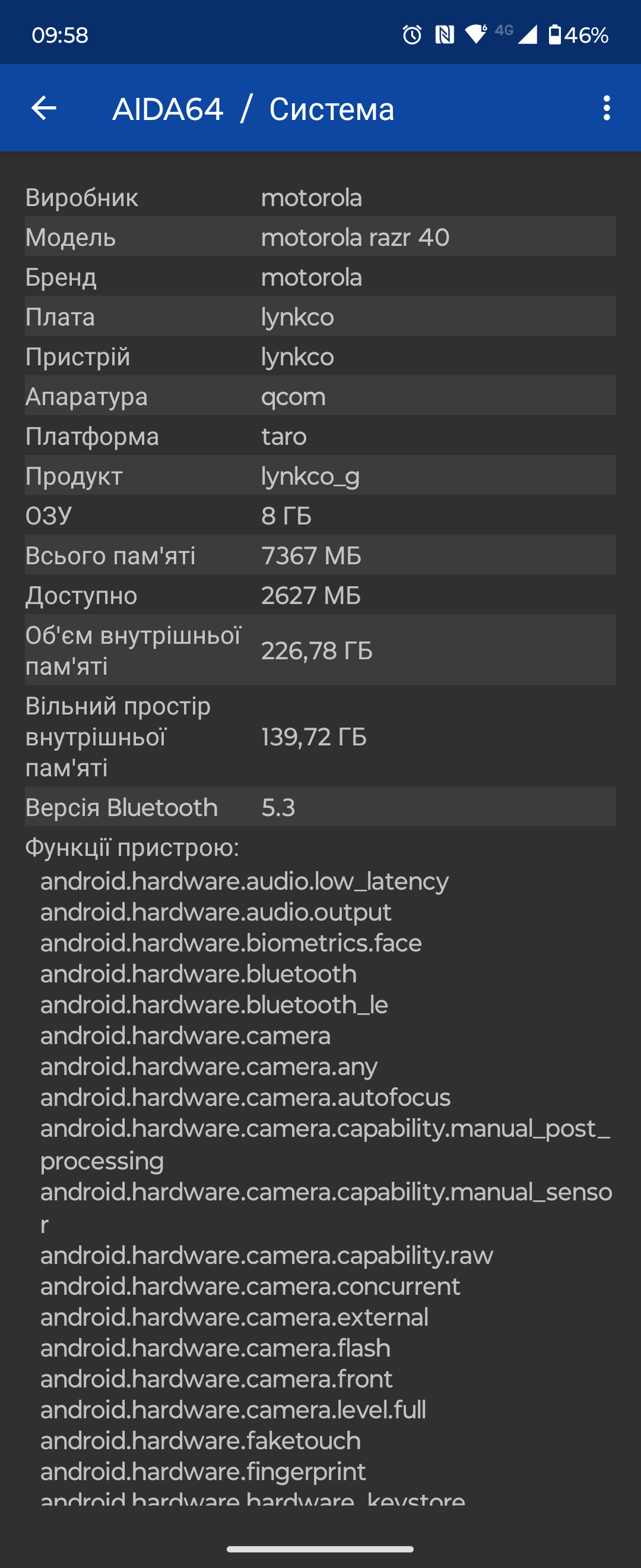
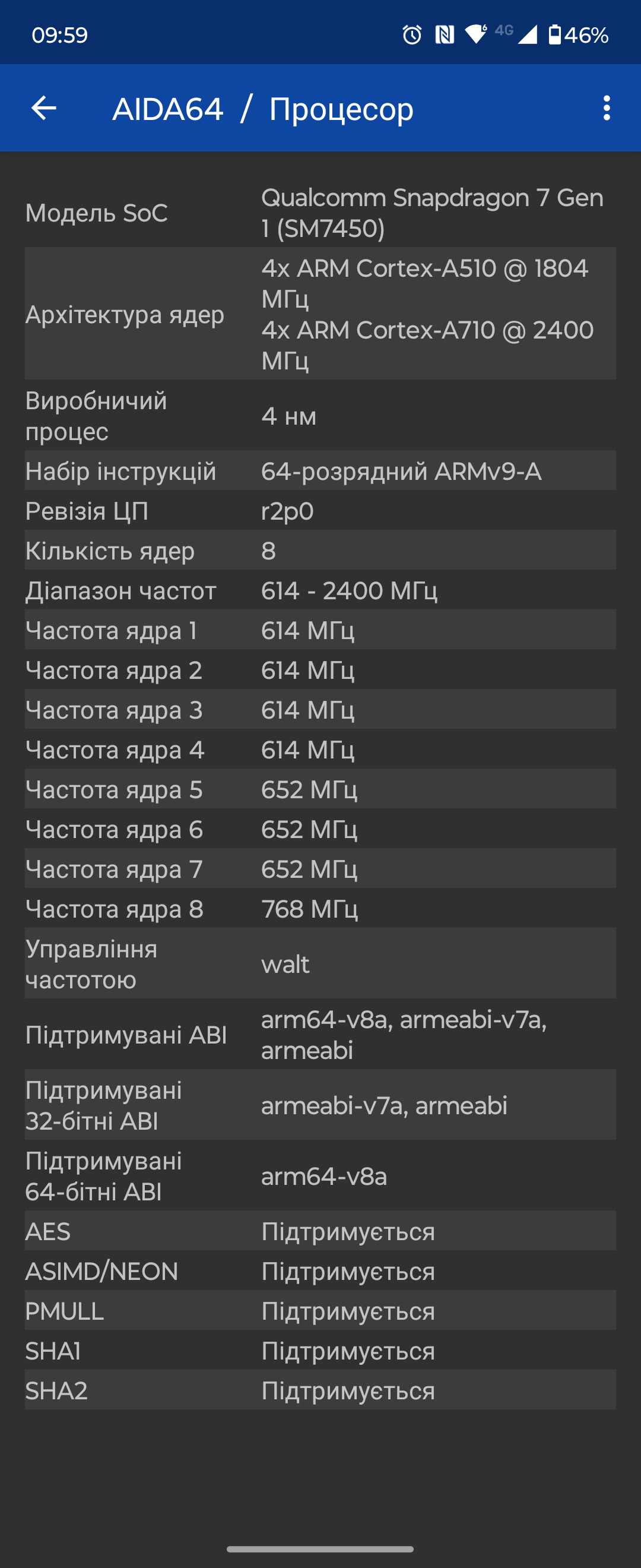


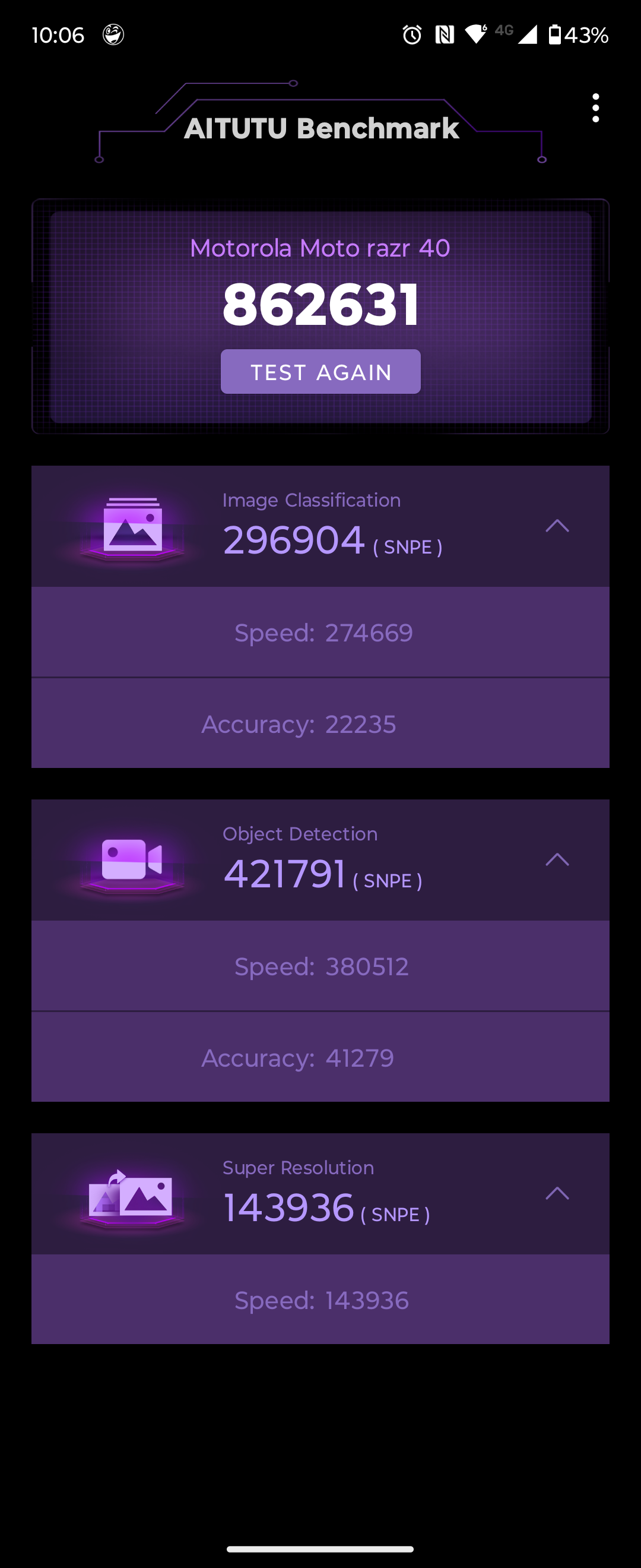

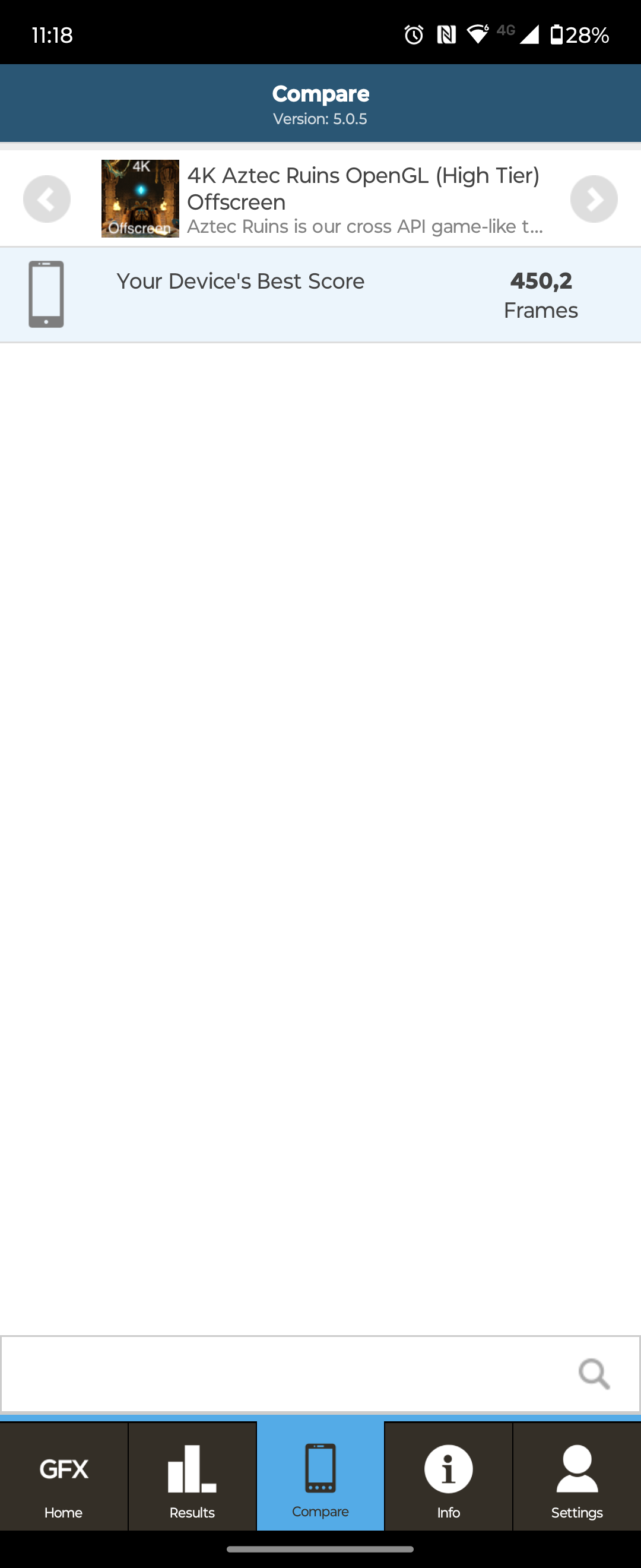
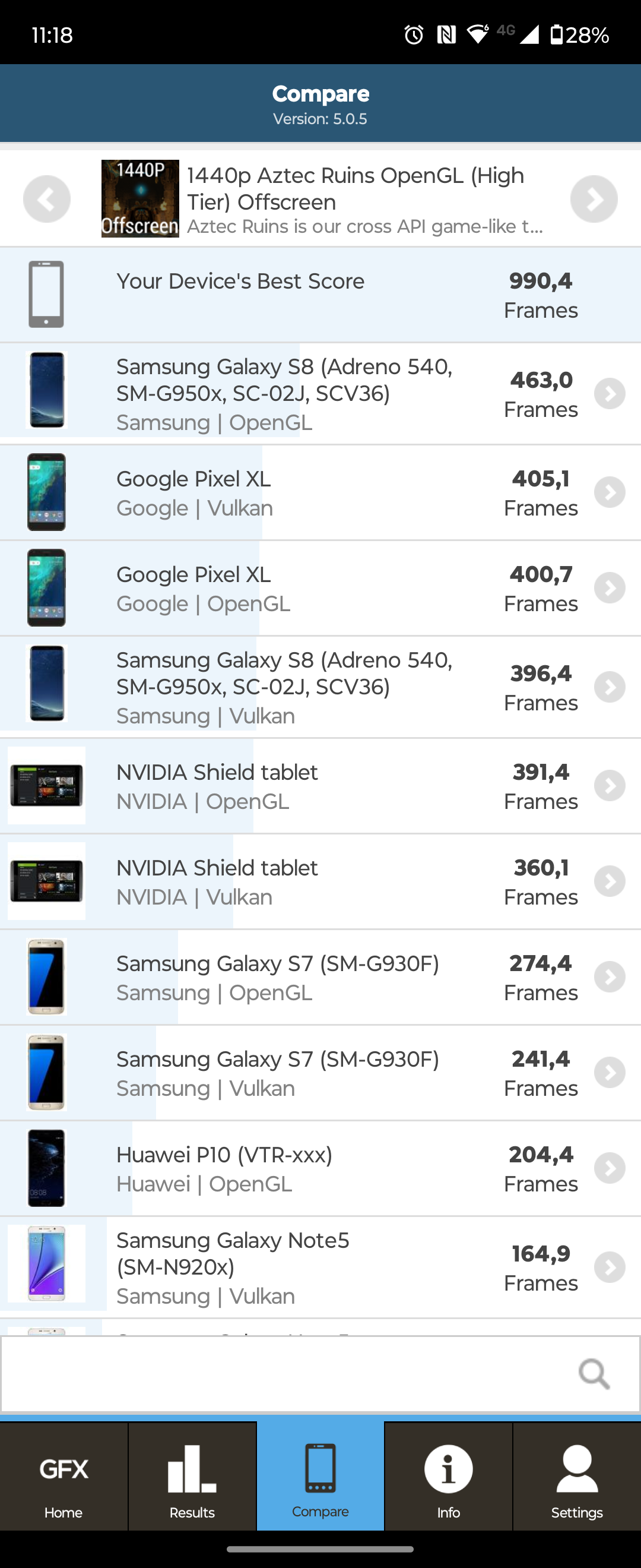


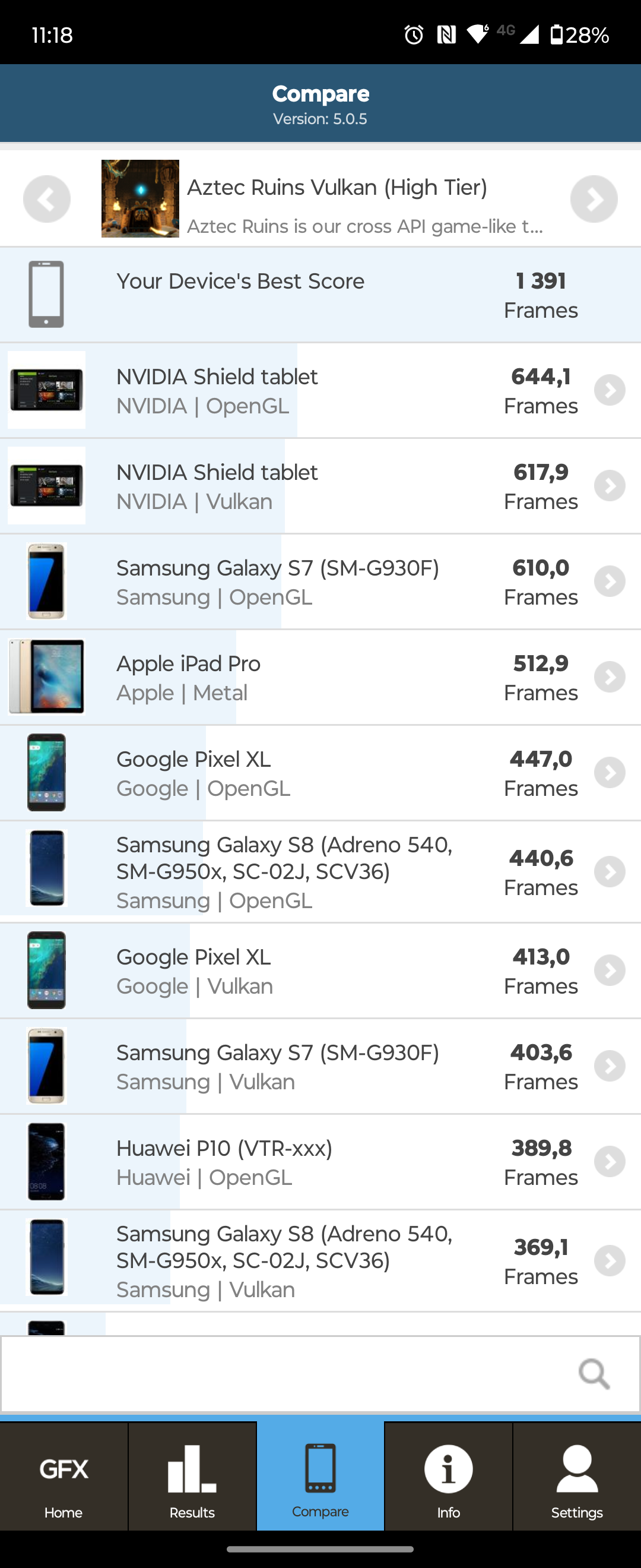


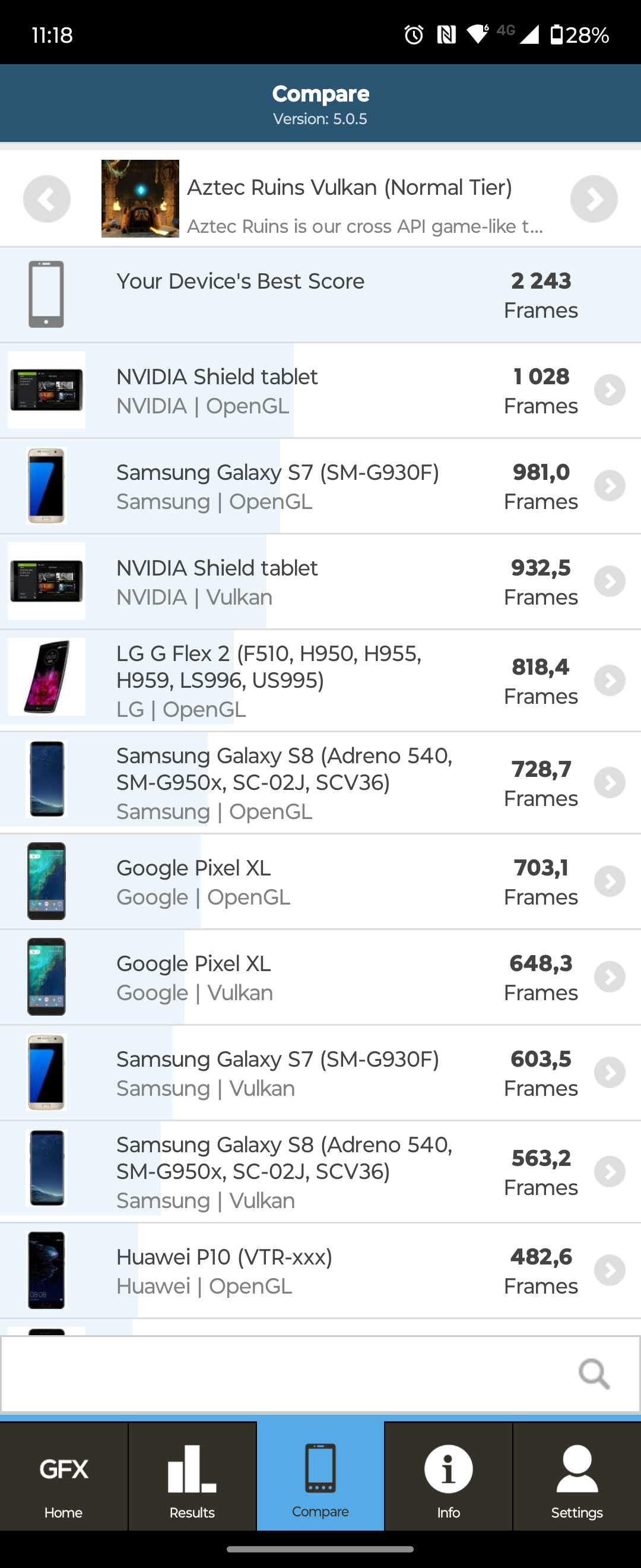
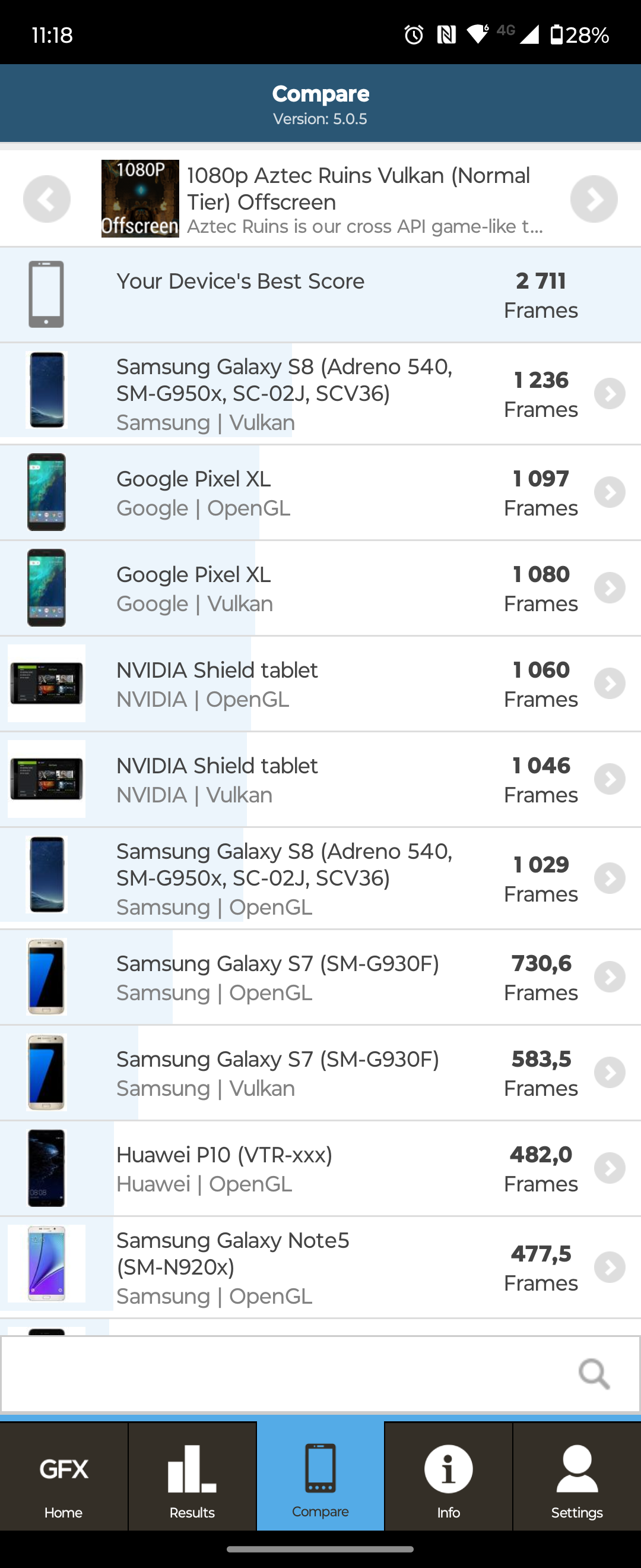

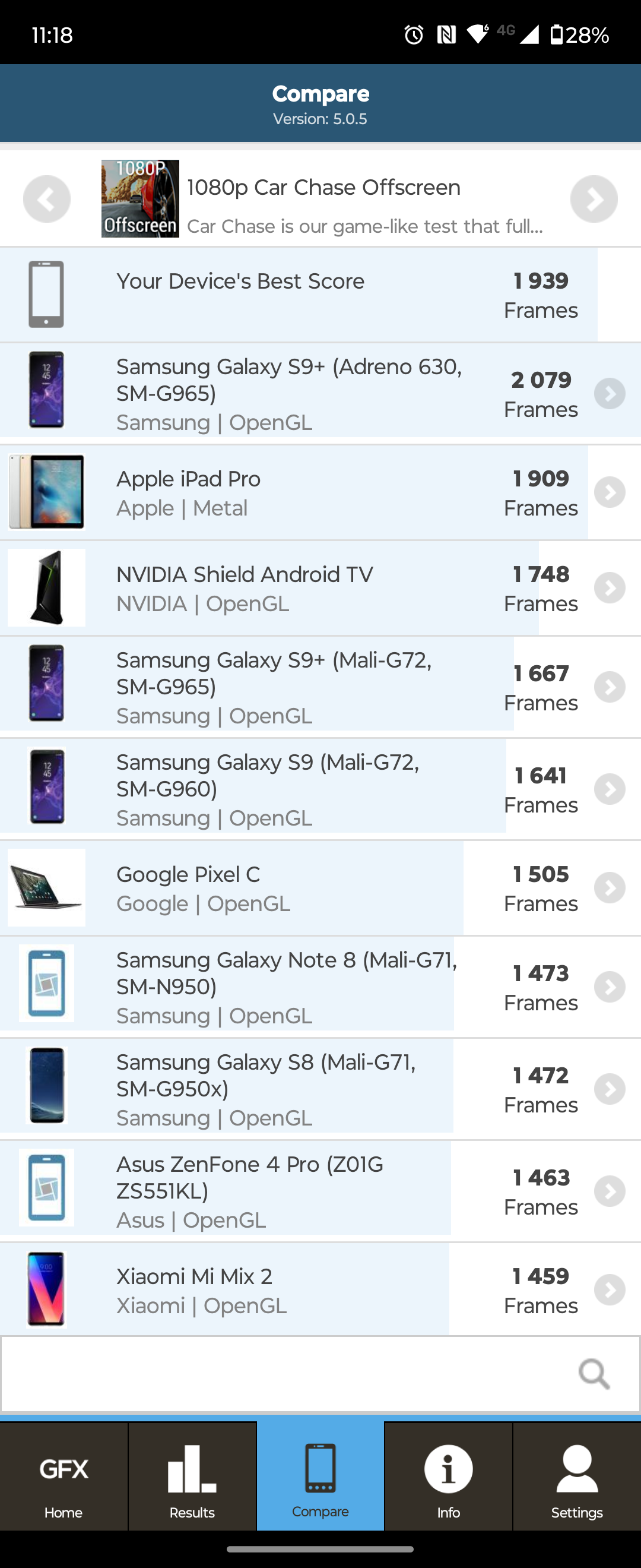

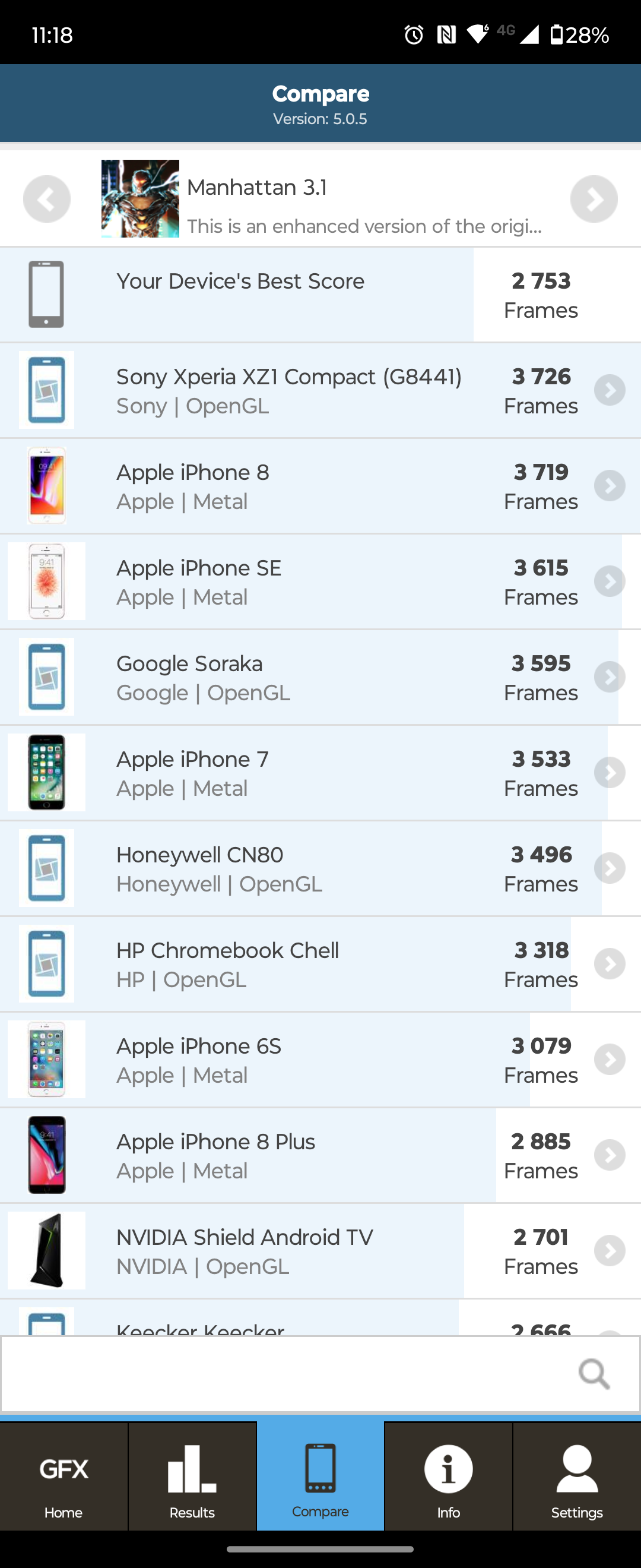



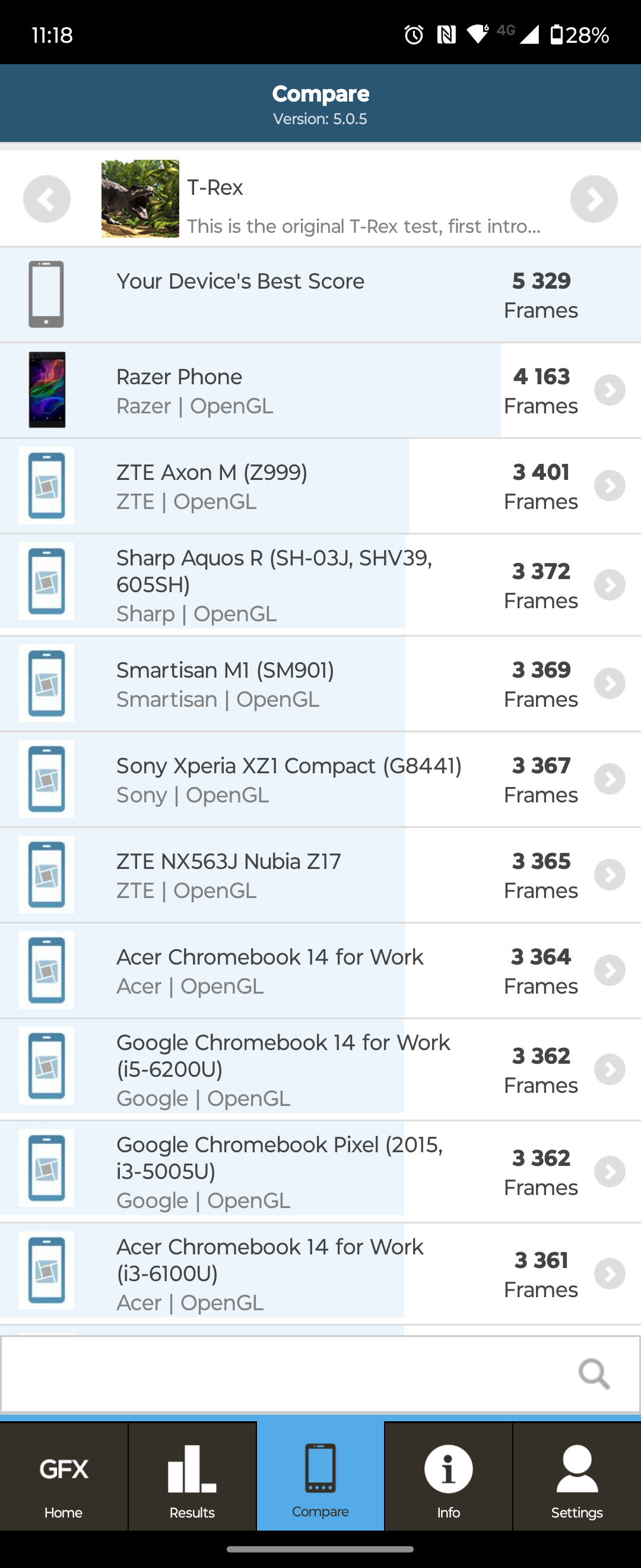

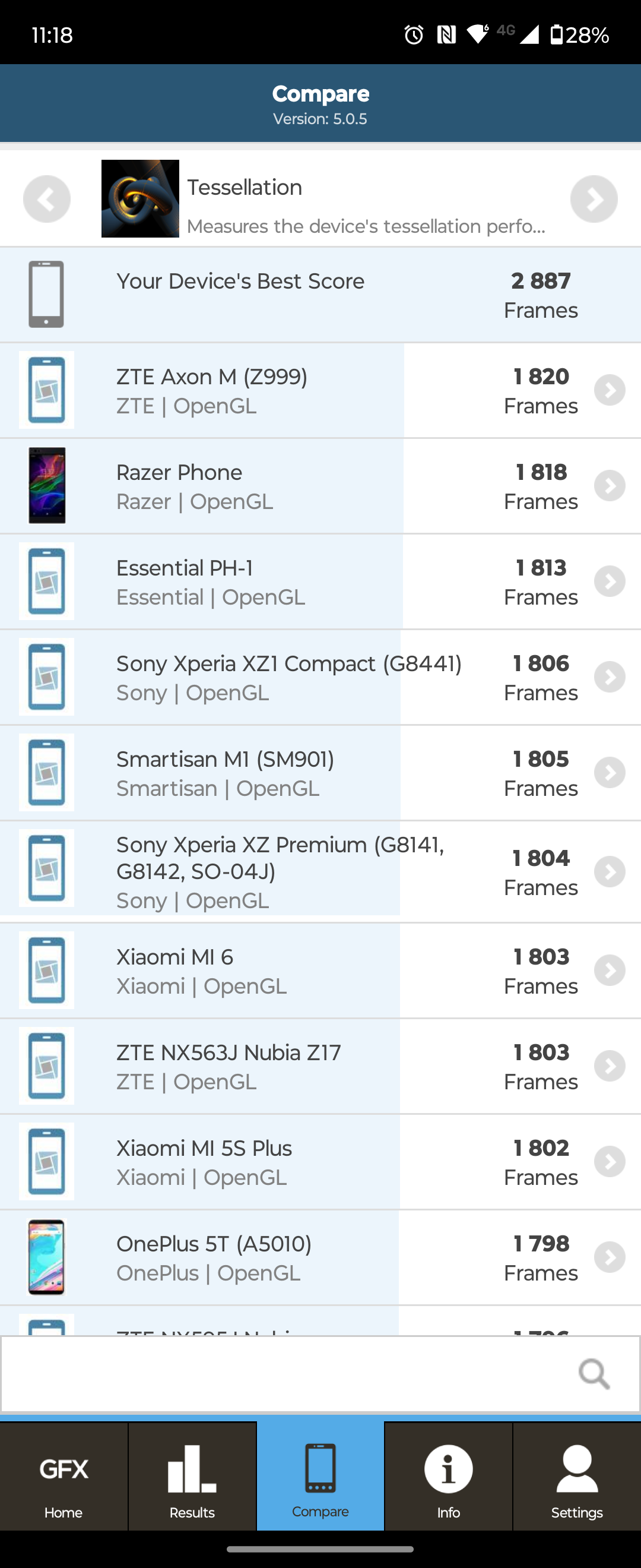
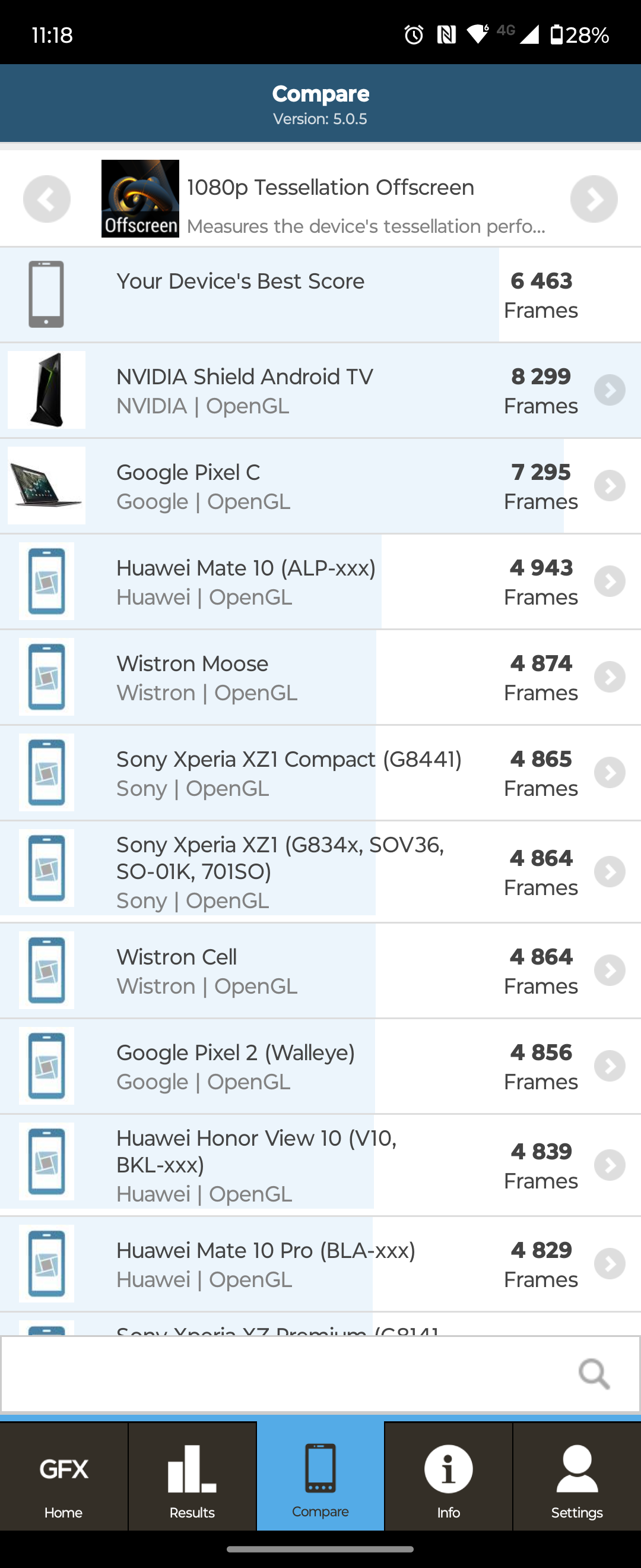
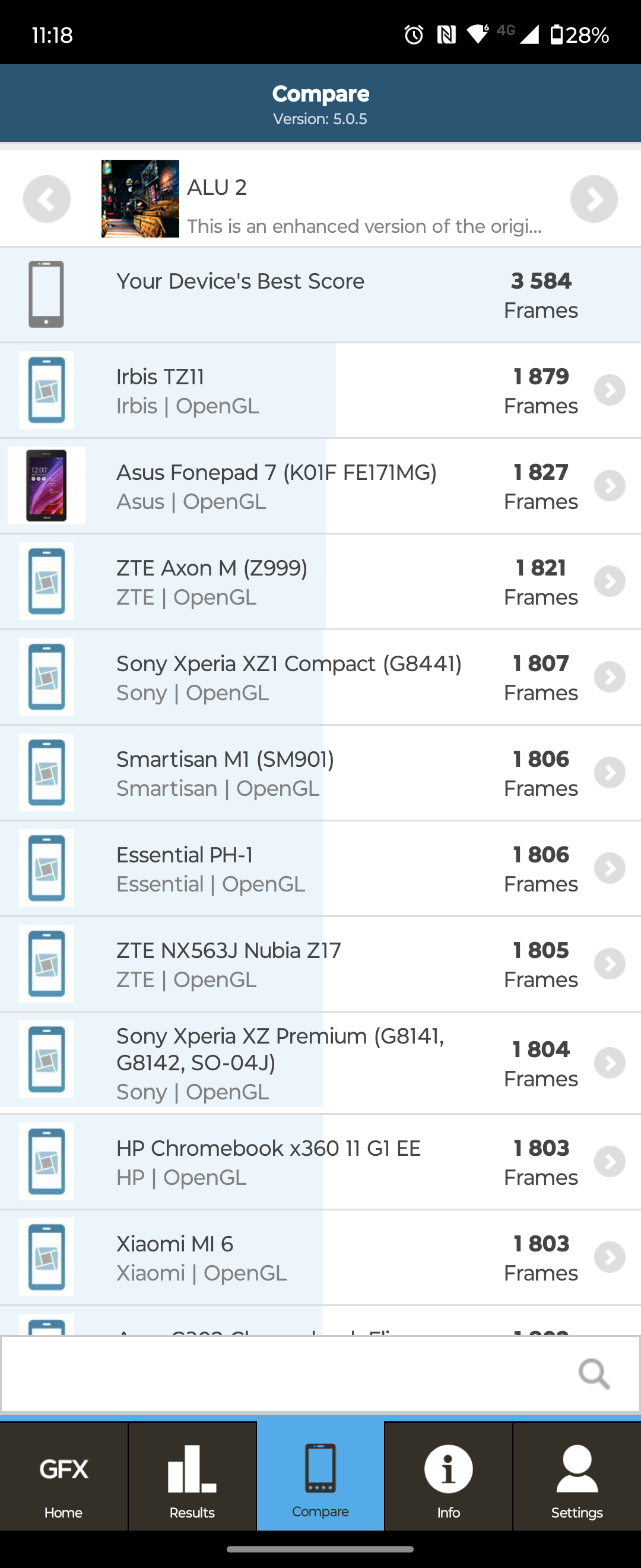

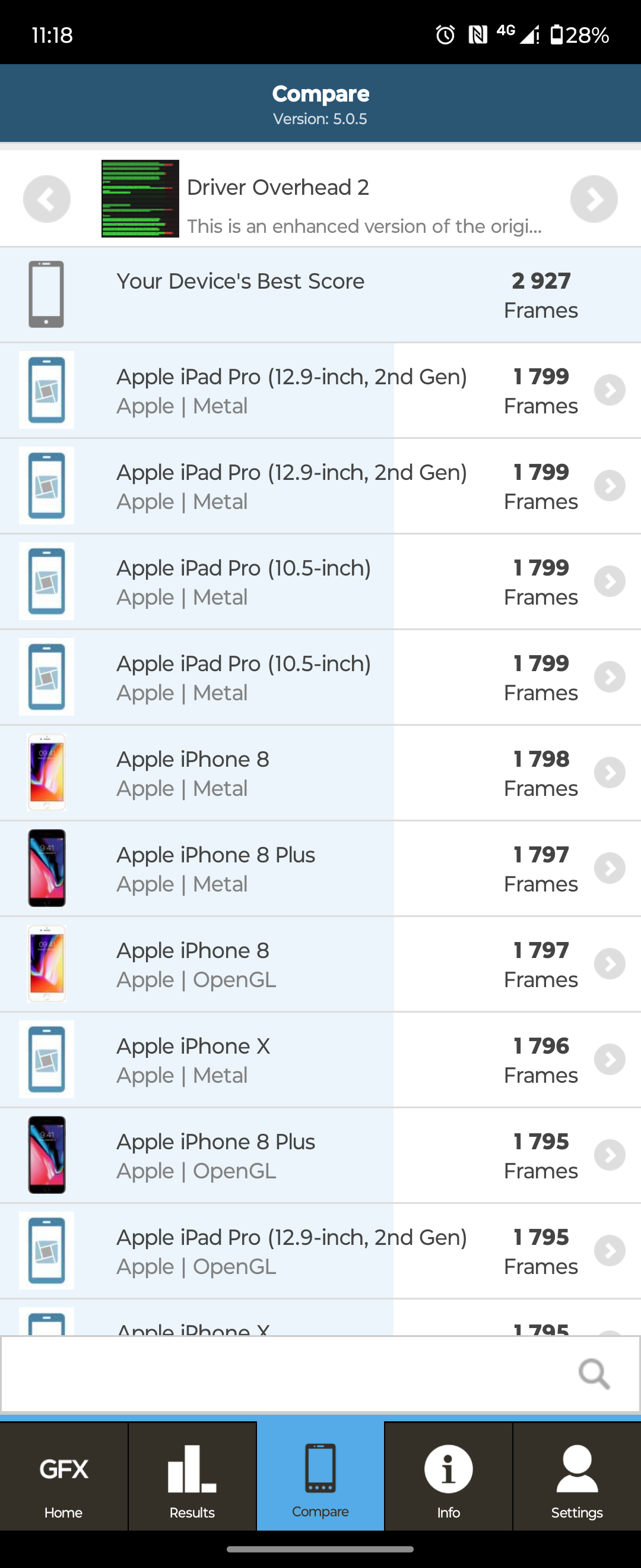

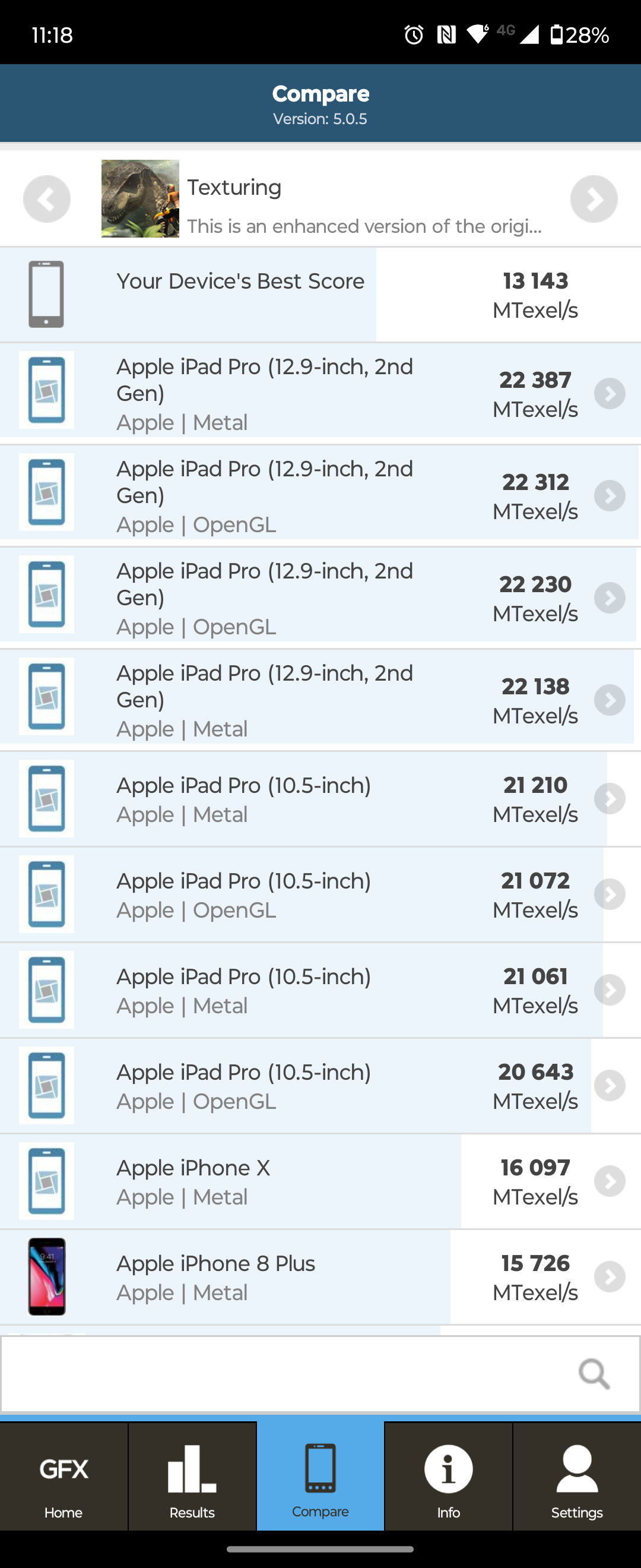

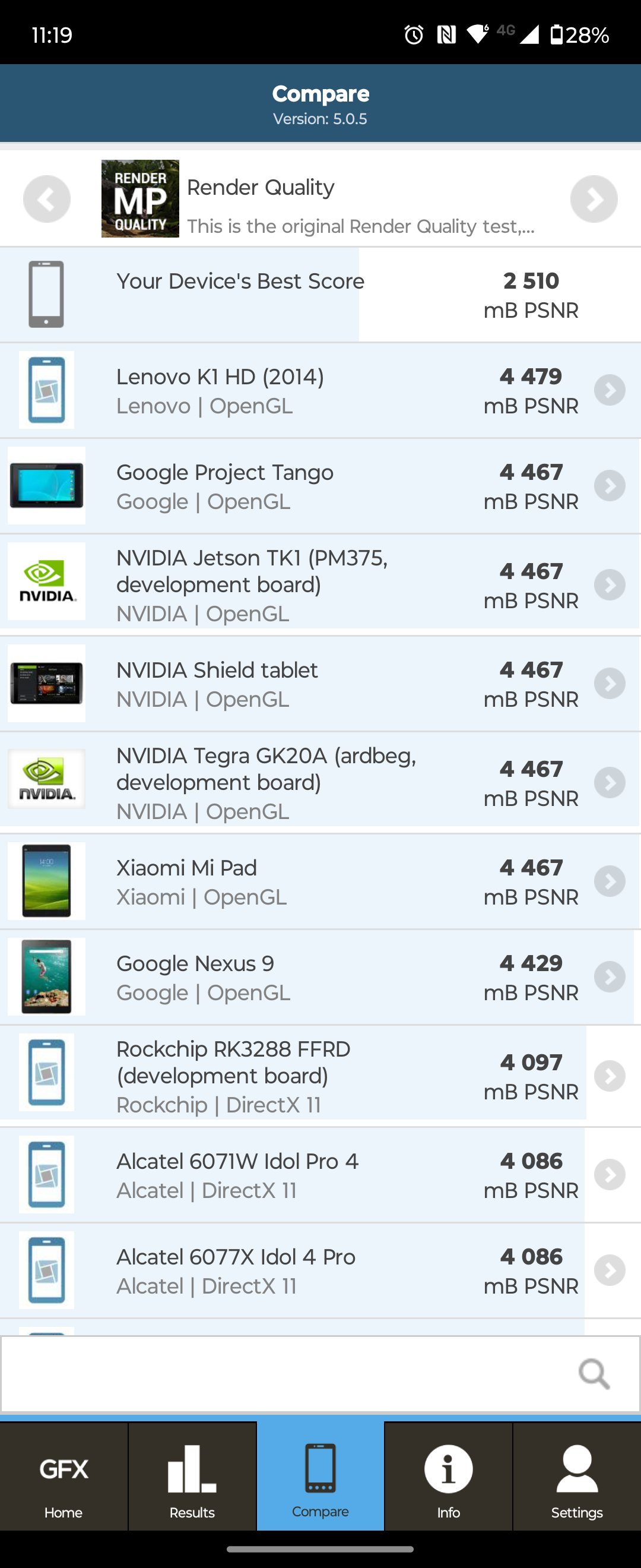

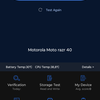
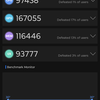

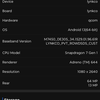

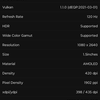


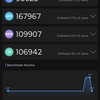
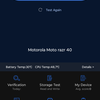
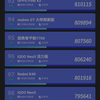
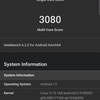
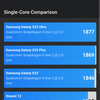
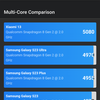

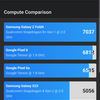
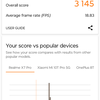
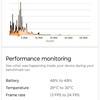
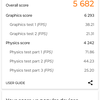
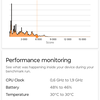

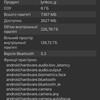
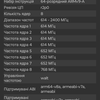
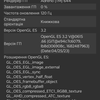

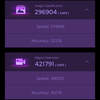
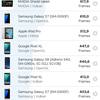

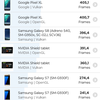
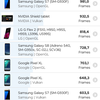
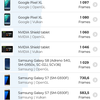


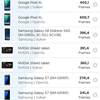


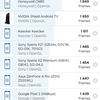
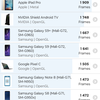
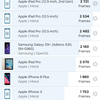
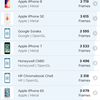
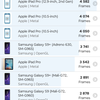

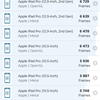
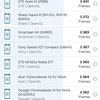
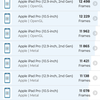
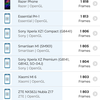
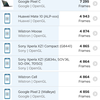
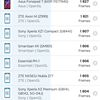
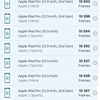
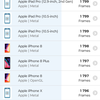
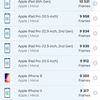
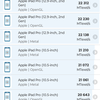

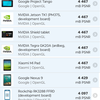
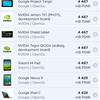
Although using a less powerful processor has its advantages. Usually, foldable smartphones overheat a lot. The Motorola Razr 40 is a little better: the performance decline under prolonged maximum loads can reach 83%, which is good for this form factor. The area near the external display becomes warm.
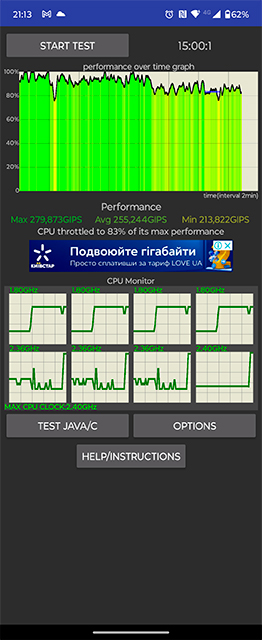
Modern games run well on medium (Diablo Immortal) and high (CoD Mobile) settings.
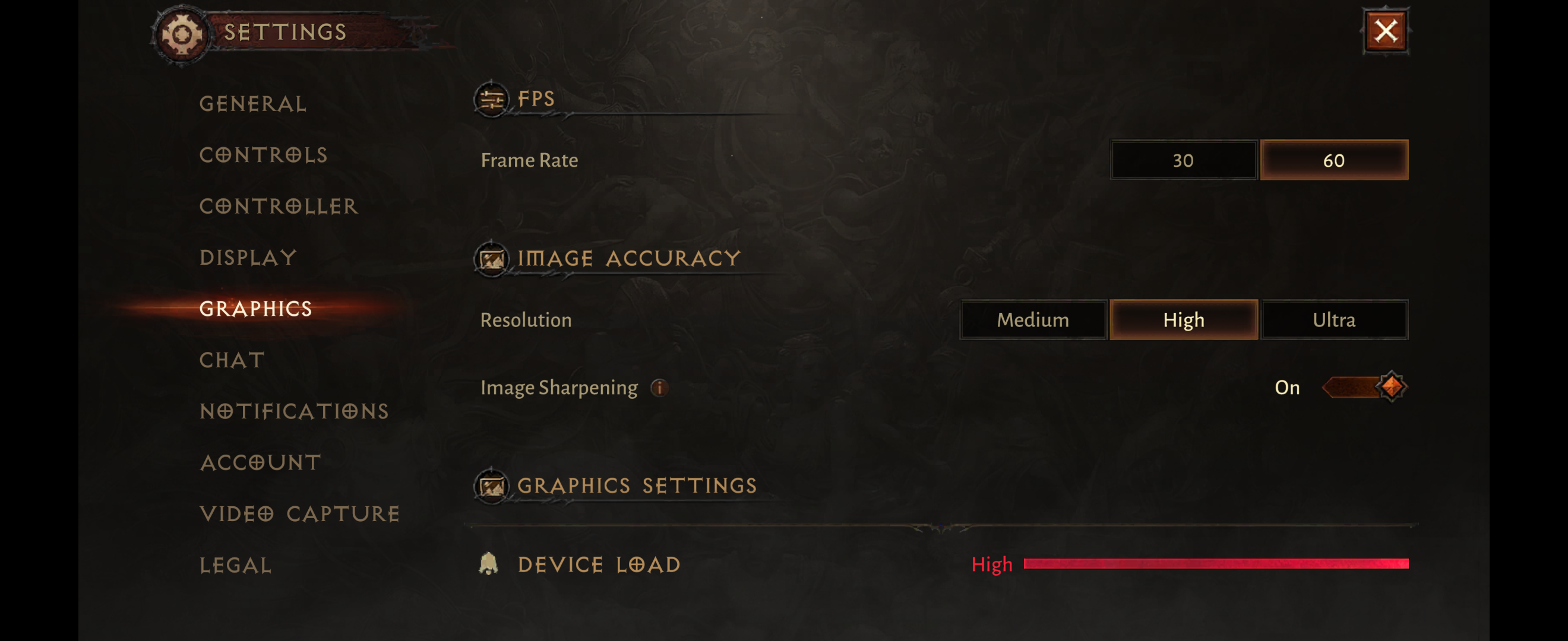
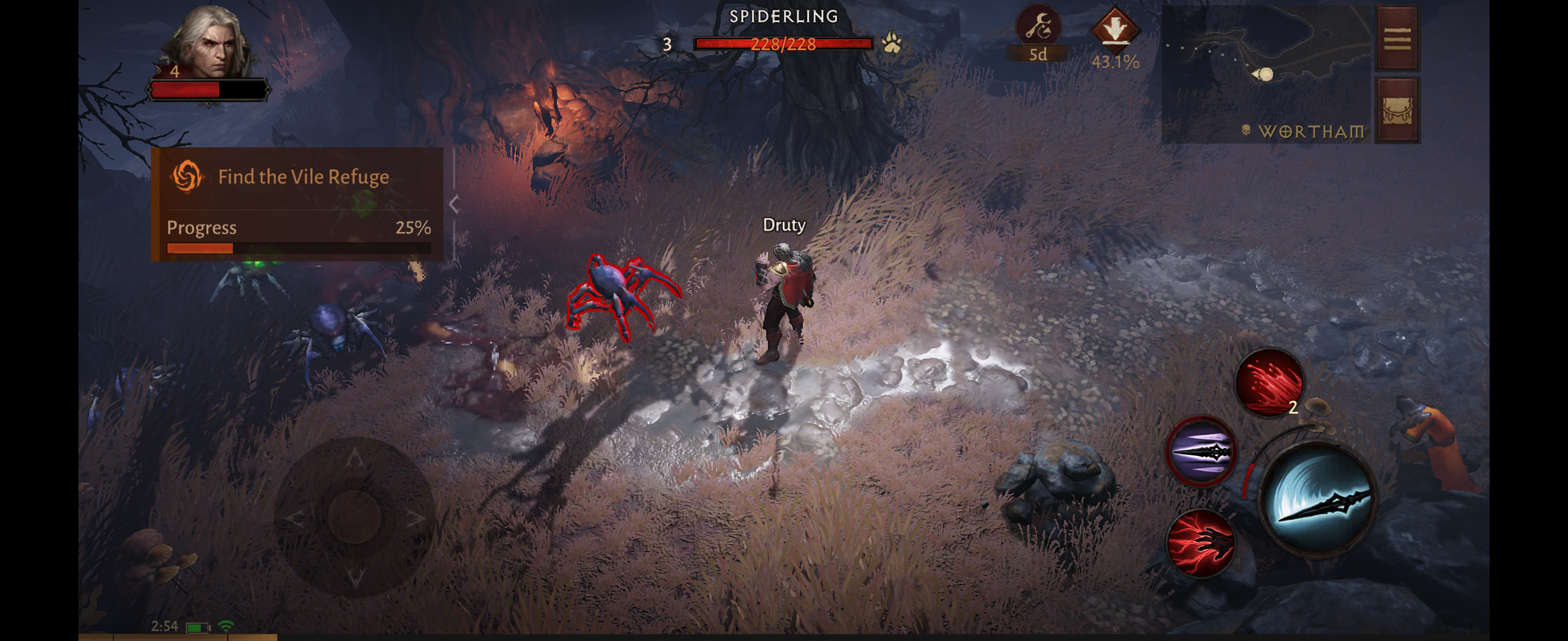


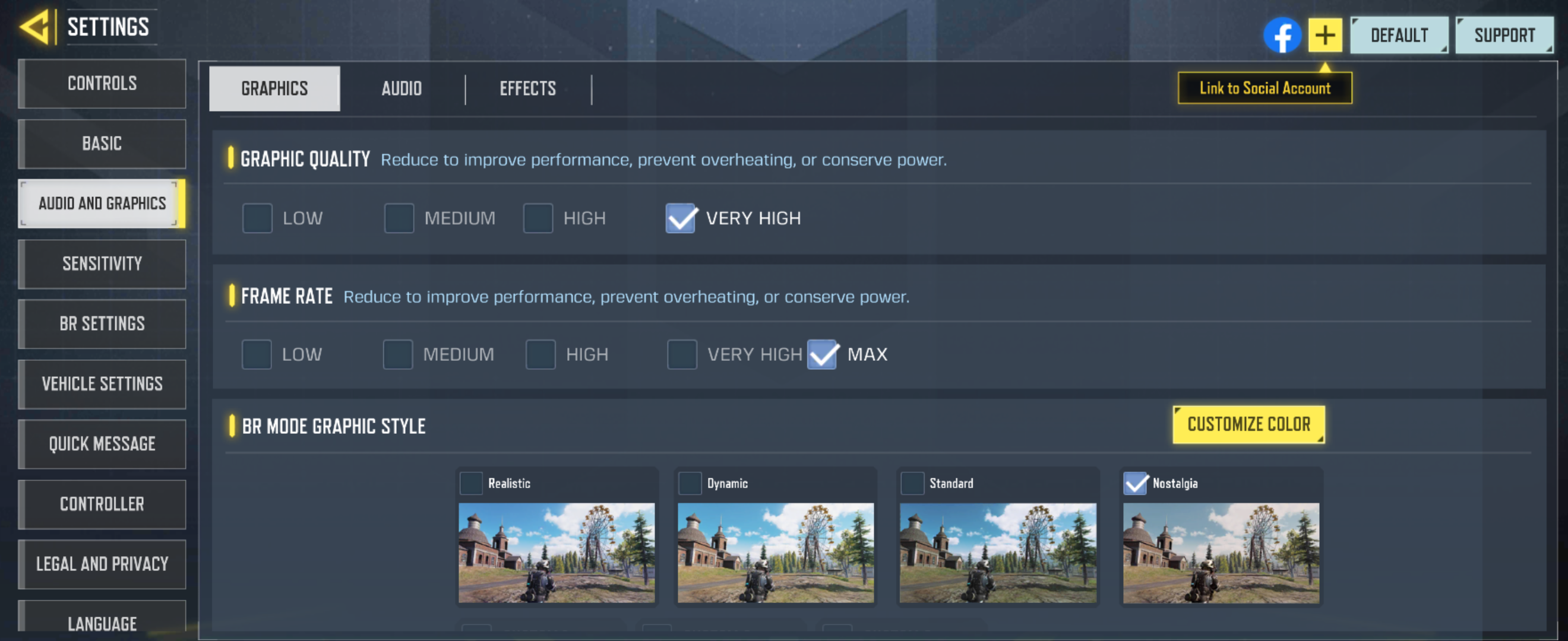
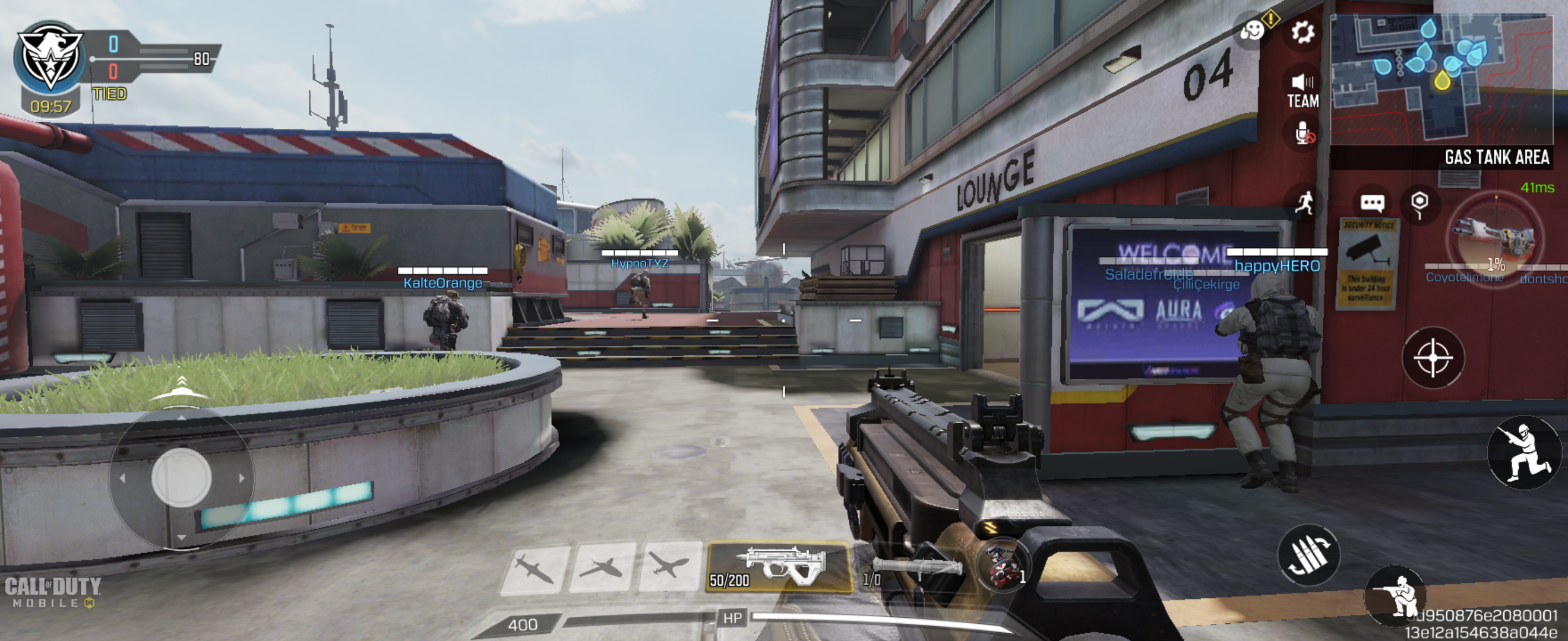
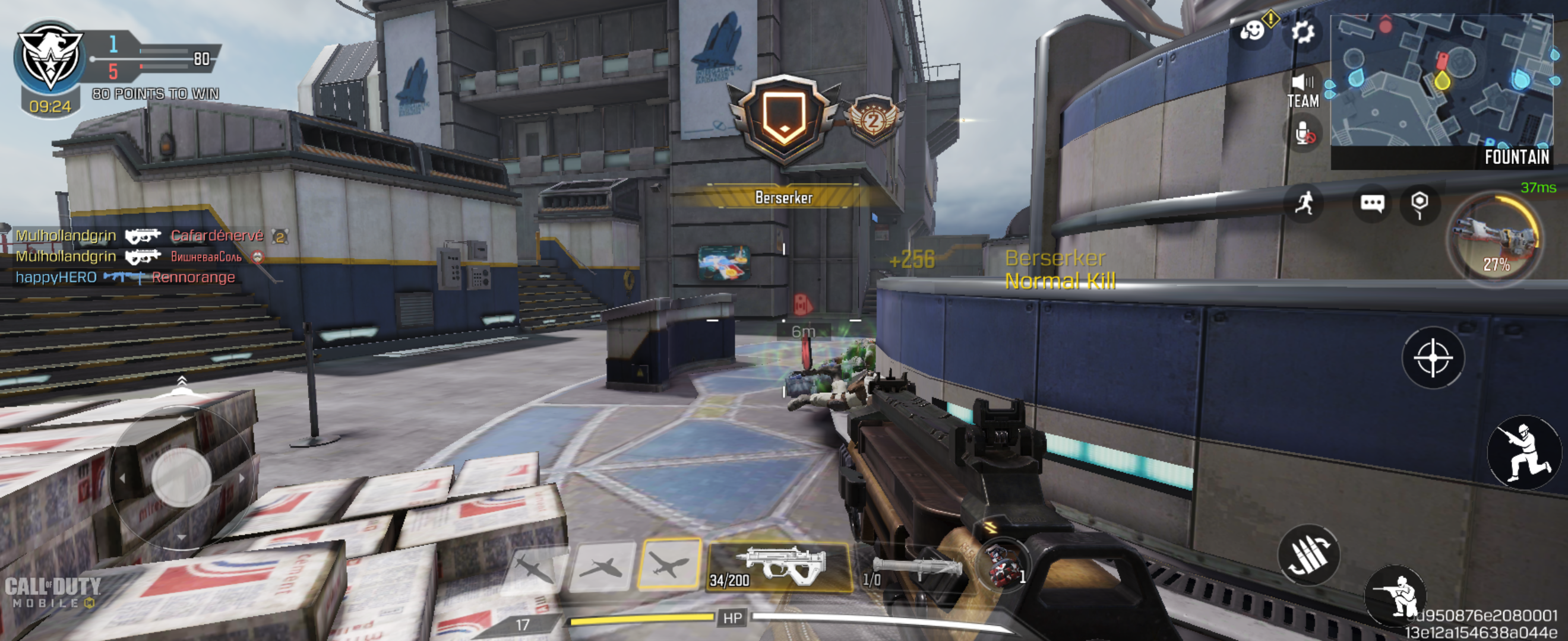

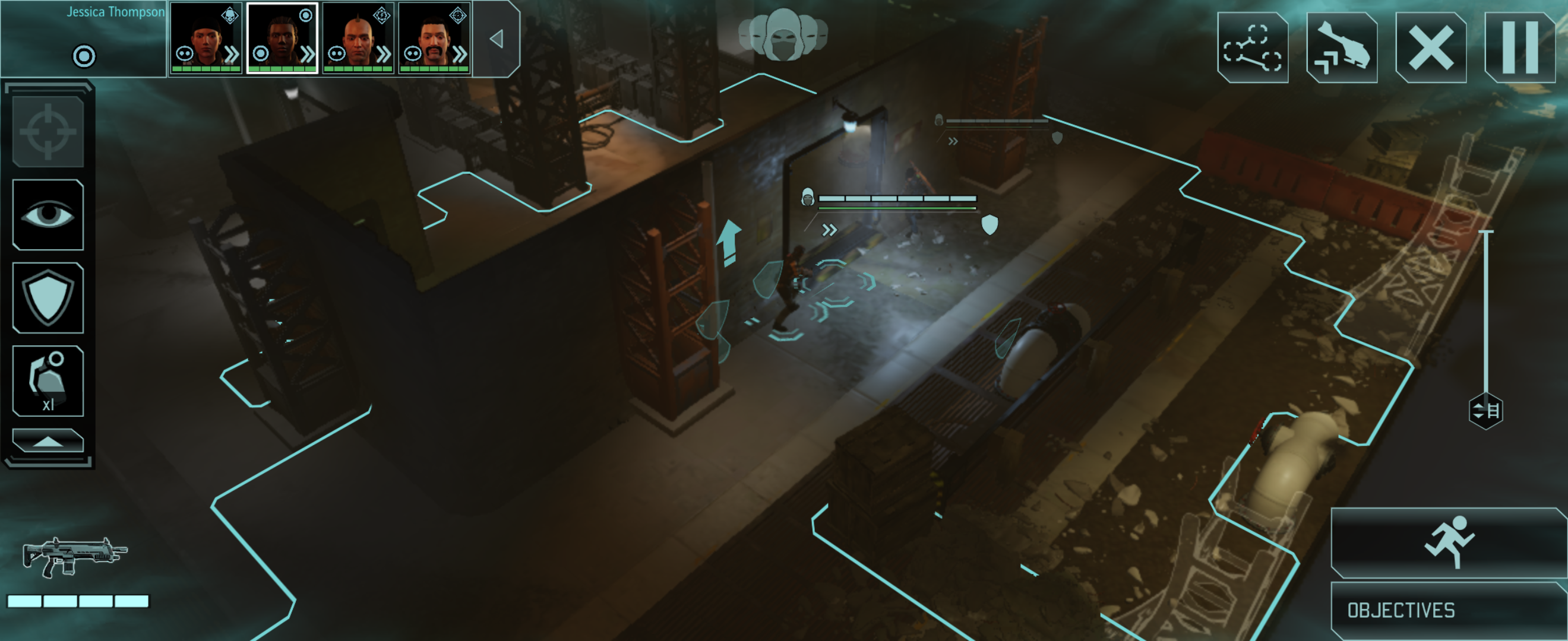

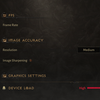



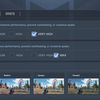
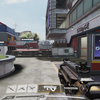
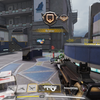
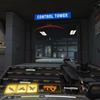


Motorola Razr 40 is equipped with a tri-band 802.11 a/b/g/n/ac/6e Wi-Fi module, Bluetooth 5.3 LE, and NFC for contactless payment. Supports global positioning systems: GPS, GLONASS, GALILEO, BDS, LTEPP, SUPL. The sound of Motorola Razr 40 is very good. Stereo sound is reproduced by the main and earpiece speakers. The volume margin is not bad, although the bass, of course, is minimal. Dolby Atmos virtual surround sound is supported. The settings include presets (movies, games, music, etc.) with the ability to adjust the equaliser for each.
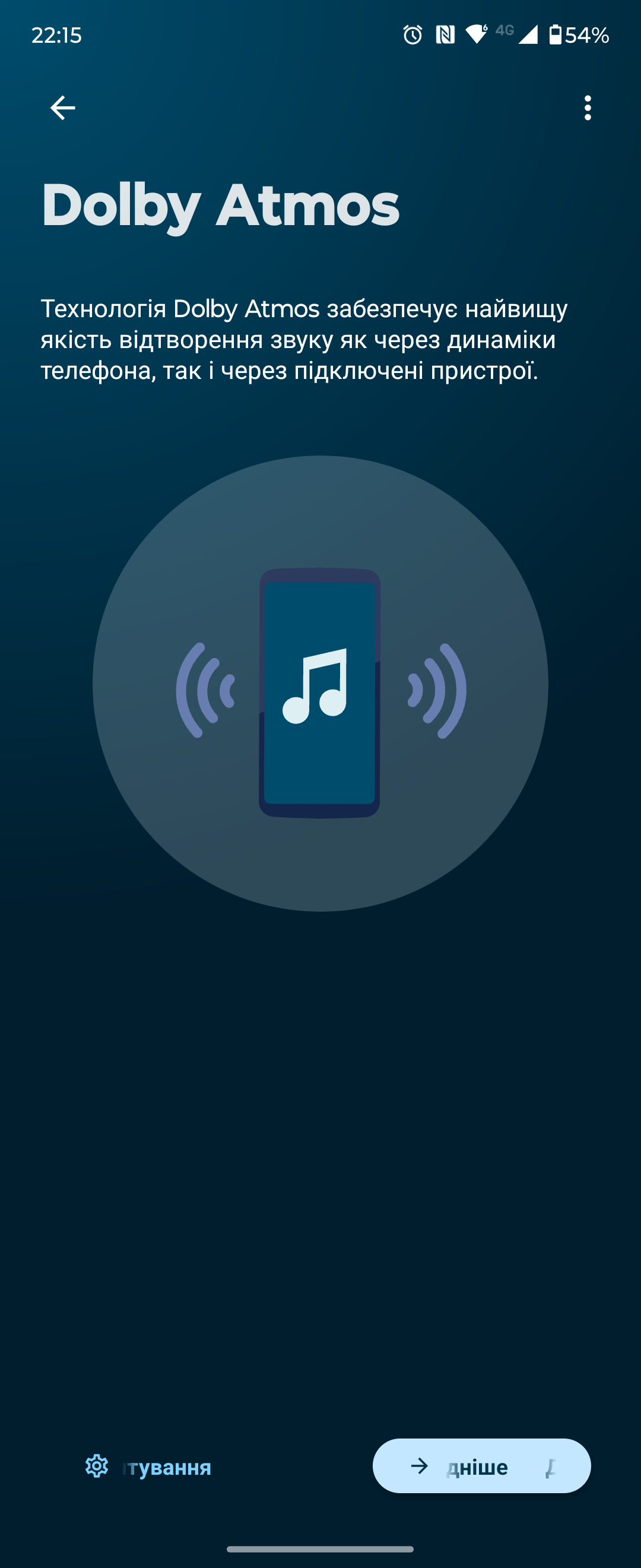
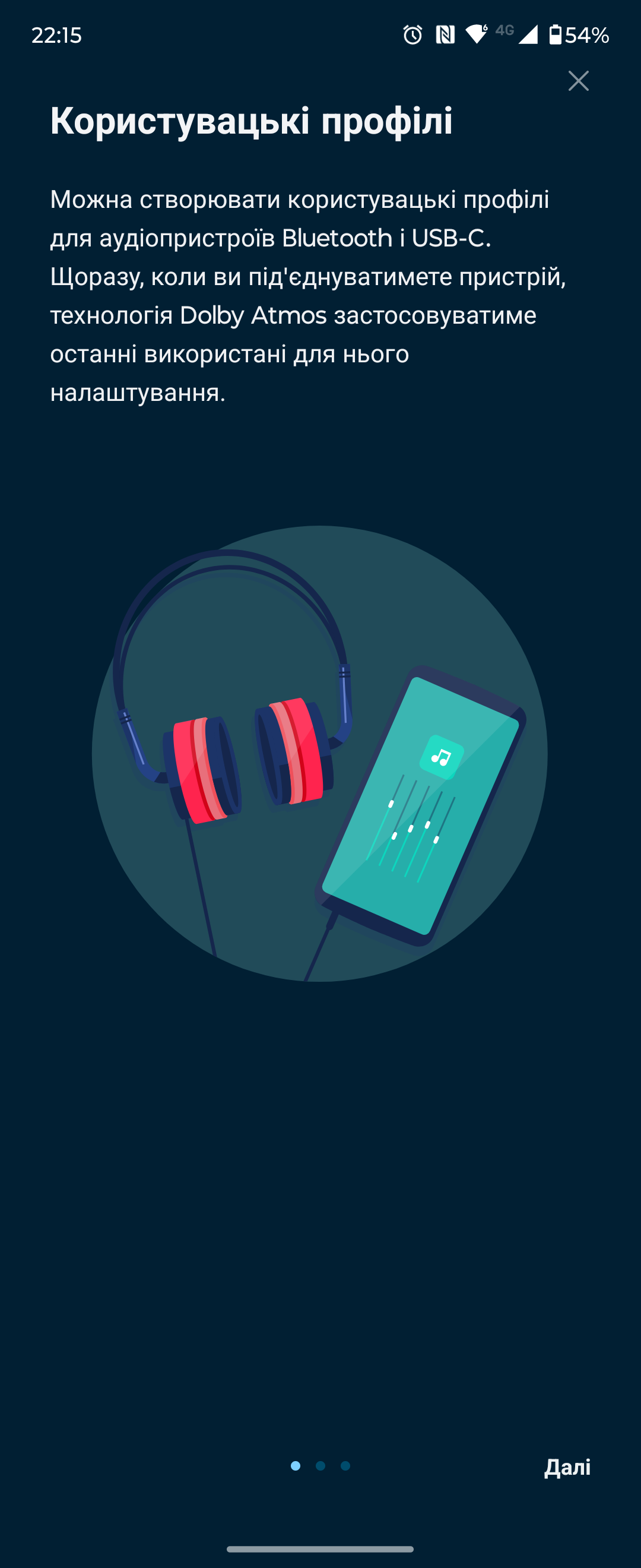



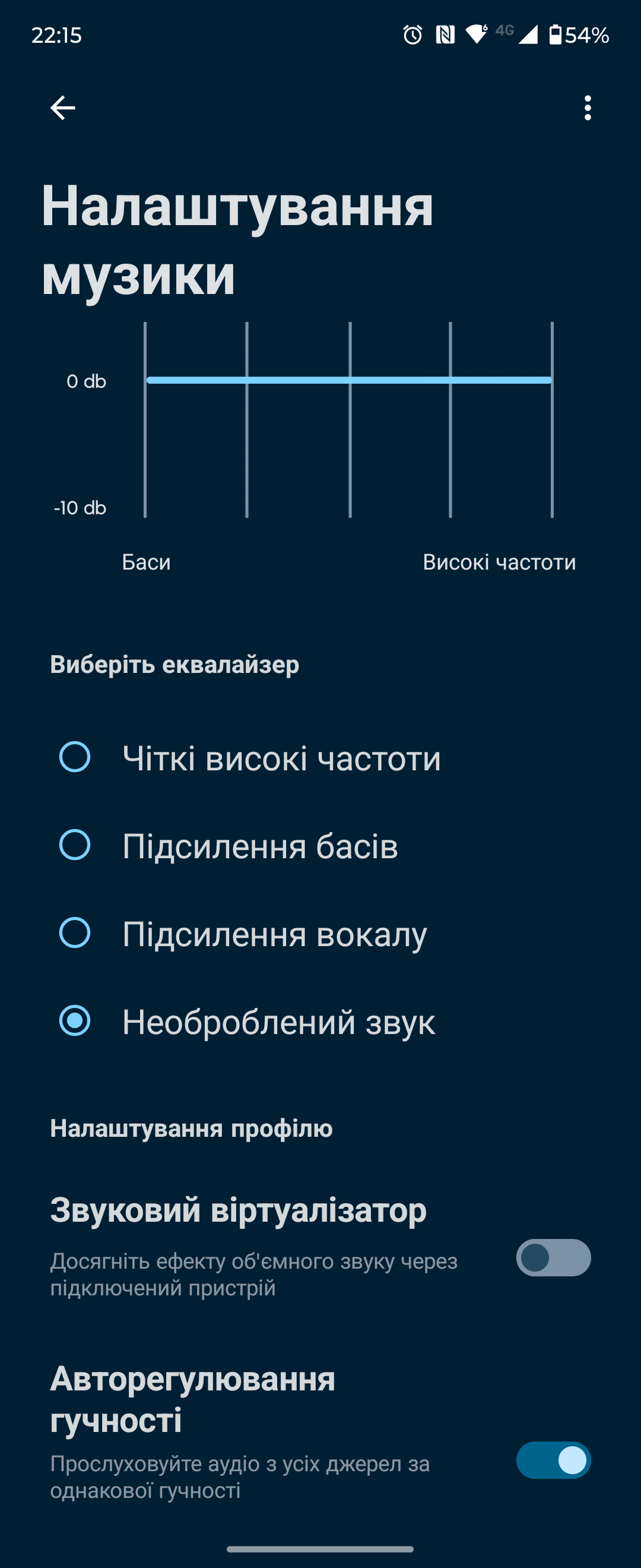




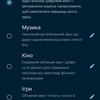
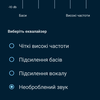
Motorola Razr 40 has a slightly larger battery than the Ultra: 4200 mAh versus 3800 mAh. Together with a rather modest processor, the smartphone proved to be more durable than other folding clamshell smartphones we have reviewed recently. In normal mode (browser, instant messengers, email, social networks, YouTube, some photos and about 1.5 g of music via Bluetooth), the smartphone can withstand a day. With more modest use, you can get a day and a half. The performance is standard when compared to conventional smartphones, but very good in the clamshell category. The smartphone supports 30W TurboPower fast charging and 5W wireless charging. It takes a little over an hour to fully charge from the bundled power supply, and in the first 30 minutes the smartphone gains about 50%.

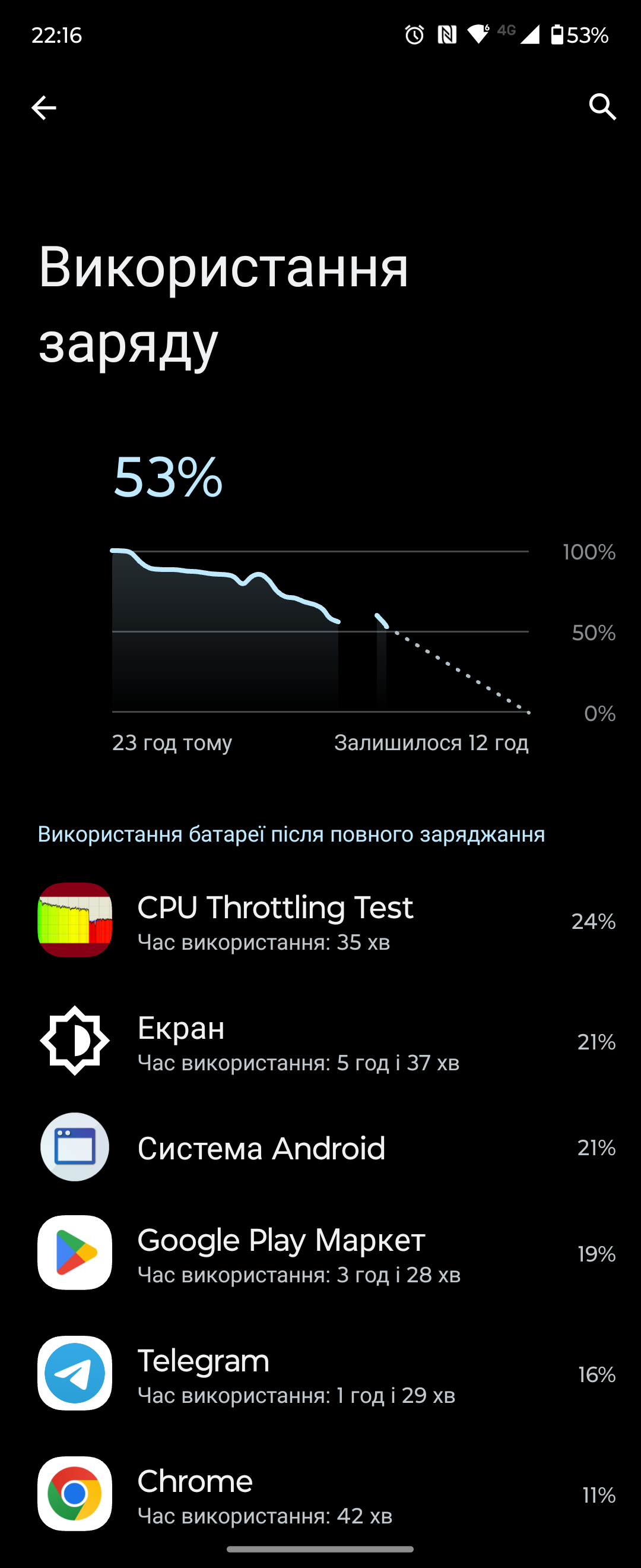



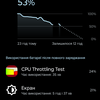
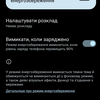
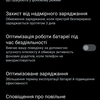
How user-friendly is the interface?
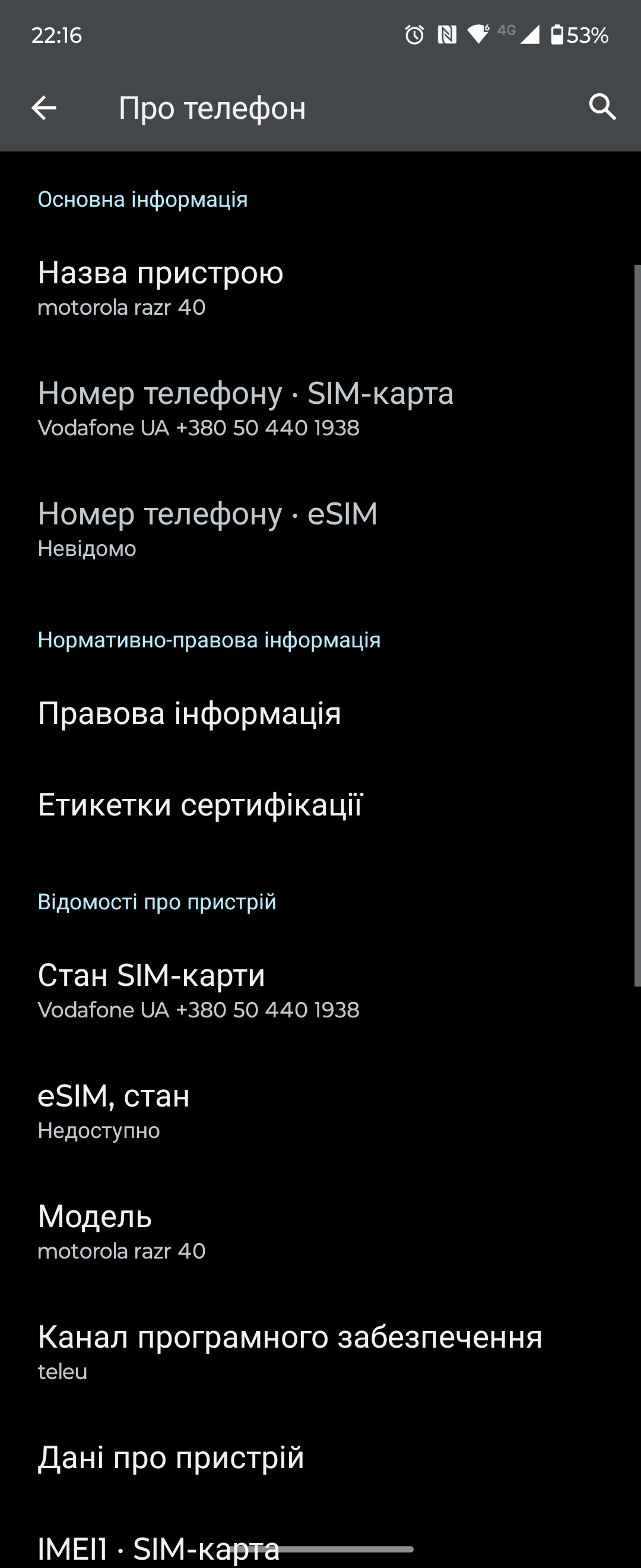
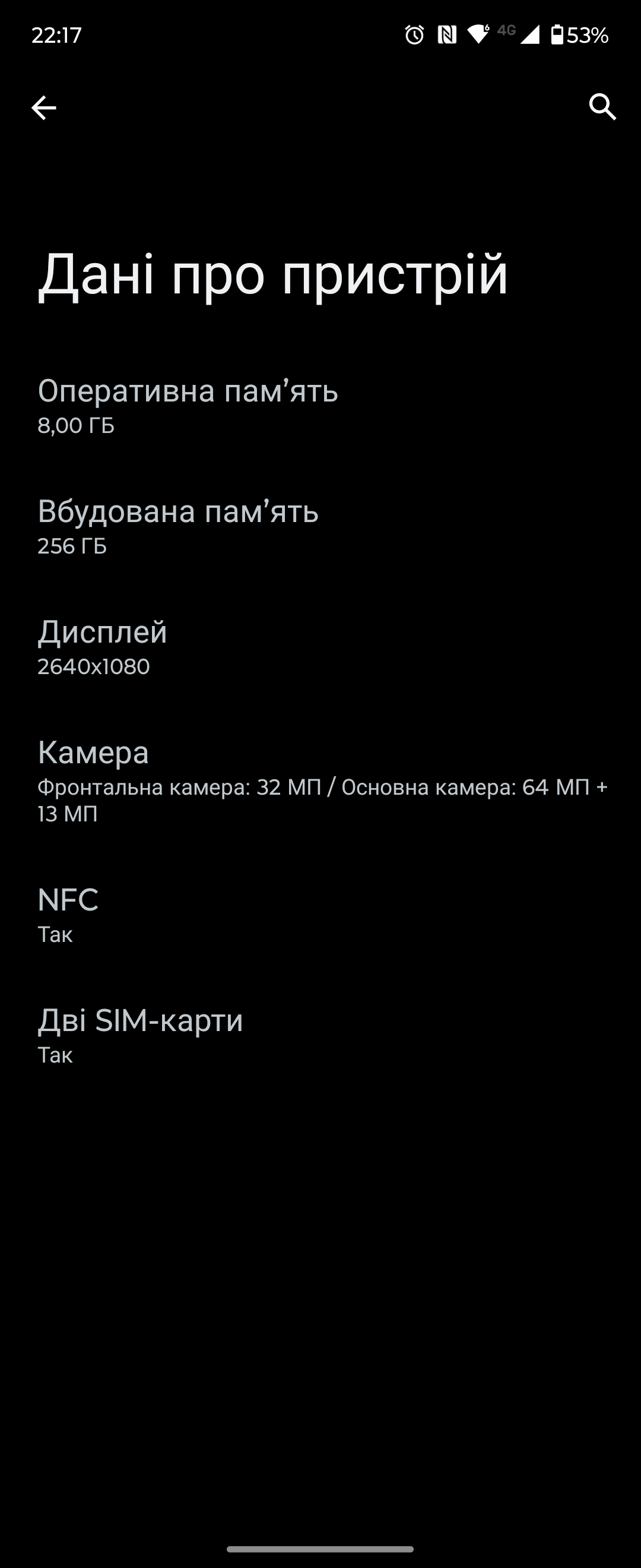
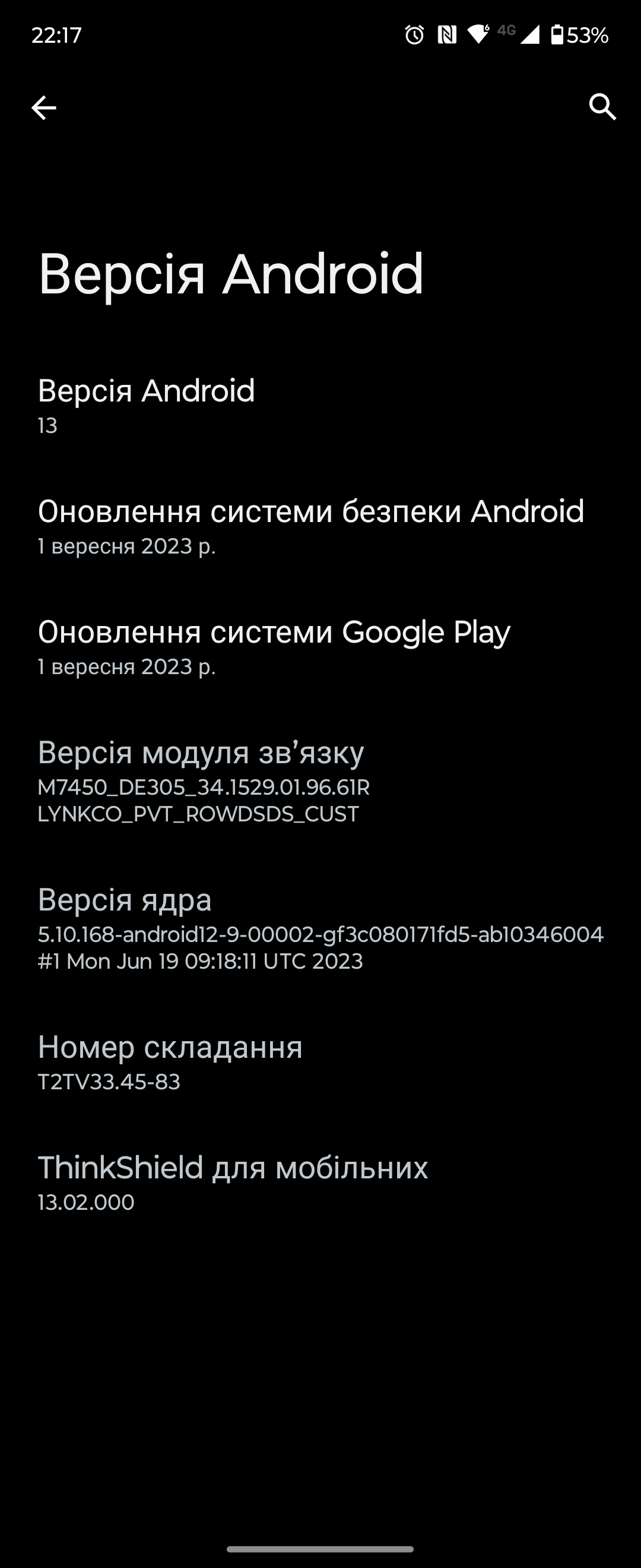


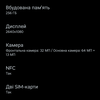
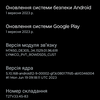

Motorola Razr 40 runs on almost pure Android 13, like all other models of the company. There are the external display settings we described above and additional Moto features. But in general, it's a familiar Android with desktops, a separate menu with all the apps, a screen with large switches, and a bunch of customisation options. The shell is fast and stable, everything is simple and clear. One of the strange things that we've seen in other Motorola models is the strange operation of lists in third-party applications: sometimes there are frame gaps. This is not the case in the stock apps.
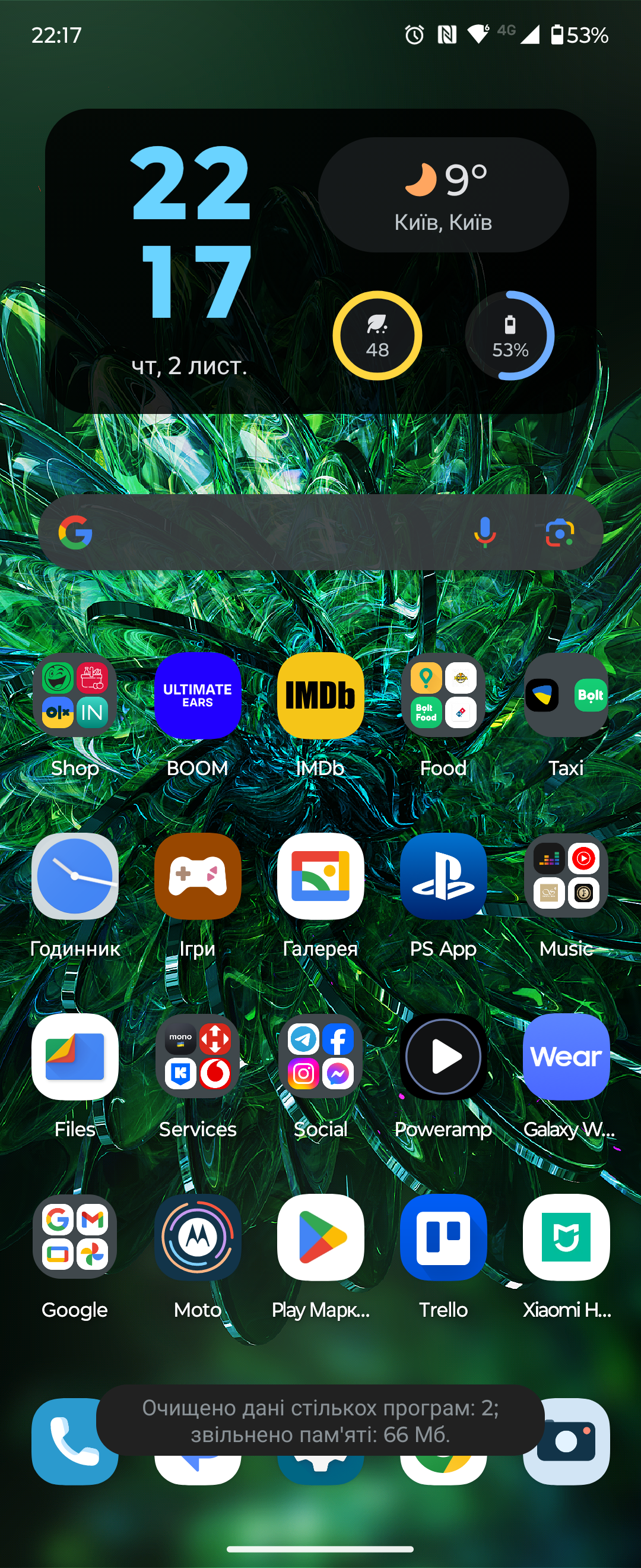
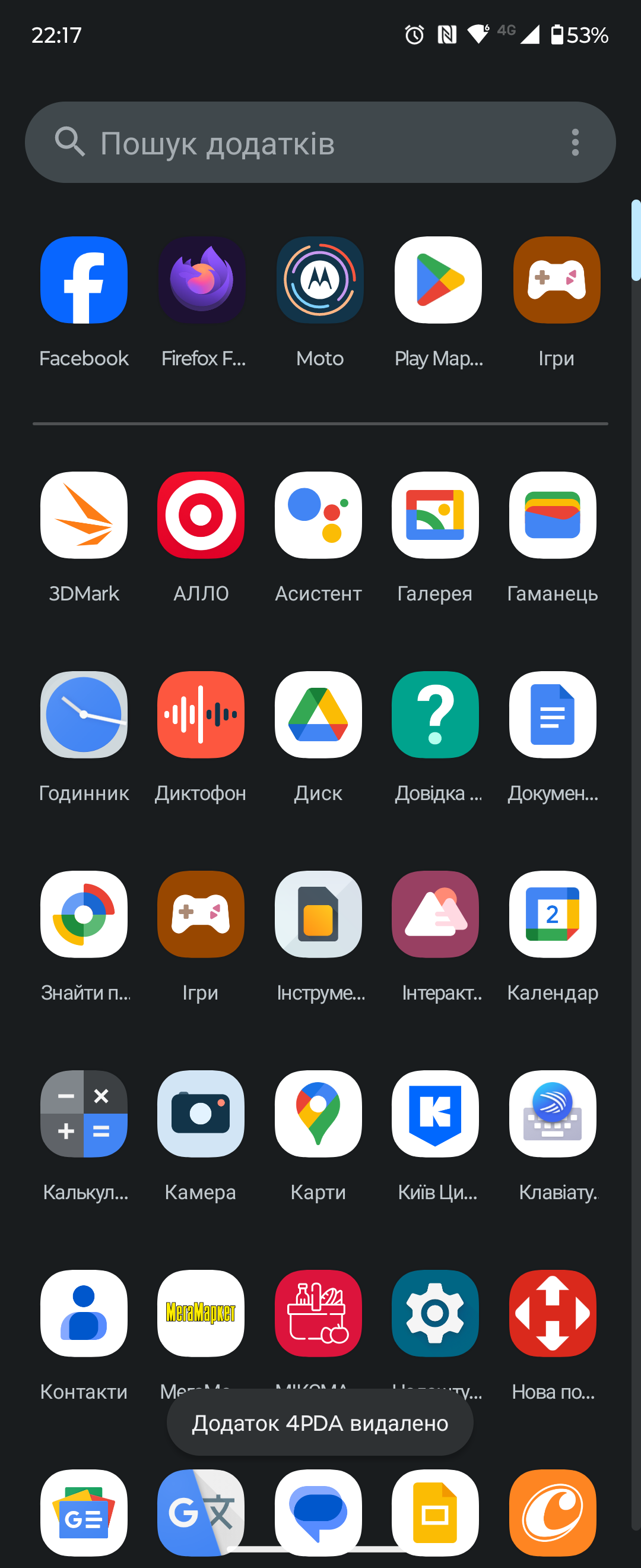

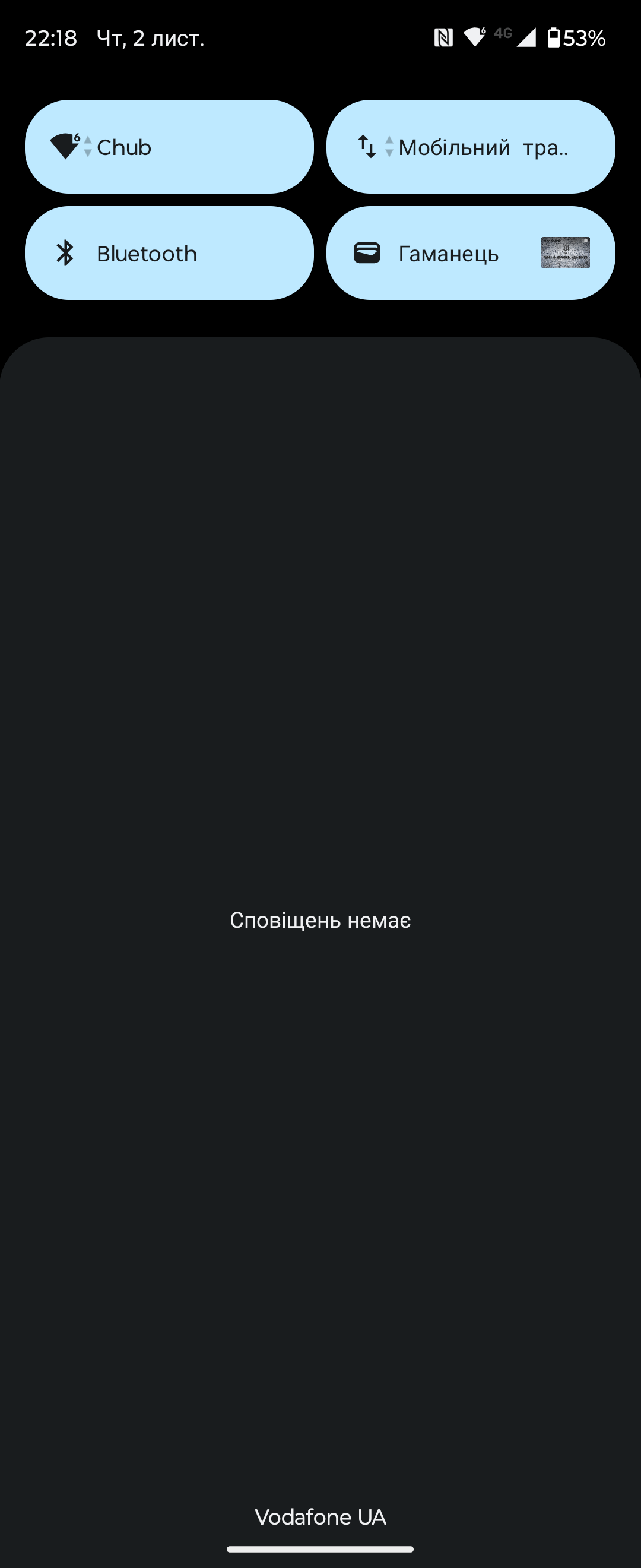
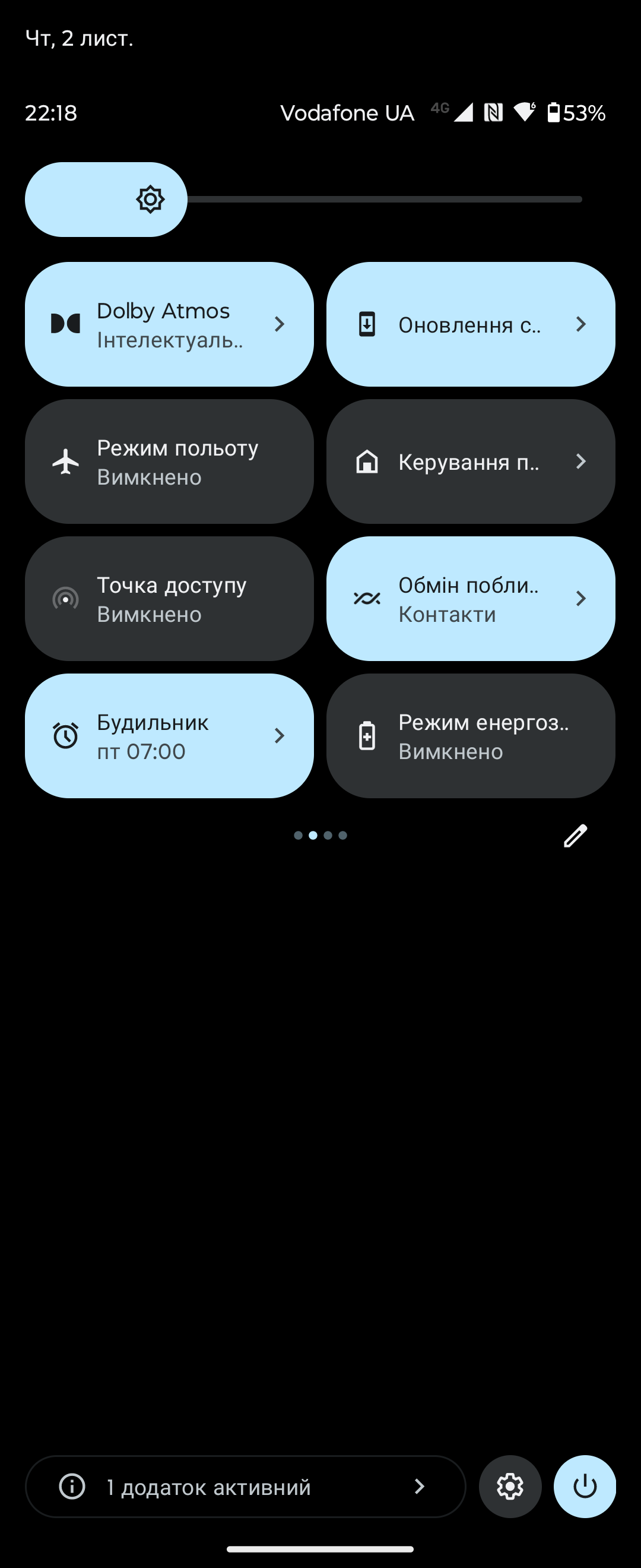


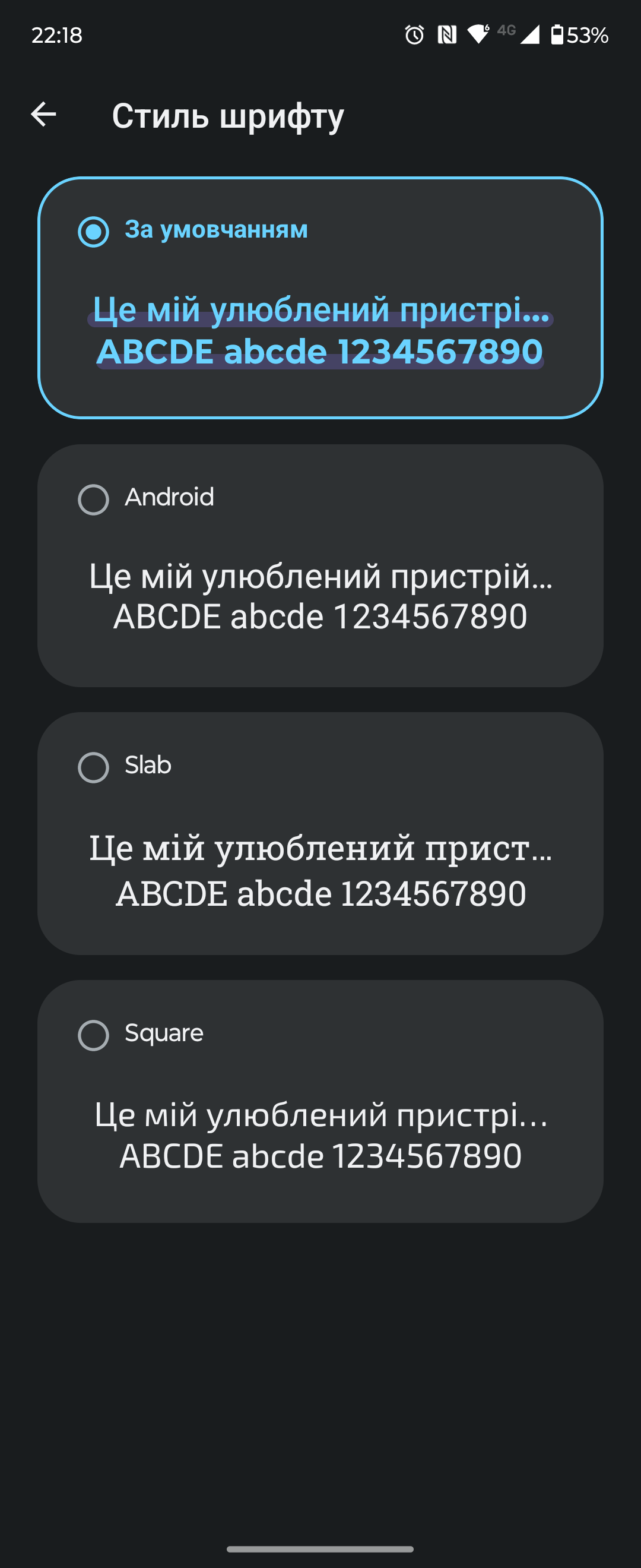



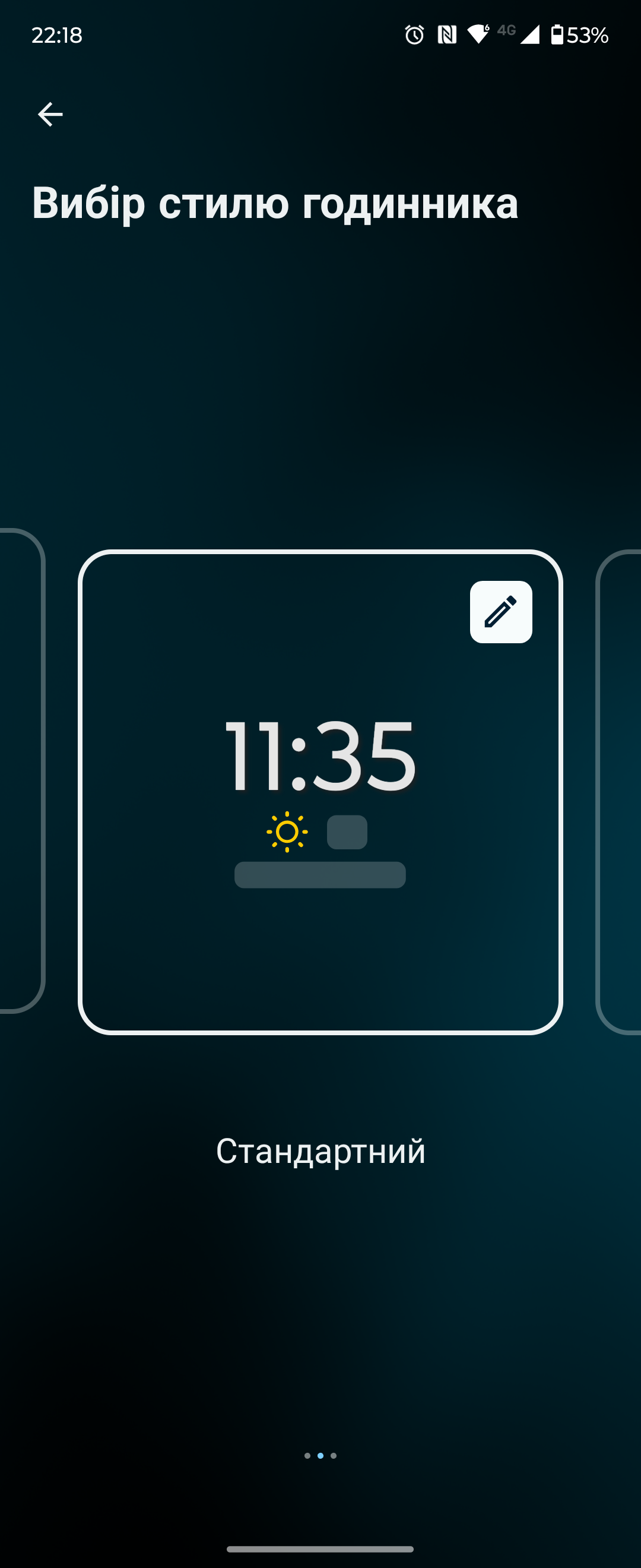
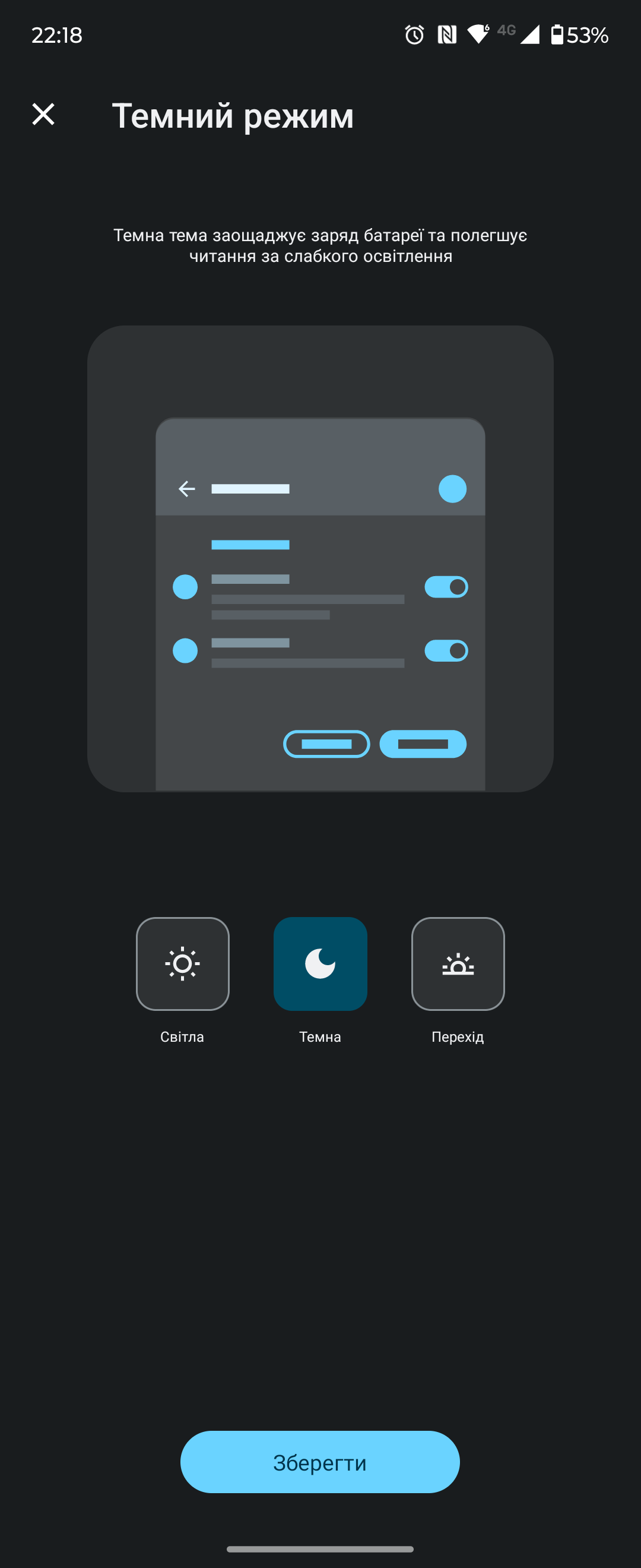
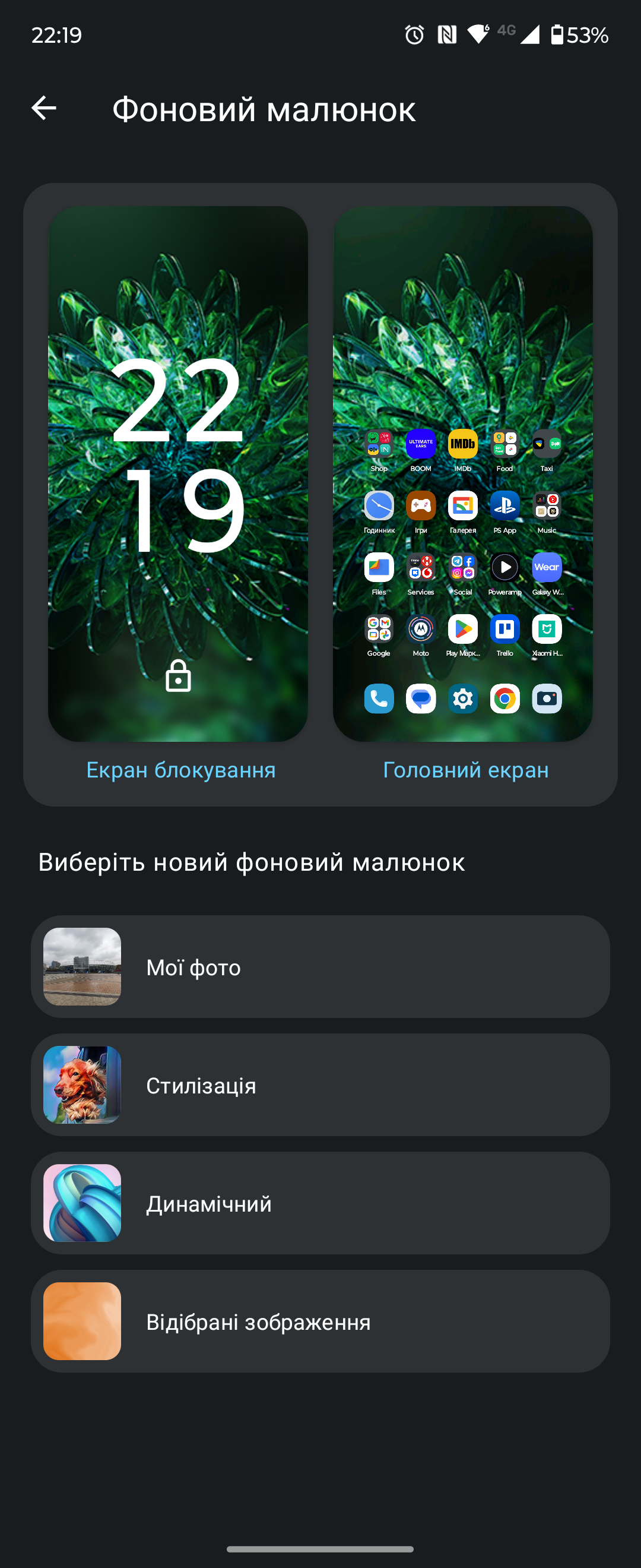

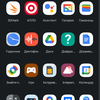
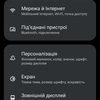

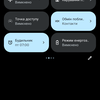
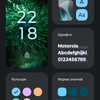
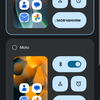
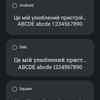
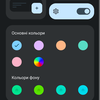
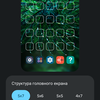
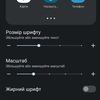
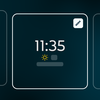
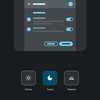
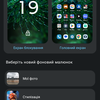
The application manager looks like a familiar horizontal carousel of cards with the ability to close all of them at once. There is a dual-window mode.
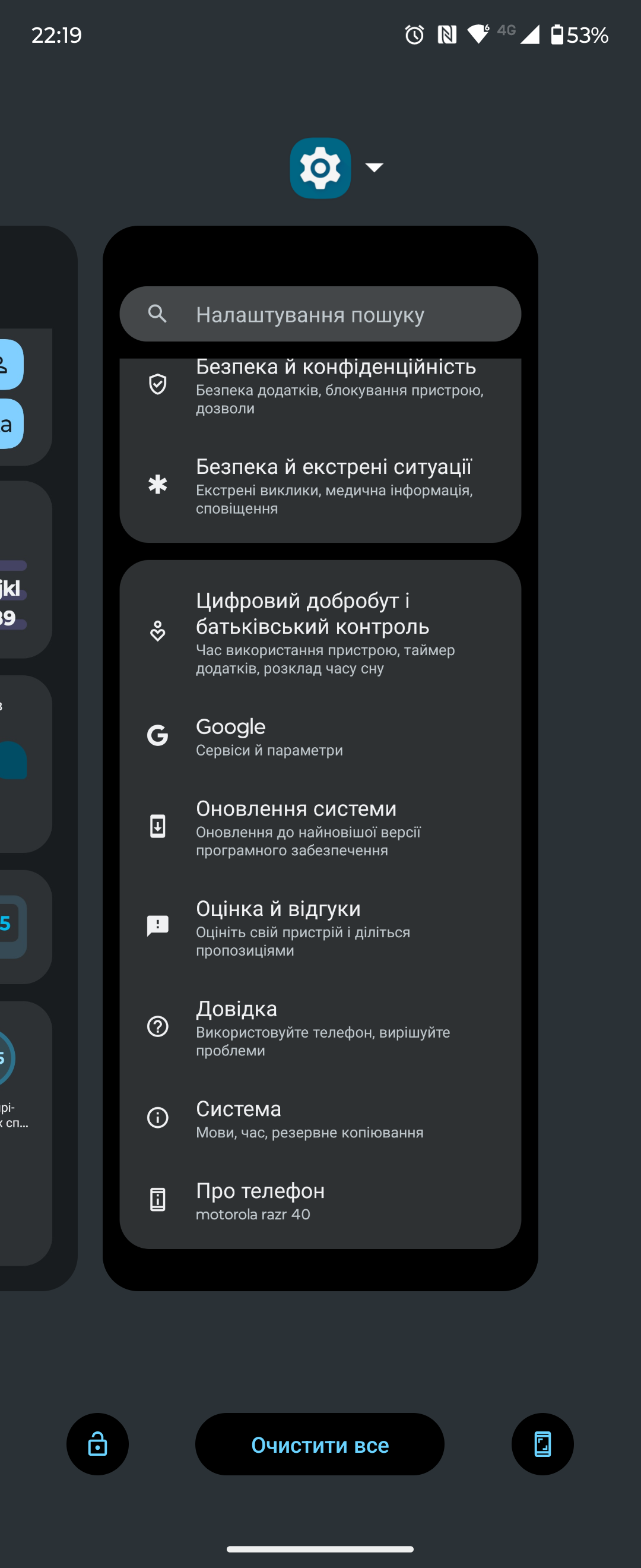
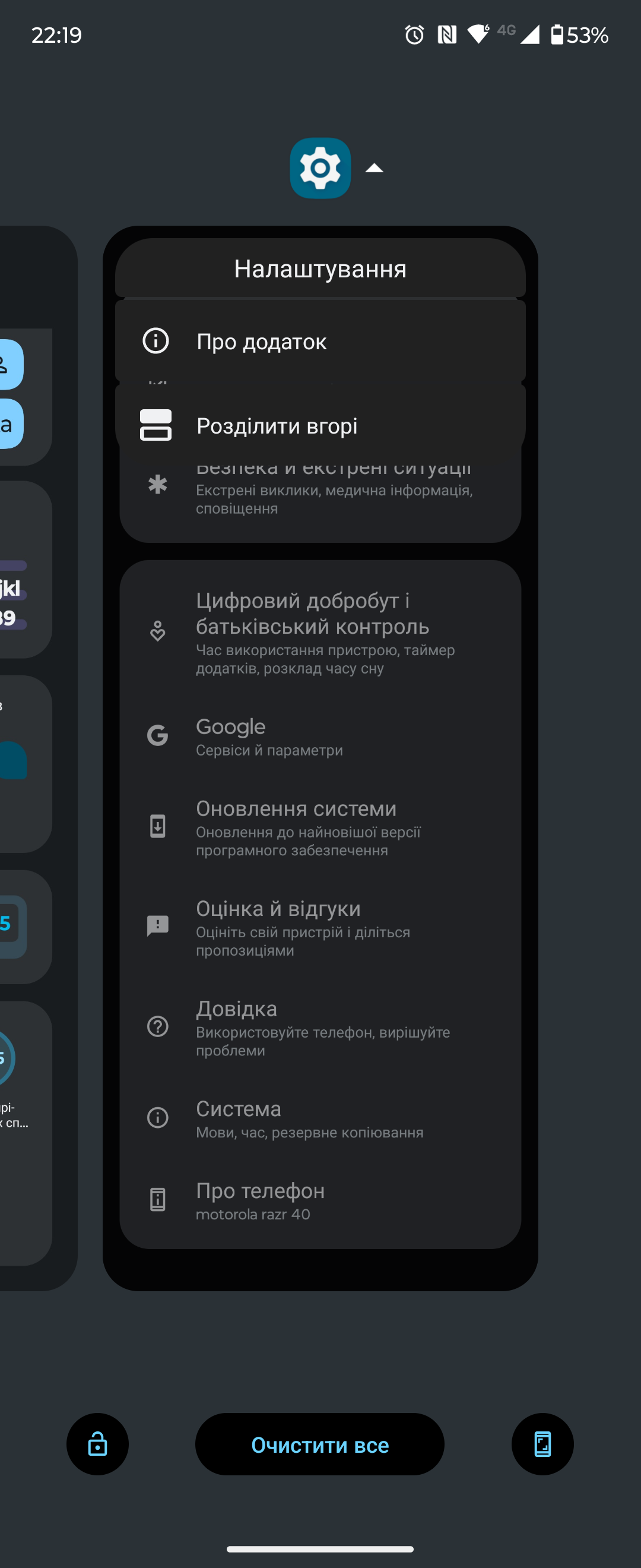




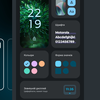

The Moto application contains all the additional features offered by Motorola. Quick launch gestures, sidebar, secure folder, etc.:













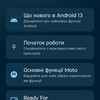


The smartphone supports Ready For. You can connect to an external monitor or TV. There are different Ready For modes: Windows desktop, screen and application duplication, using the smartphone as an access point or webcam, or simply transferring files.

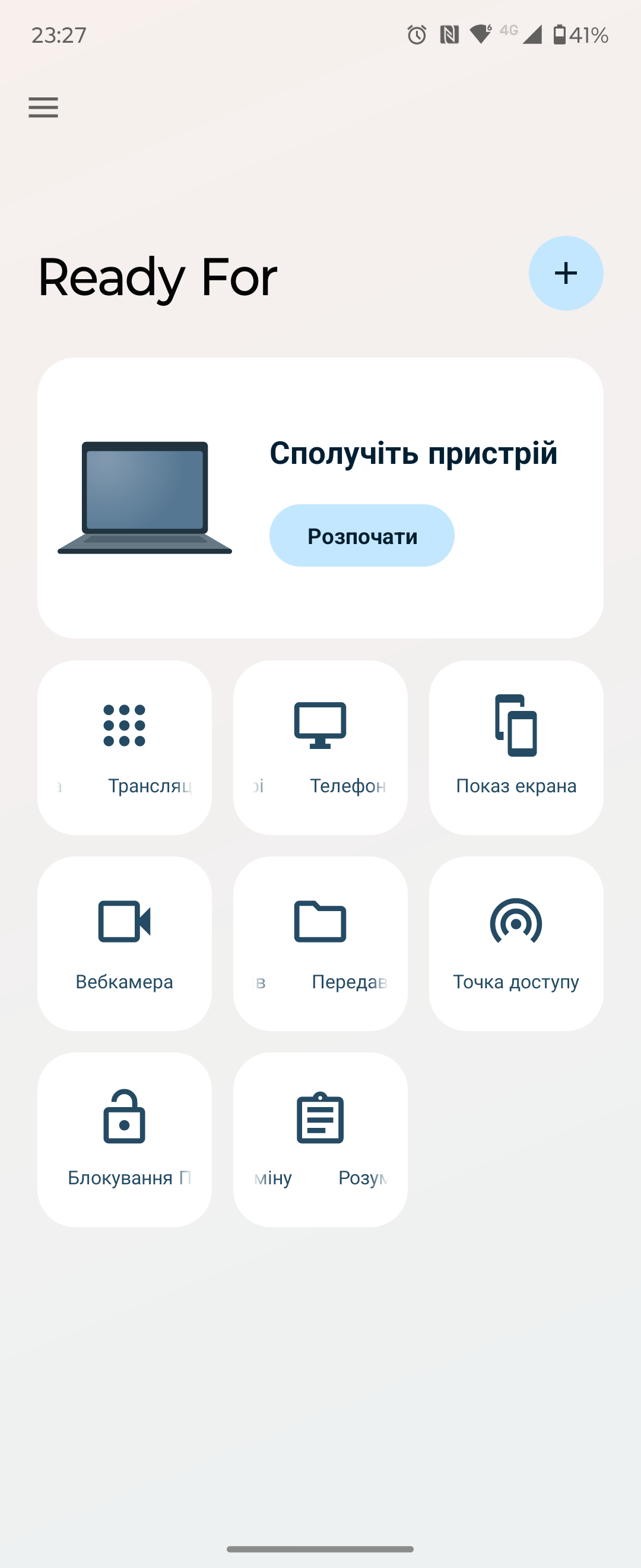


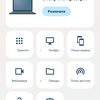

It is also worth mentioning the retro Razr mode for fans of the original models. It recreates the classic interface, keyboard, and sounds of the legendary old models. Of course, it's a toy for 5 minutes, but former owners of the first Razr will be pleased:


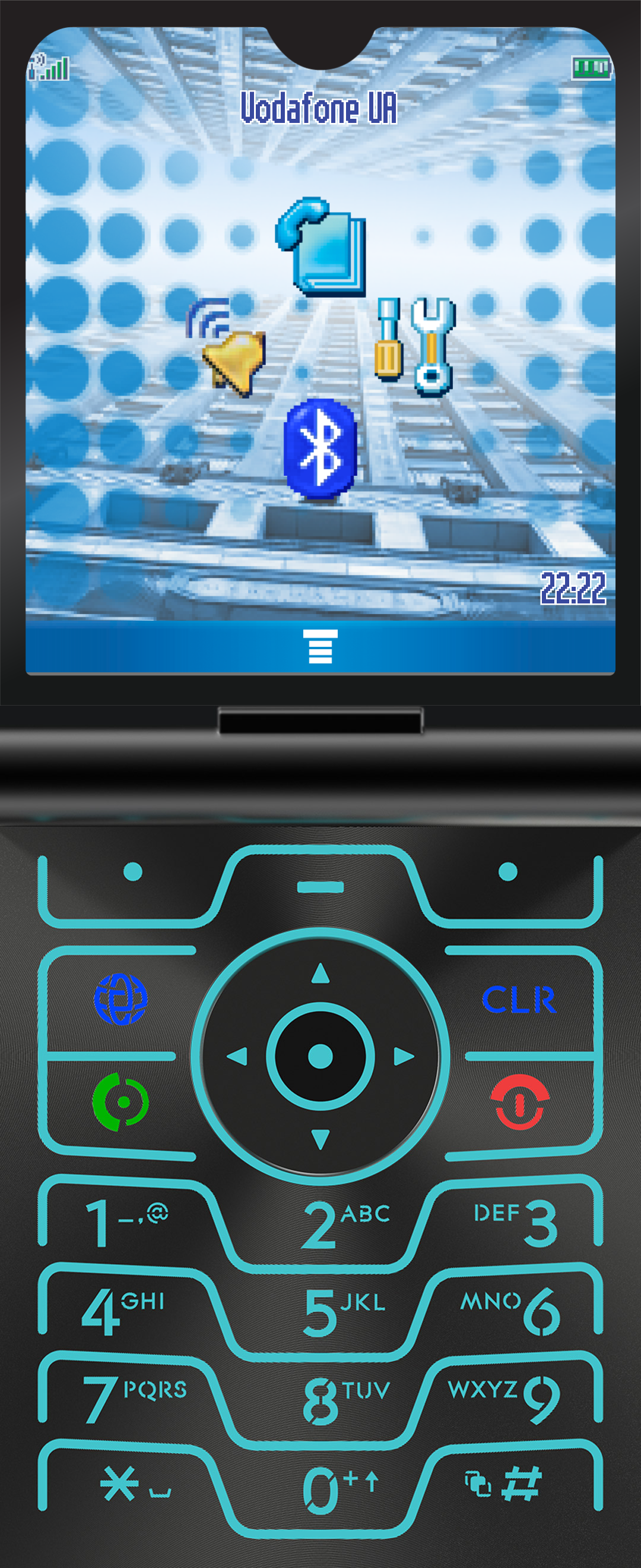

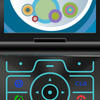
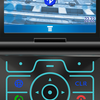
How good are the cameras?
The cameras are quite different from the Motorola Razr 40 Ultra, which had a 12 megapixel main module with f/1.5 aperture and a 13 megapixel ultra-wide-angle module with a 108˚ viewing angle. The Razr 40 main camera has a resolution of 64 MP, f/1.7 aperture, 0.7µm pixel size, optical stabilisation, phase detection and laser autofocus. The ultra-wide-angle camera has a resolution of 13 MP, f/2.2, a viewing angle of 120˚, a pixel size of 1.12µm, and autofocus. It is also used for macro photography. Front camera - 32 MP, f/2.4, 0.7µm. The maximum video resolution is 4K 30 FPS.
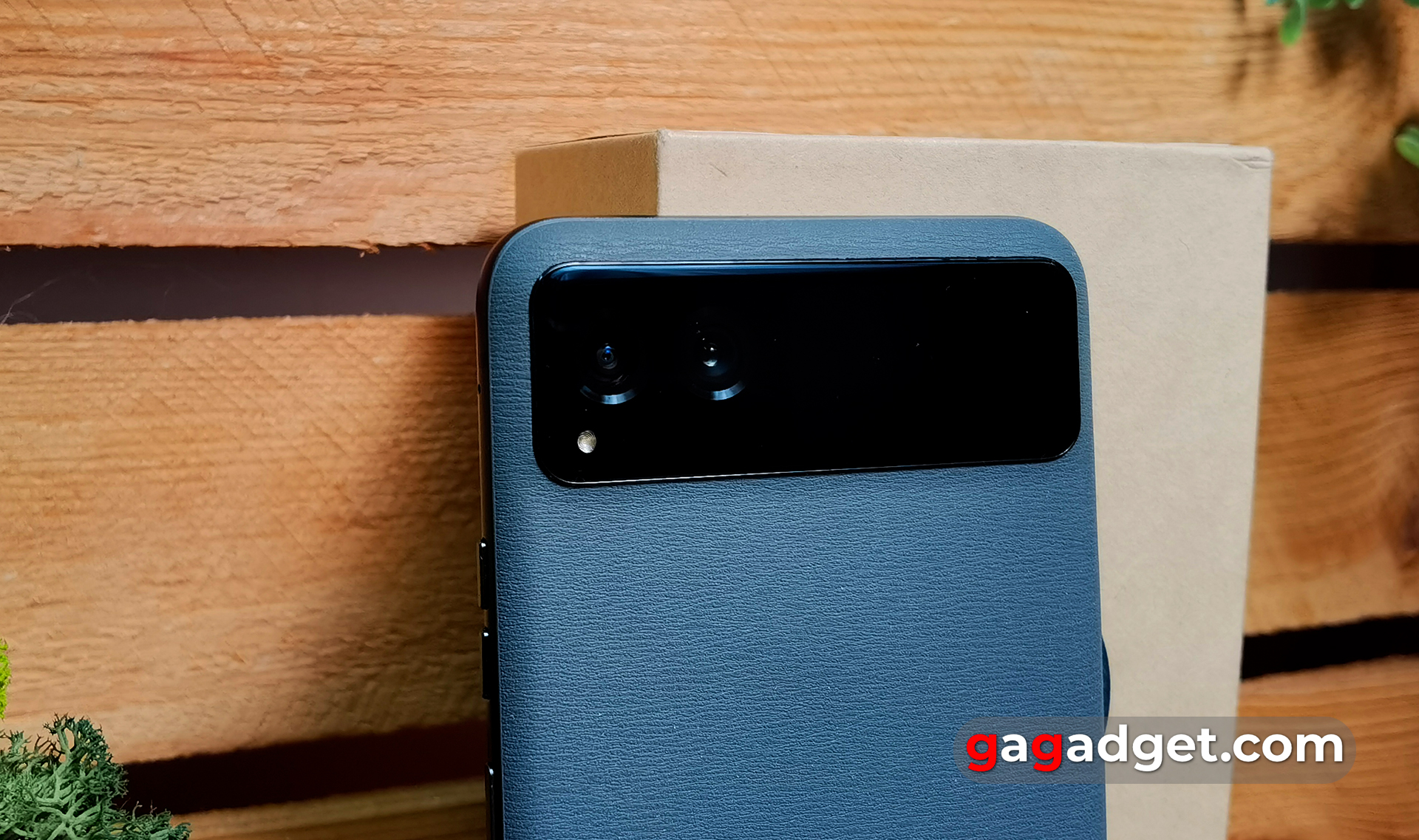
The camera app is intuitive and clear. There is a familiar carousel of modes, a separate section with additional modes (including professional), and all the basic settings on the screen (flash, aspect ratio, HDR). The drop-down menu contains everything else, including the frame rate and video resolution.

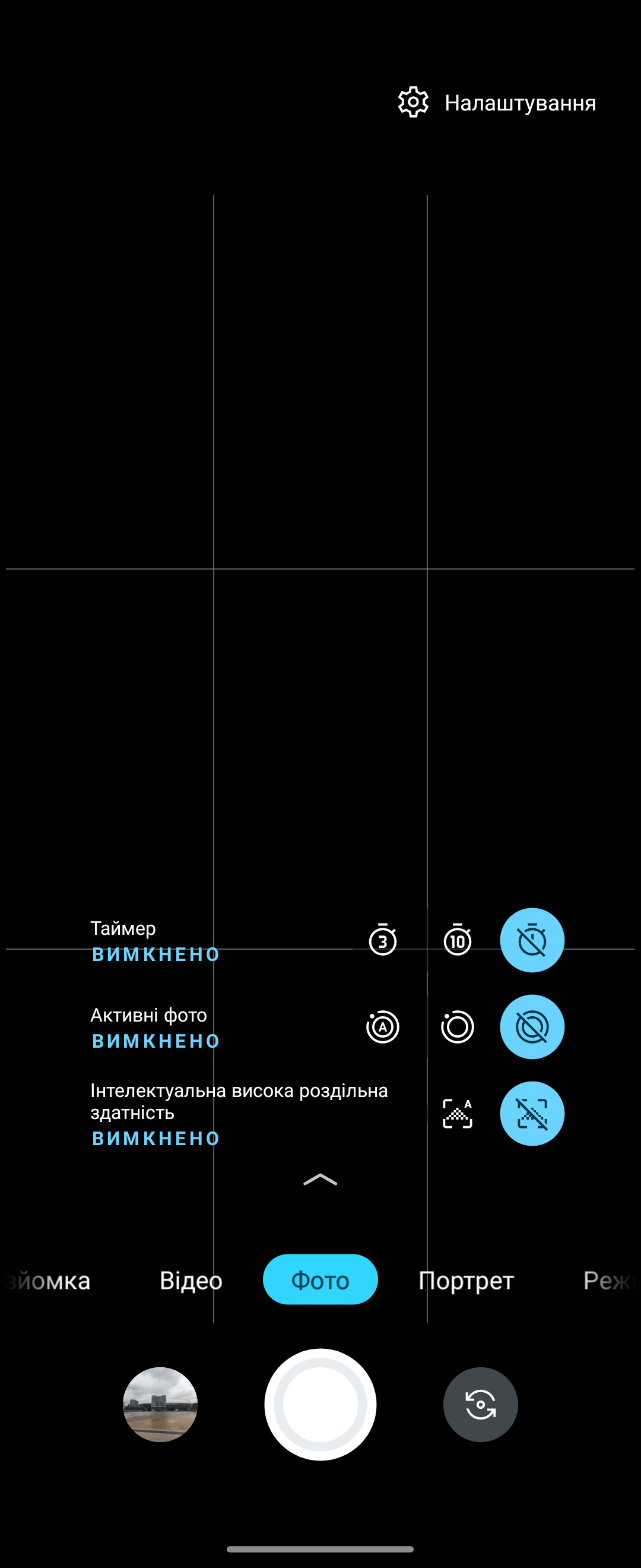



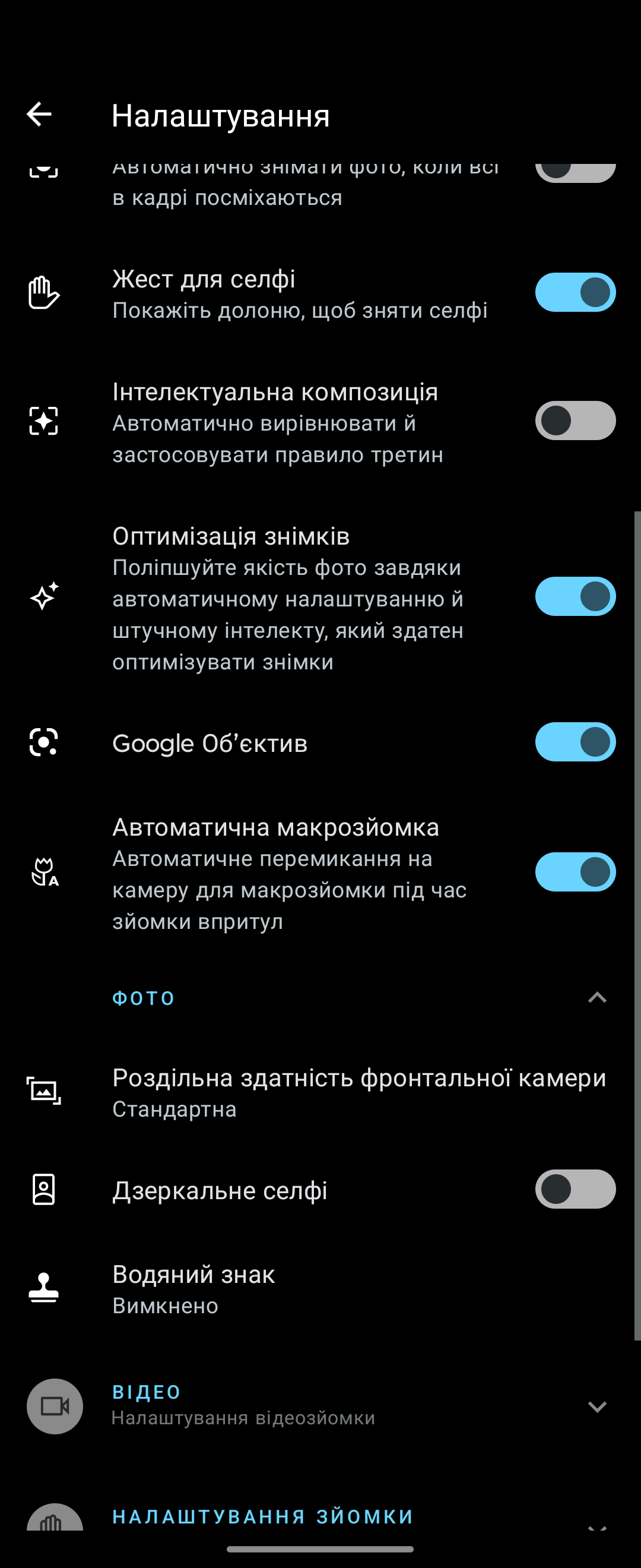
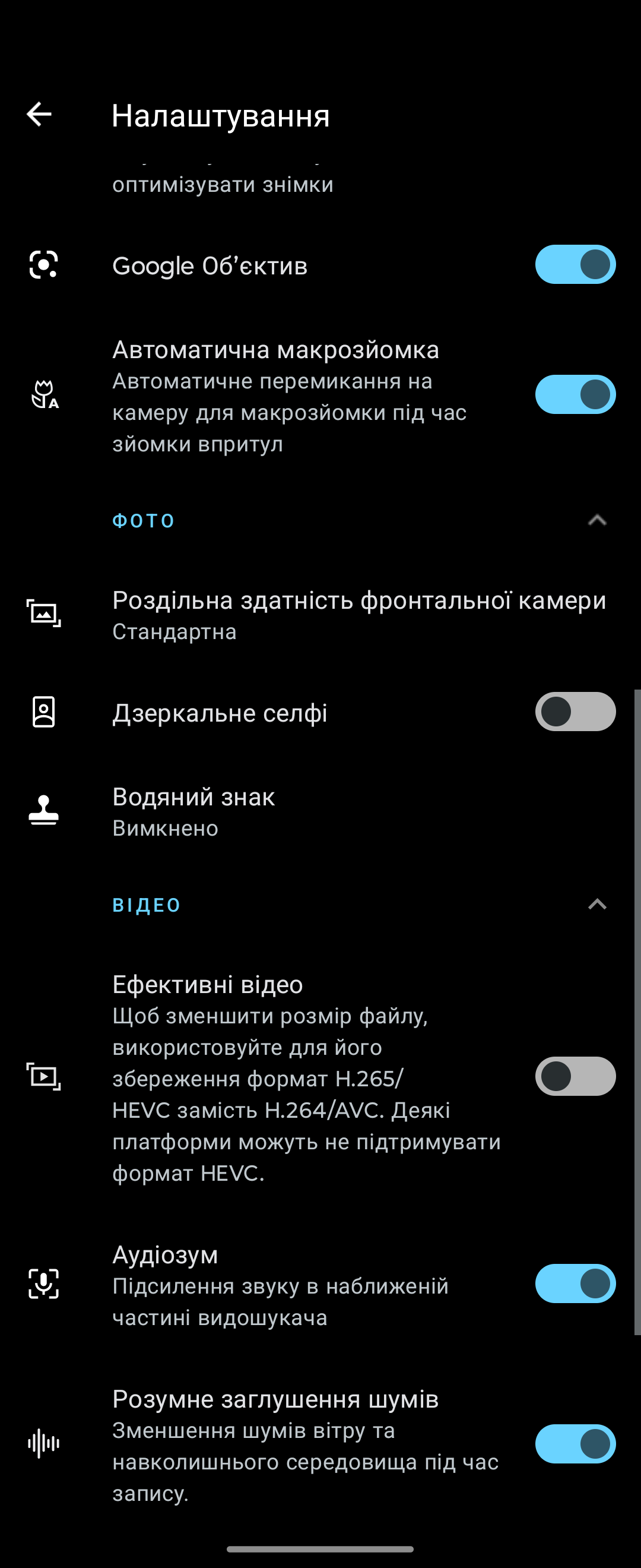
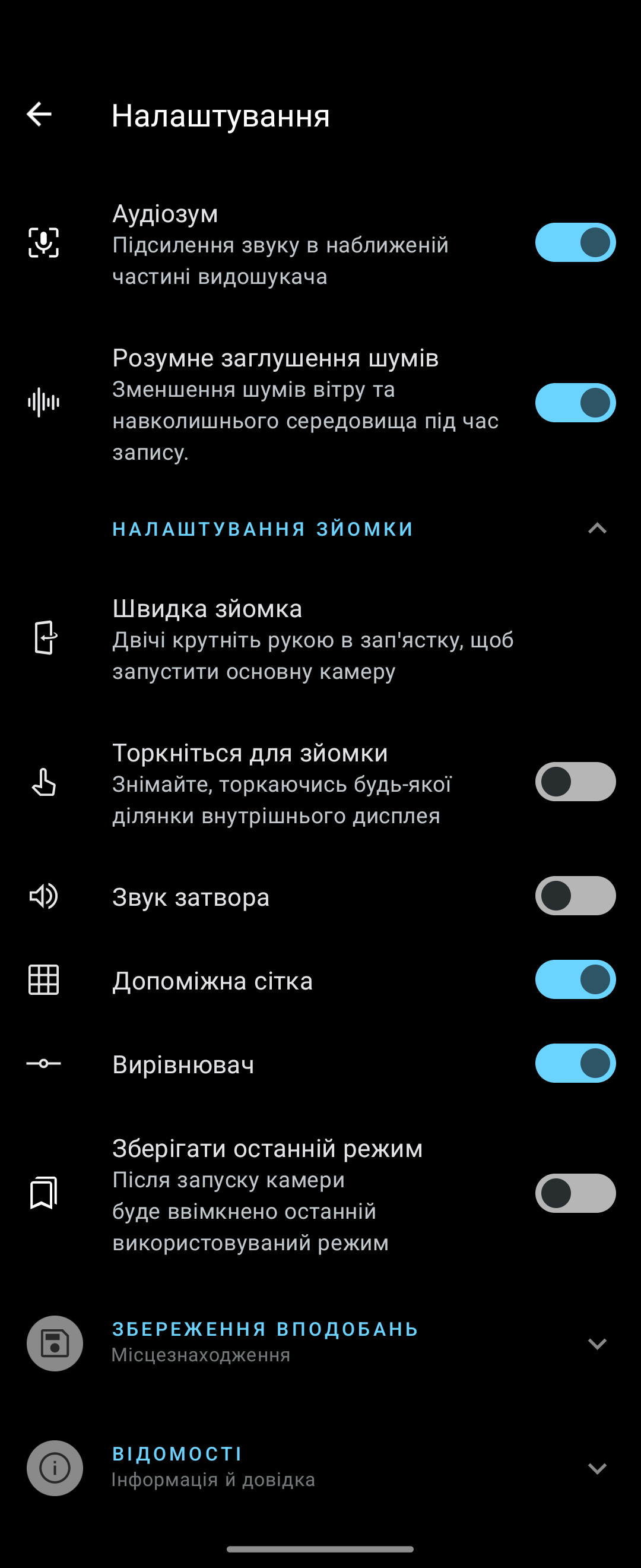
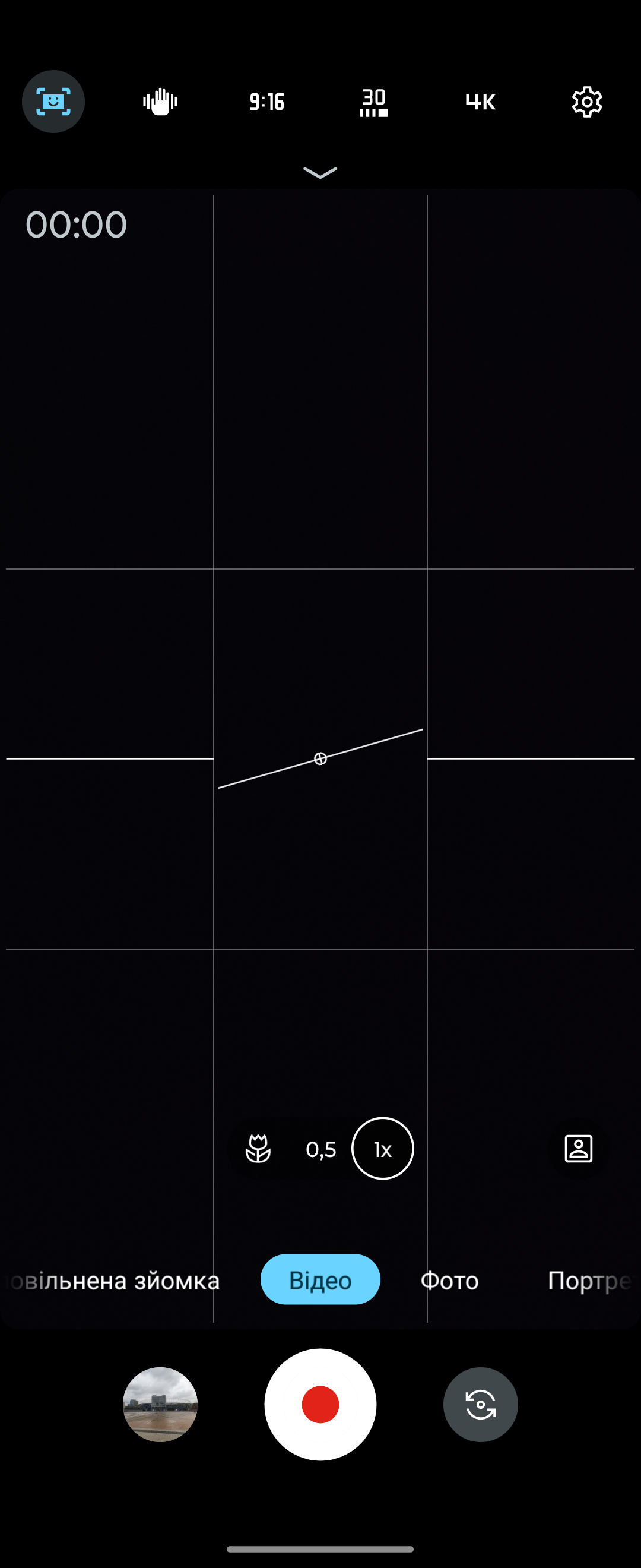



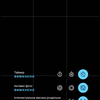


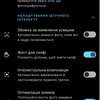
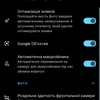
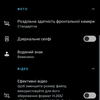
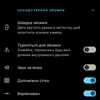

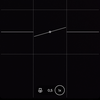
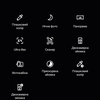
The Motorola Razr 40 camera is quite expected for its price segment. It is inferior to the flagships (especially in low light conditions), but in general, it takes good pictures. There are no complaints about daytime photos: they are detailed, with natural colours and good dynamic range. There are no critical problems with evening photos, but the characteristic signs of post-processing in the form of orange tints and halos are slightly present. The detail does not drop critically:

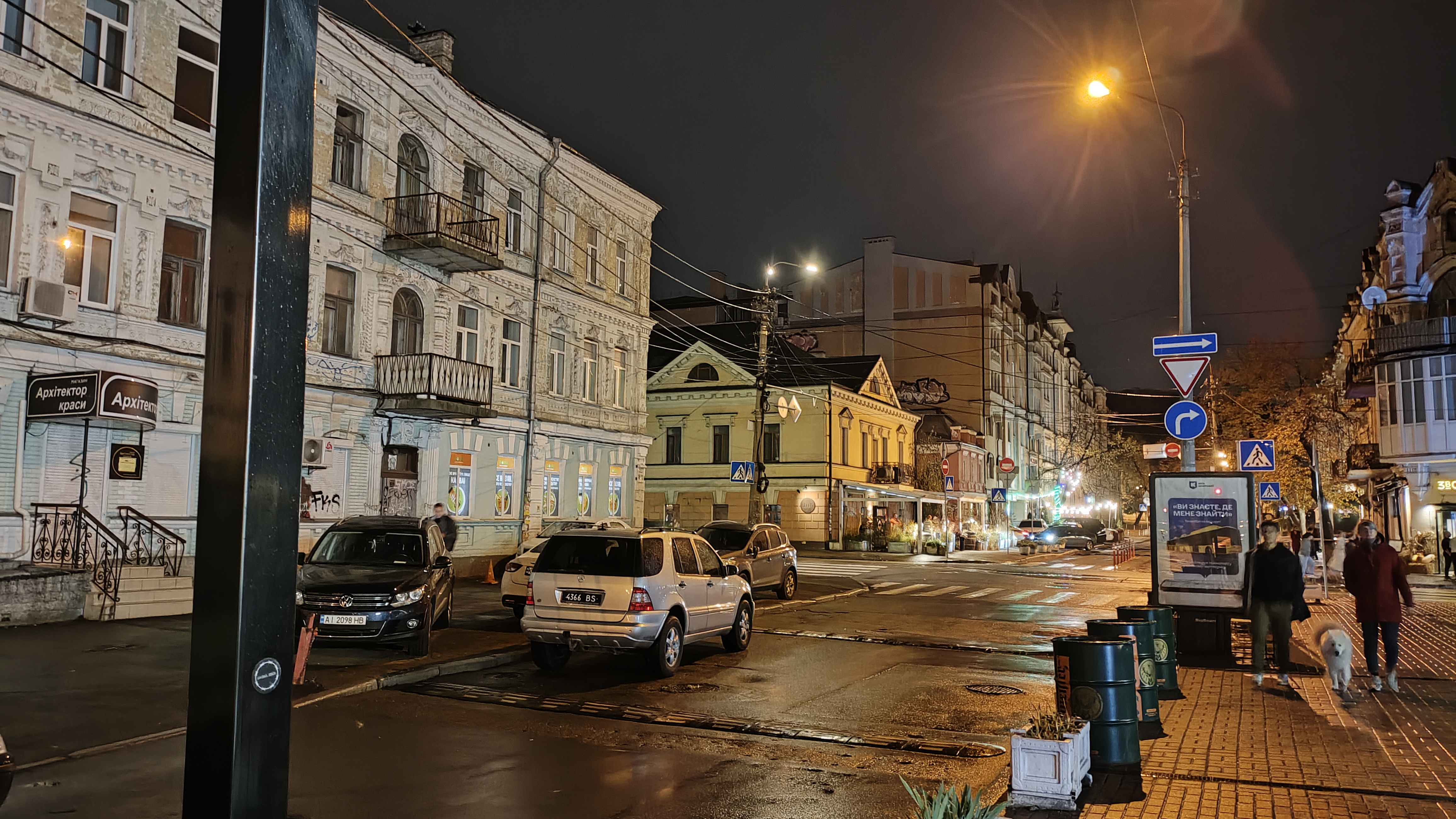


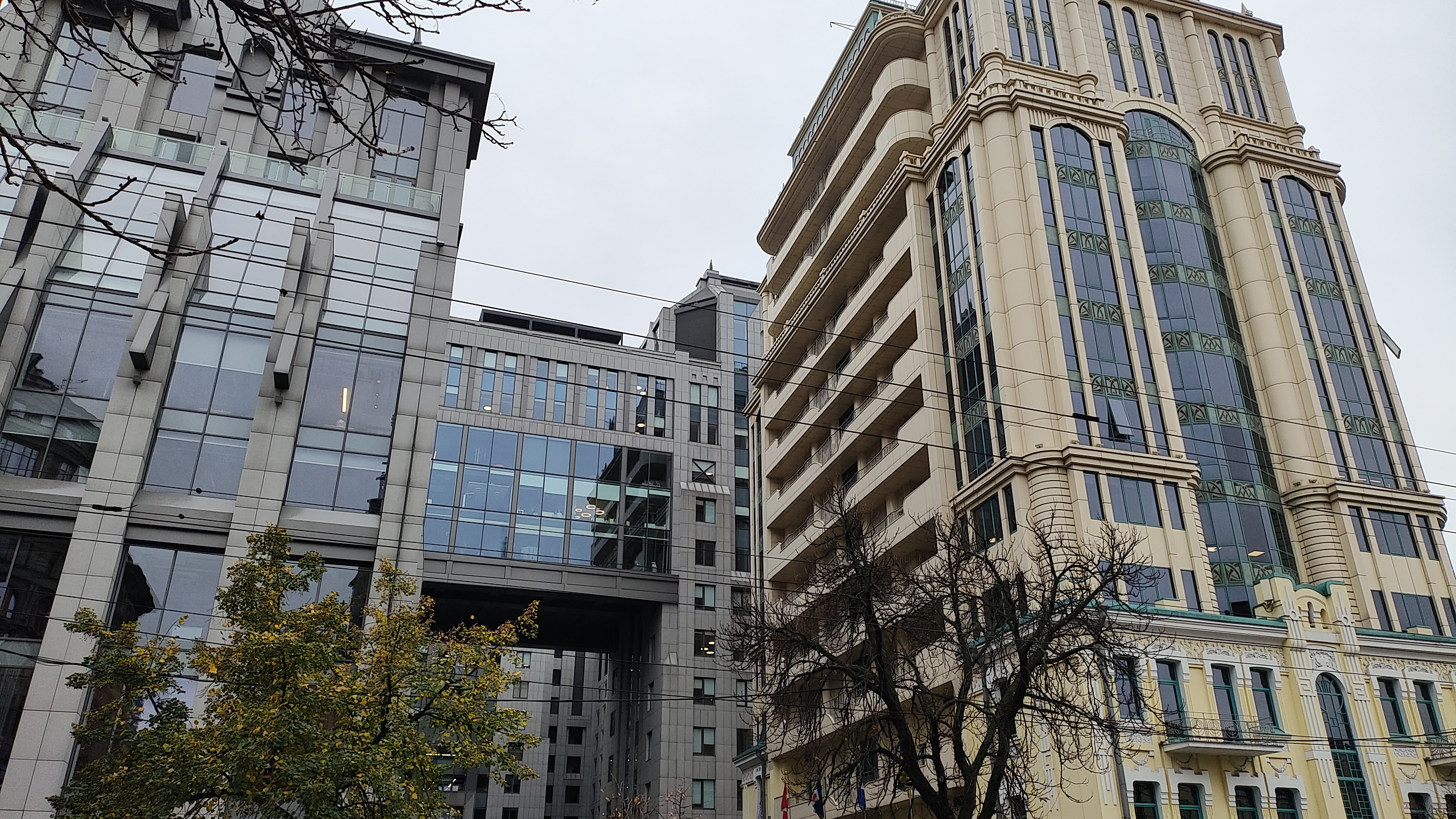


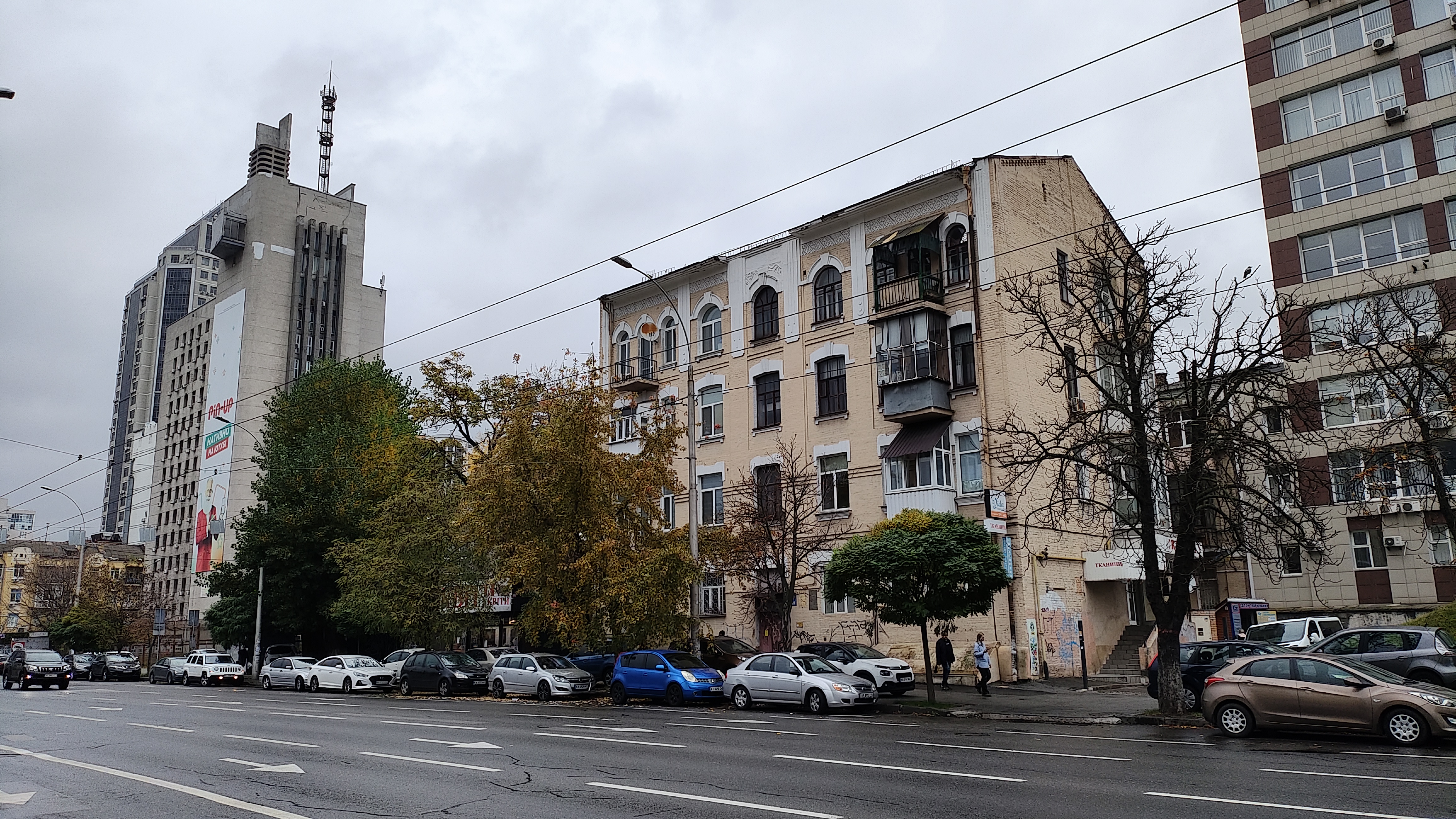

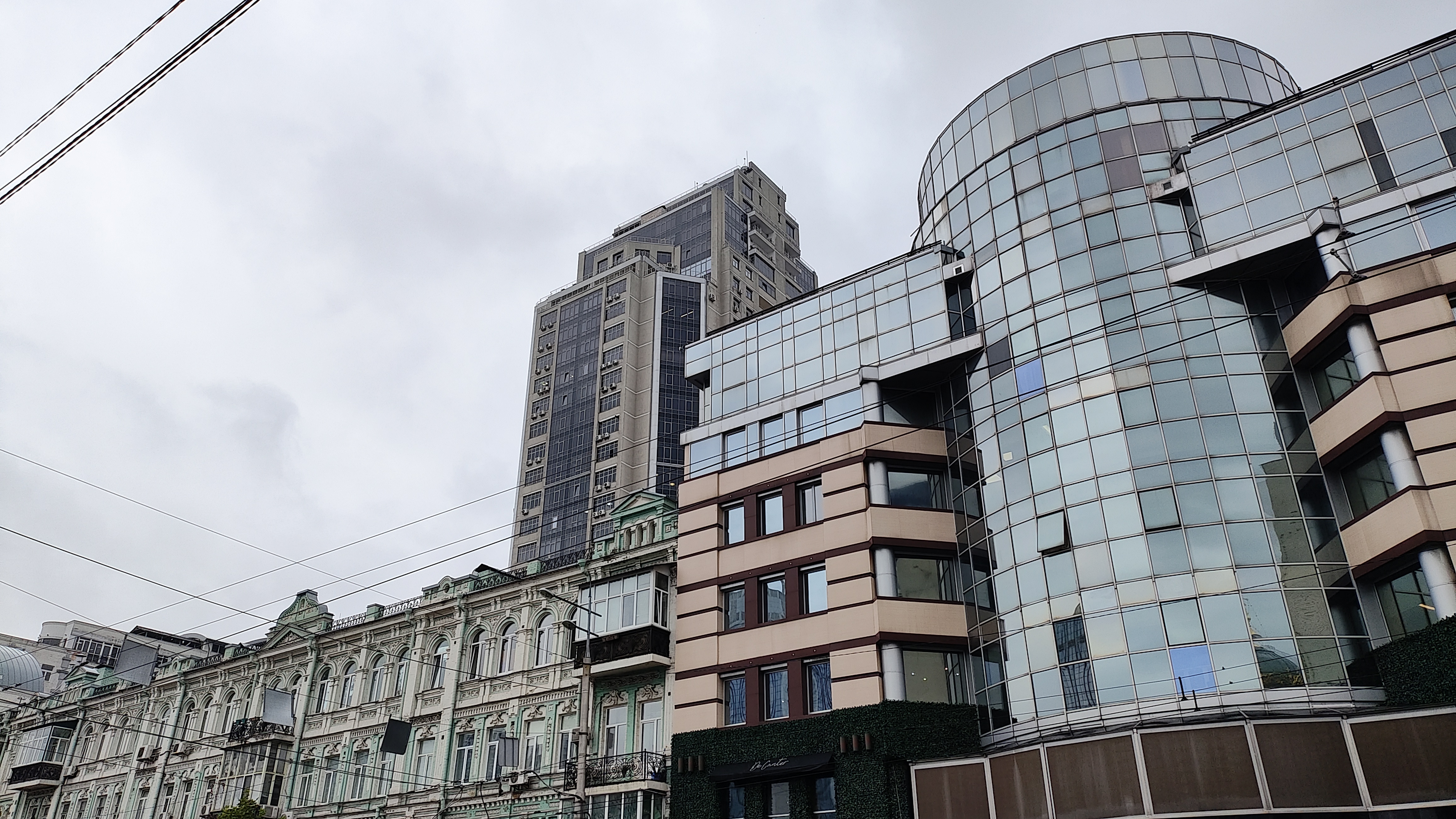
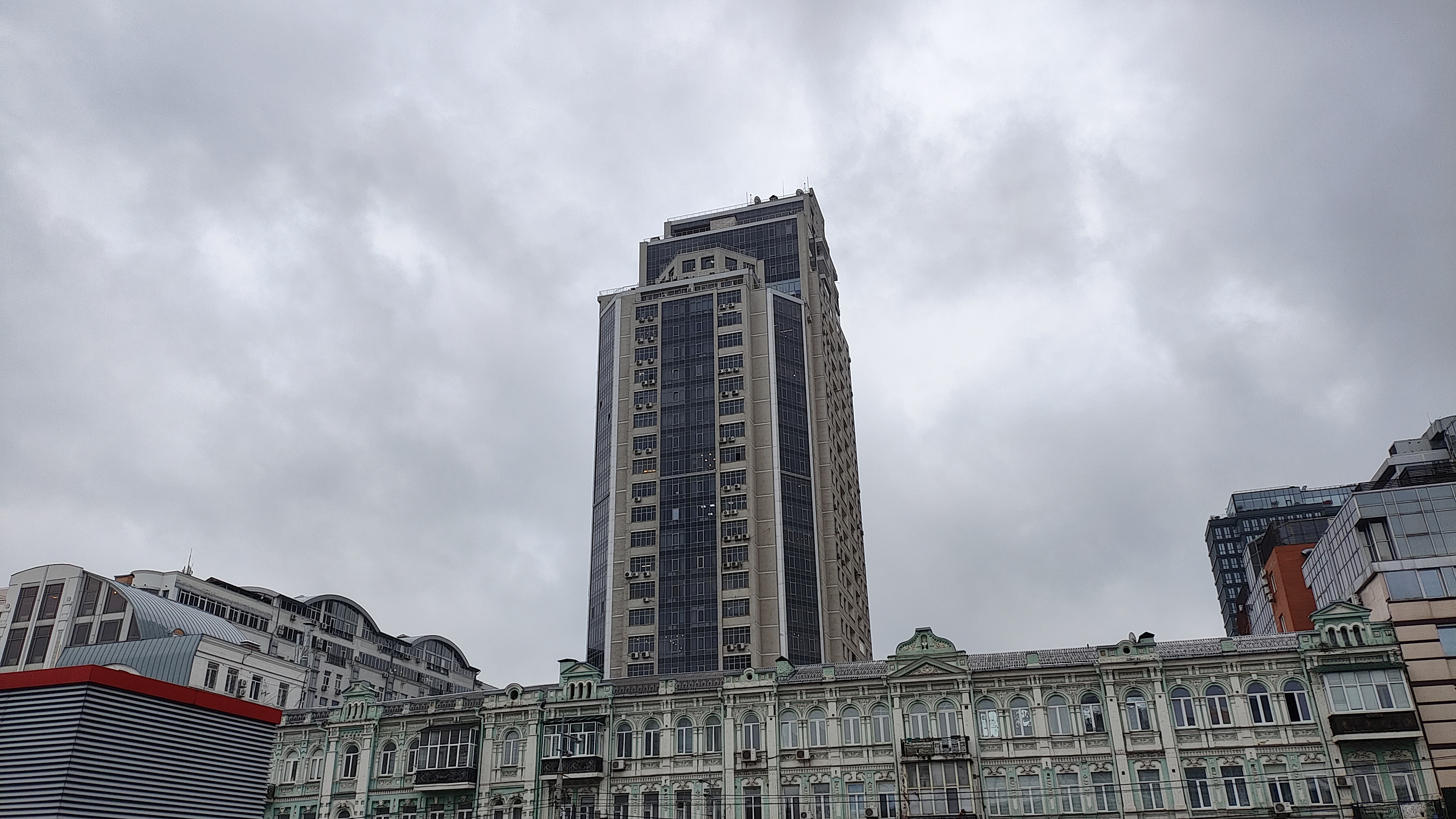

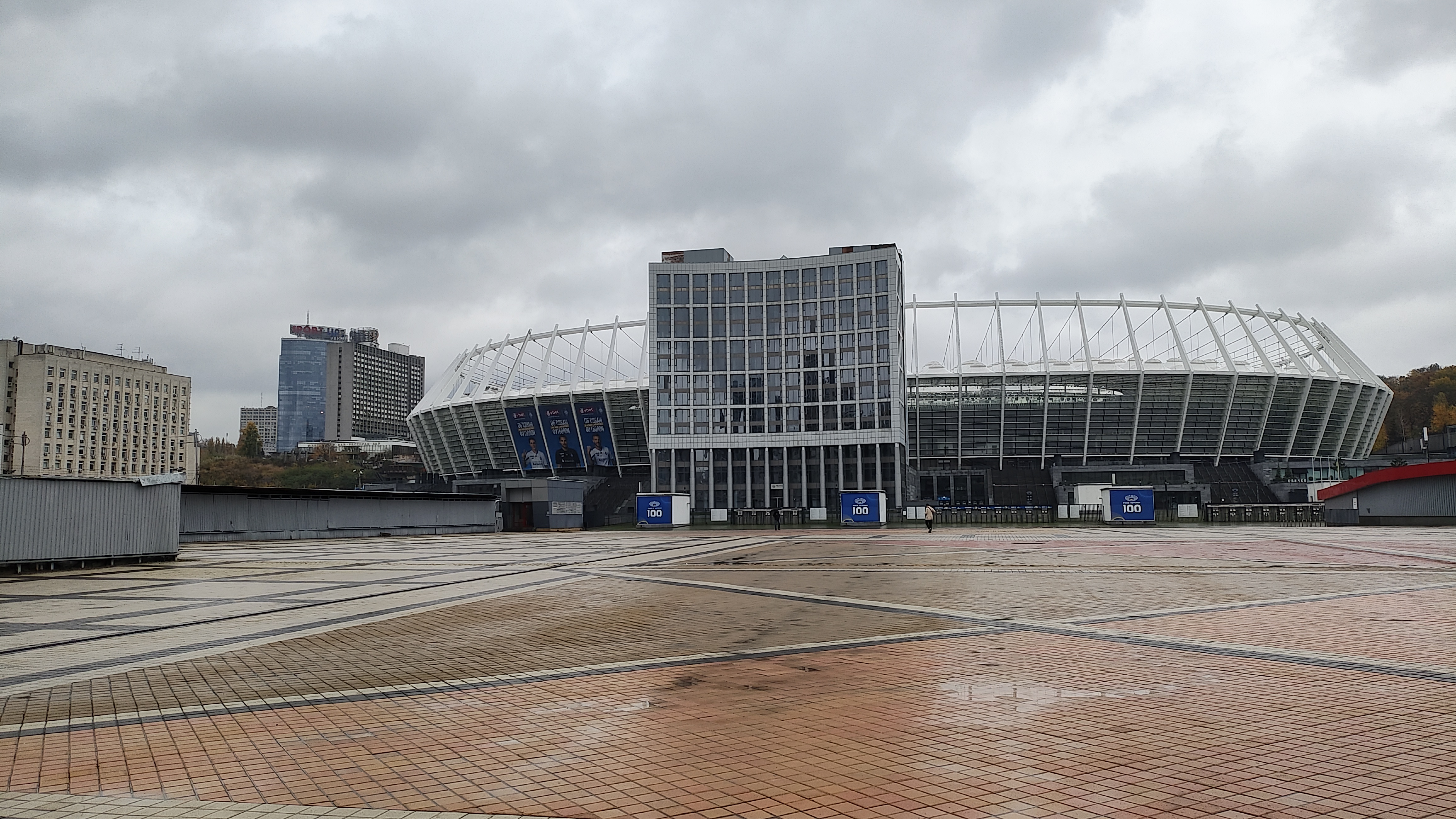


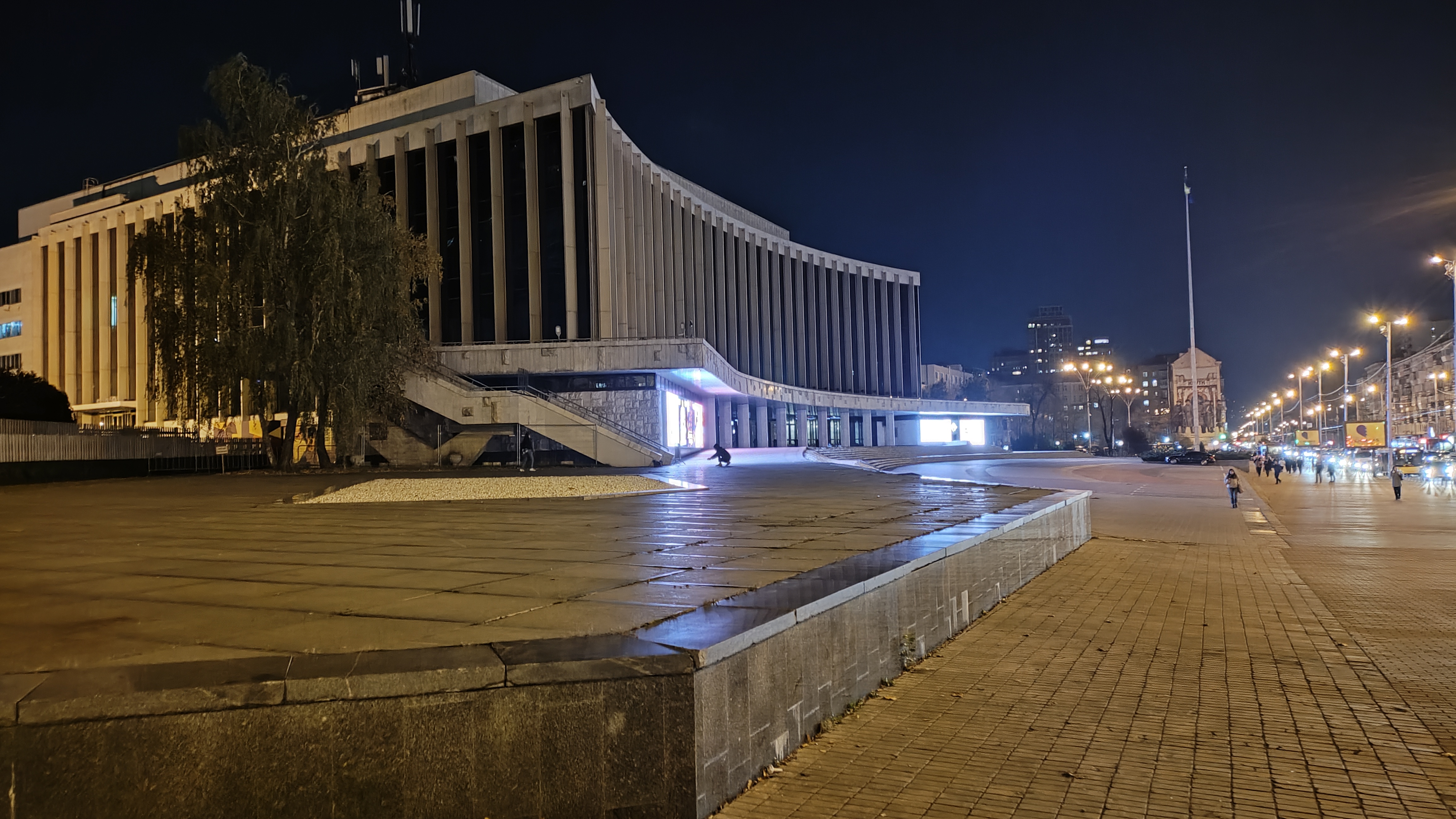




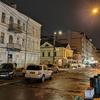

















The ultra-wide-angle camera, of course, does a little worse. In the evening, artefacts, noise and minimal blurring become slightly noticeable, especially at the edges of the frame.

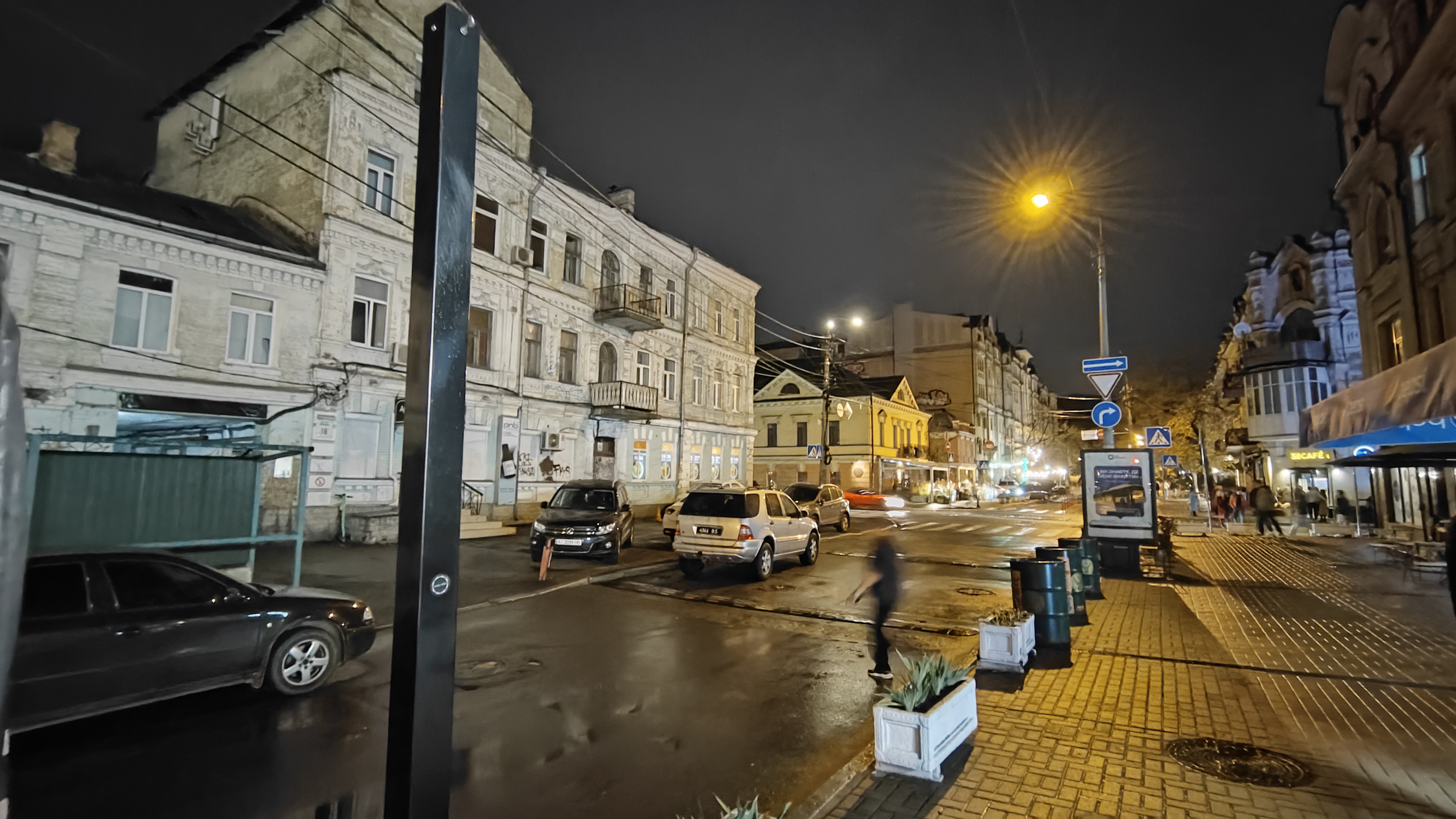
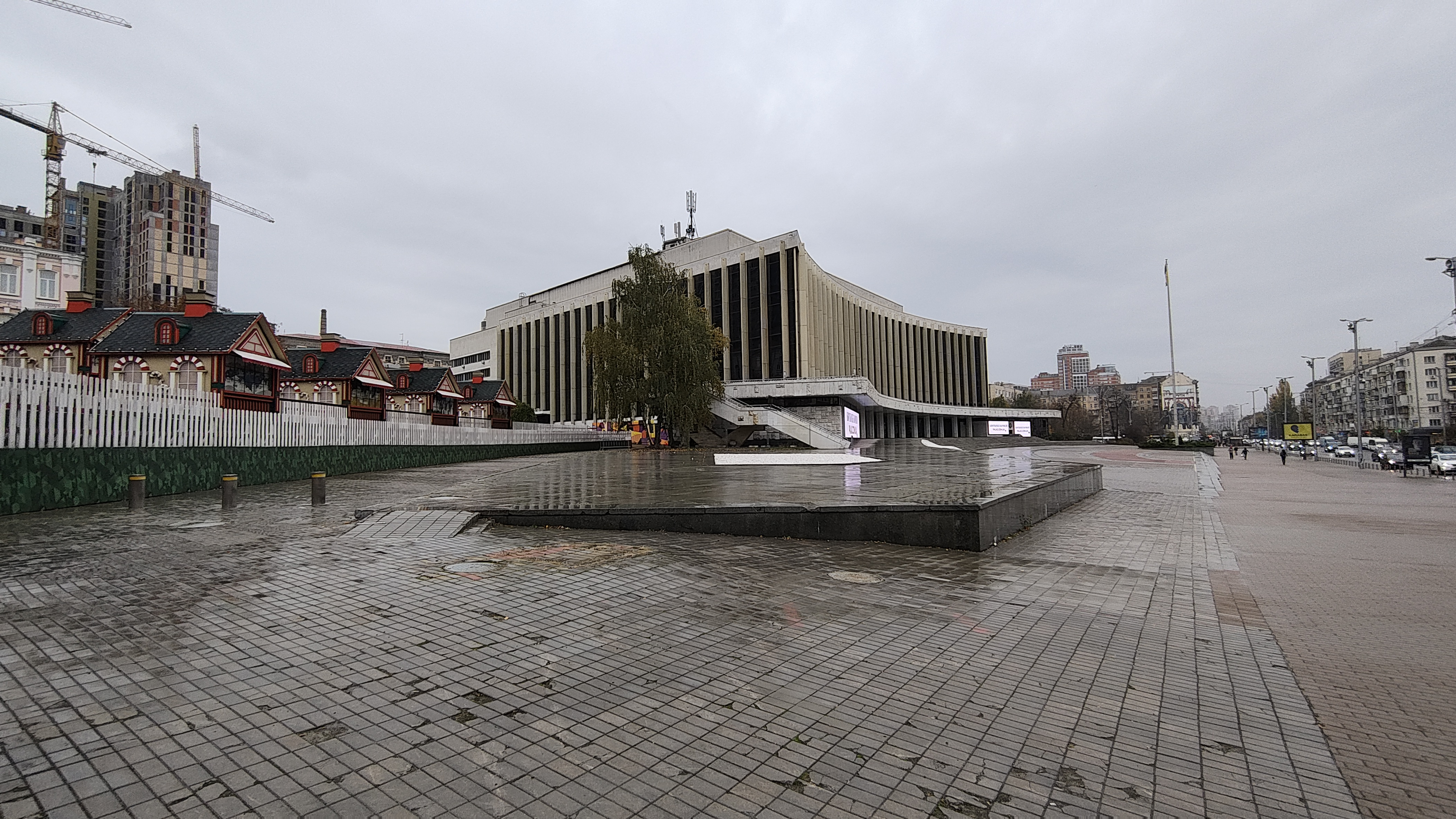

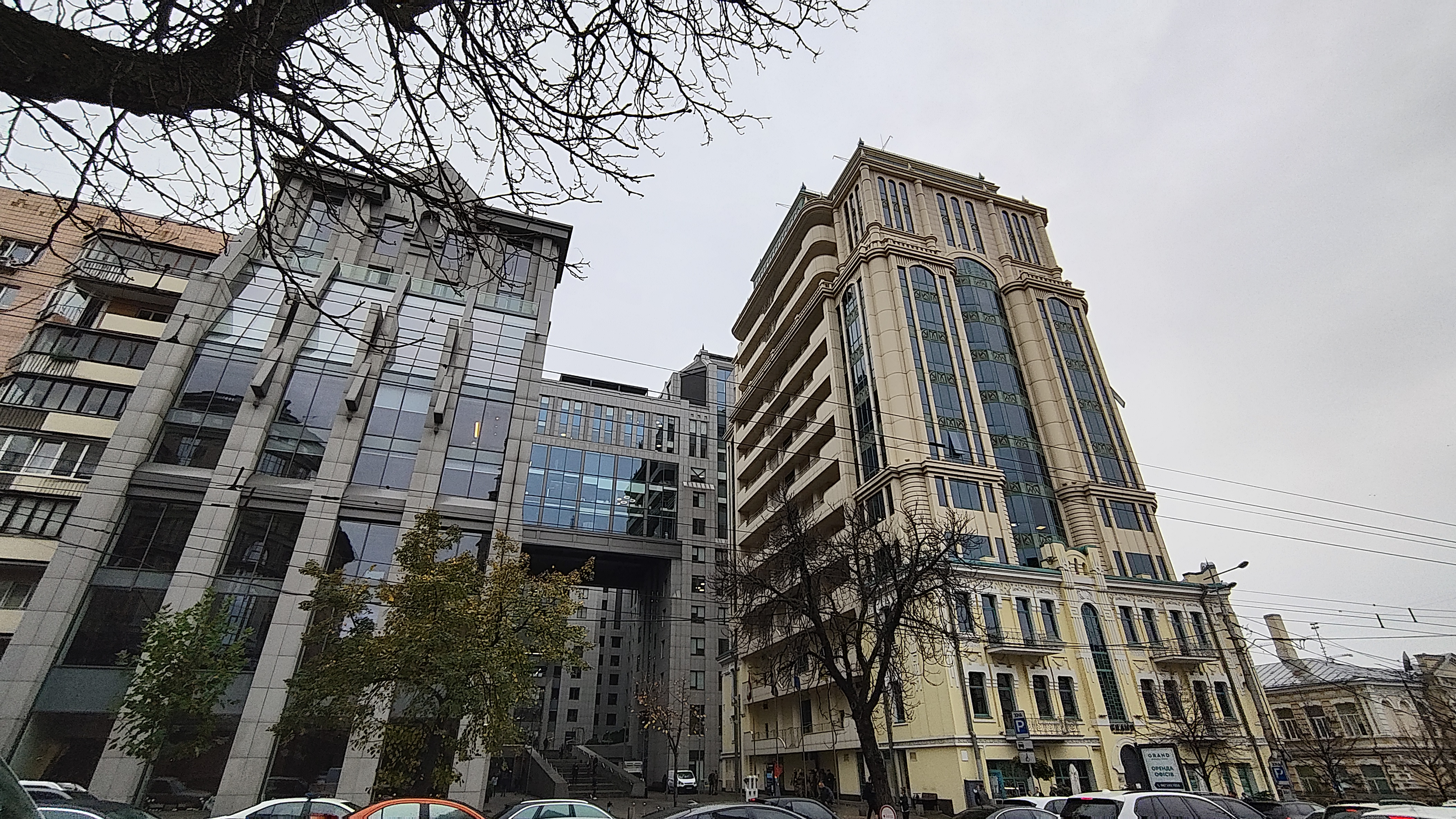


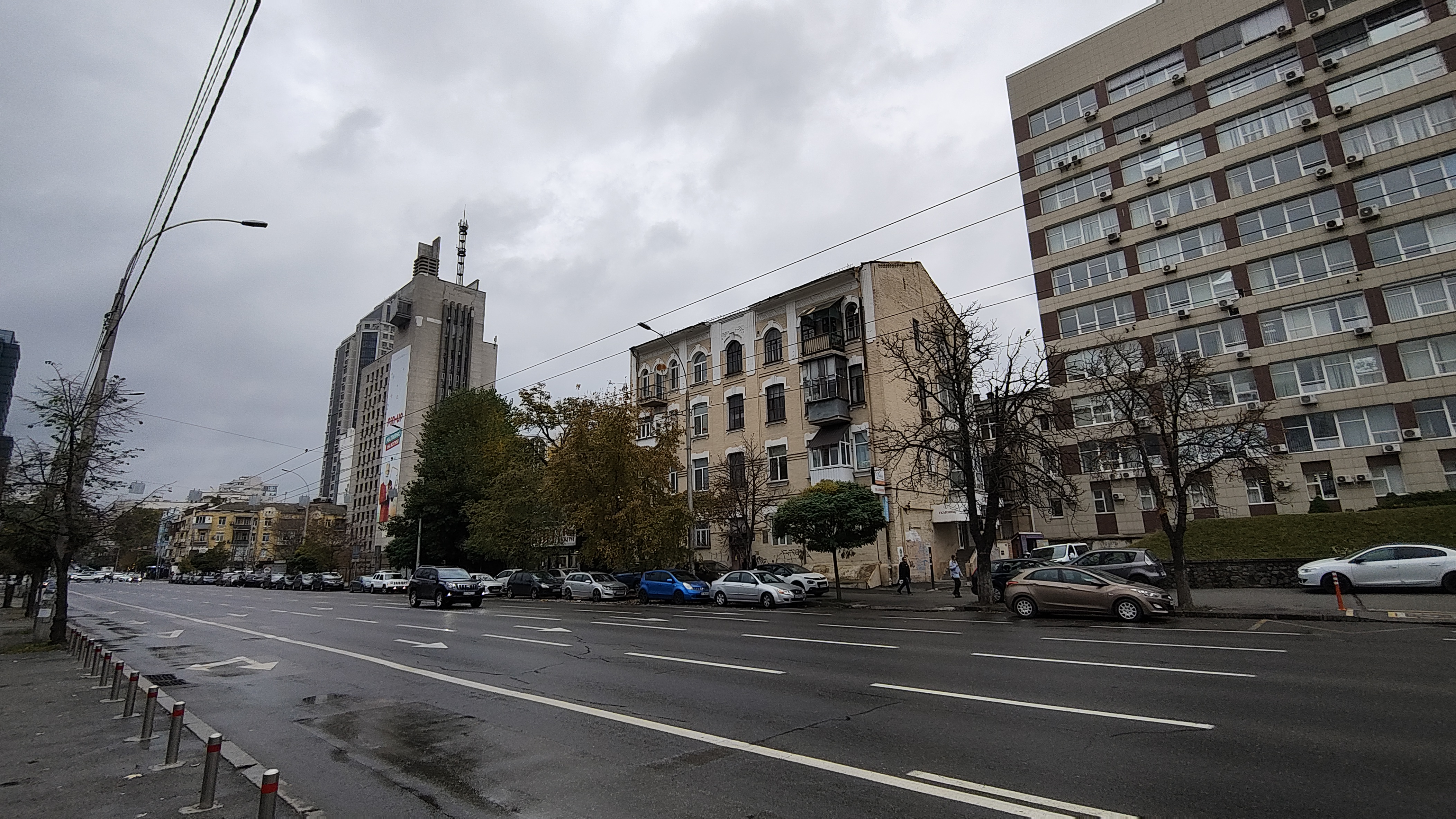

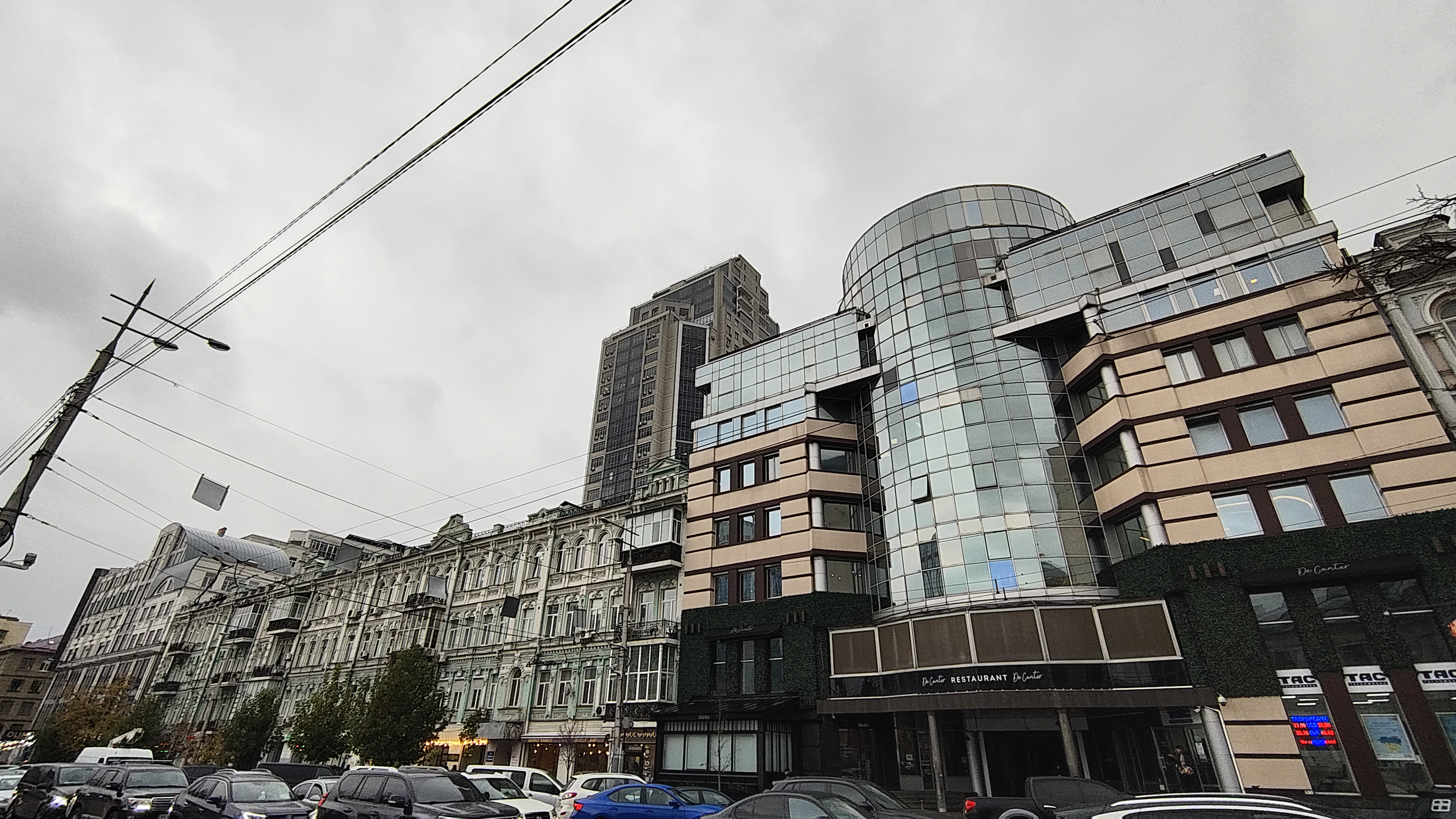
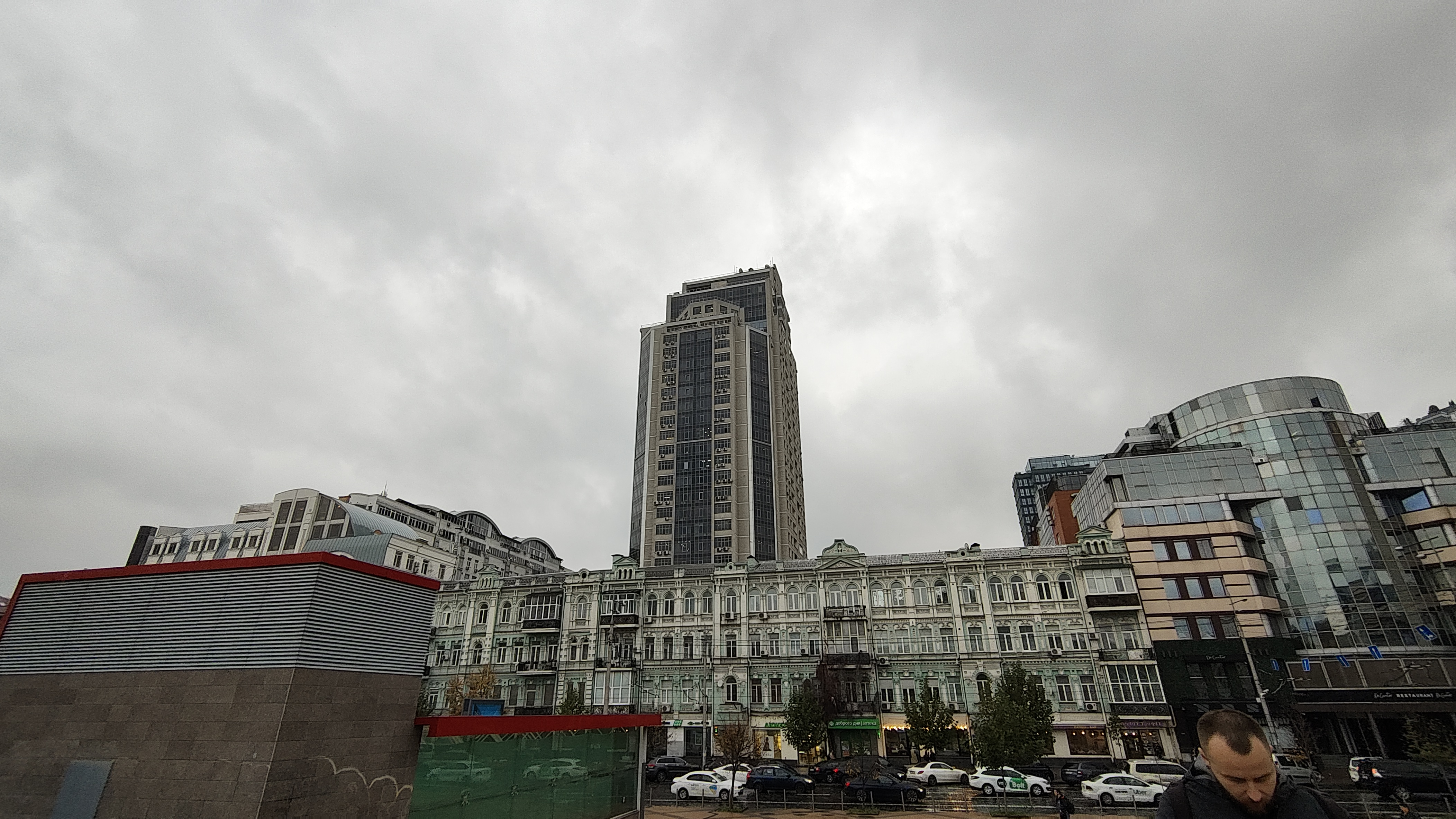

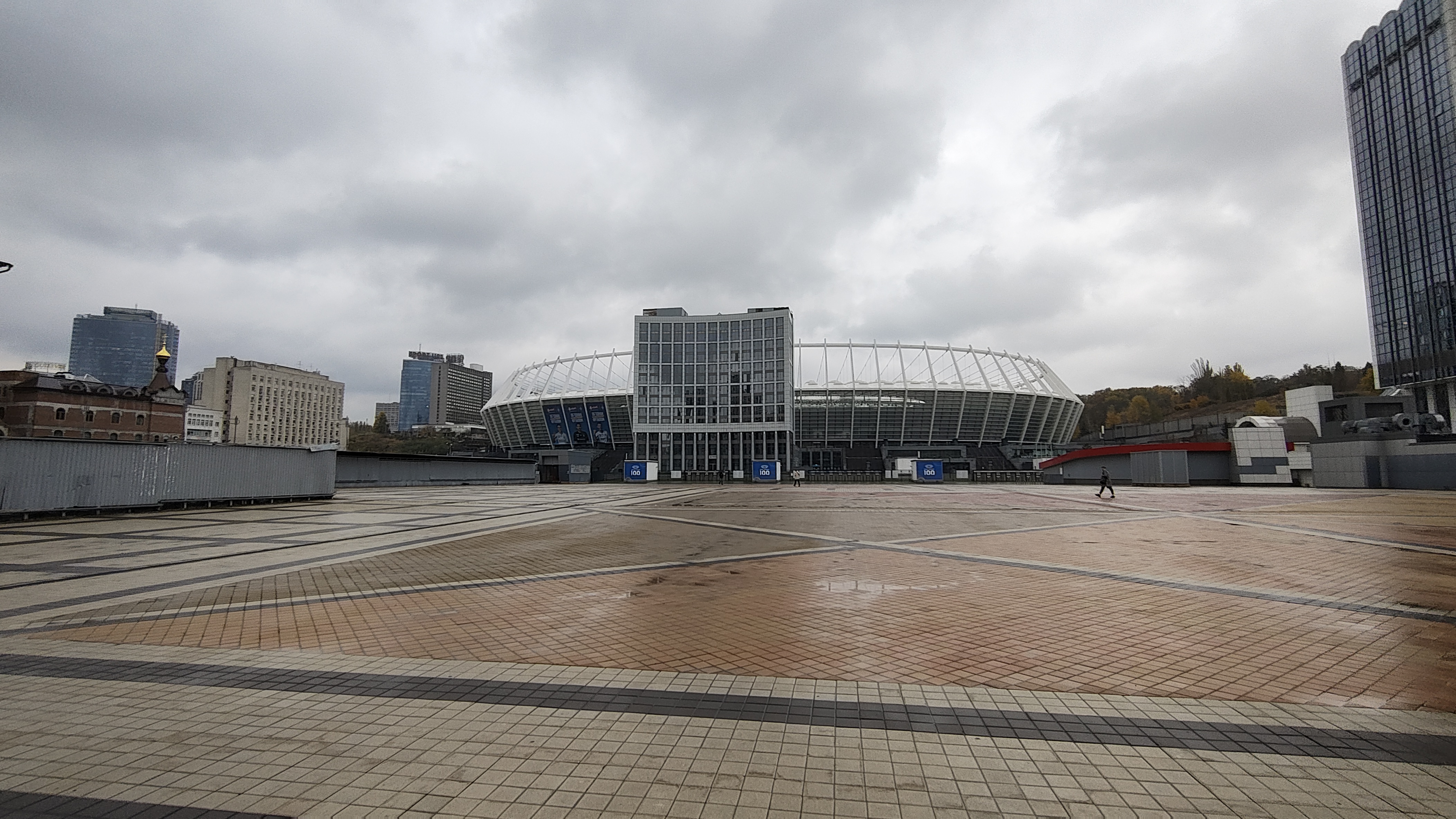

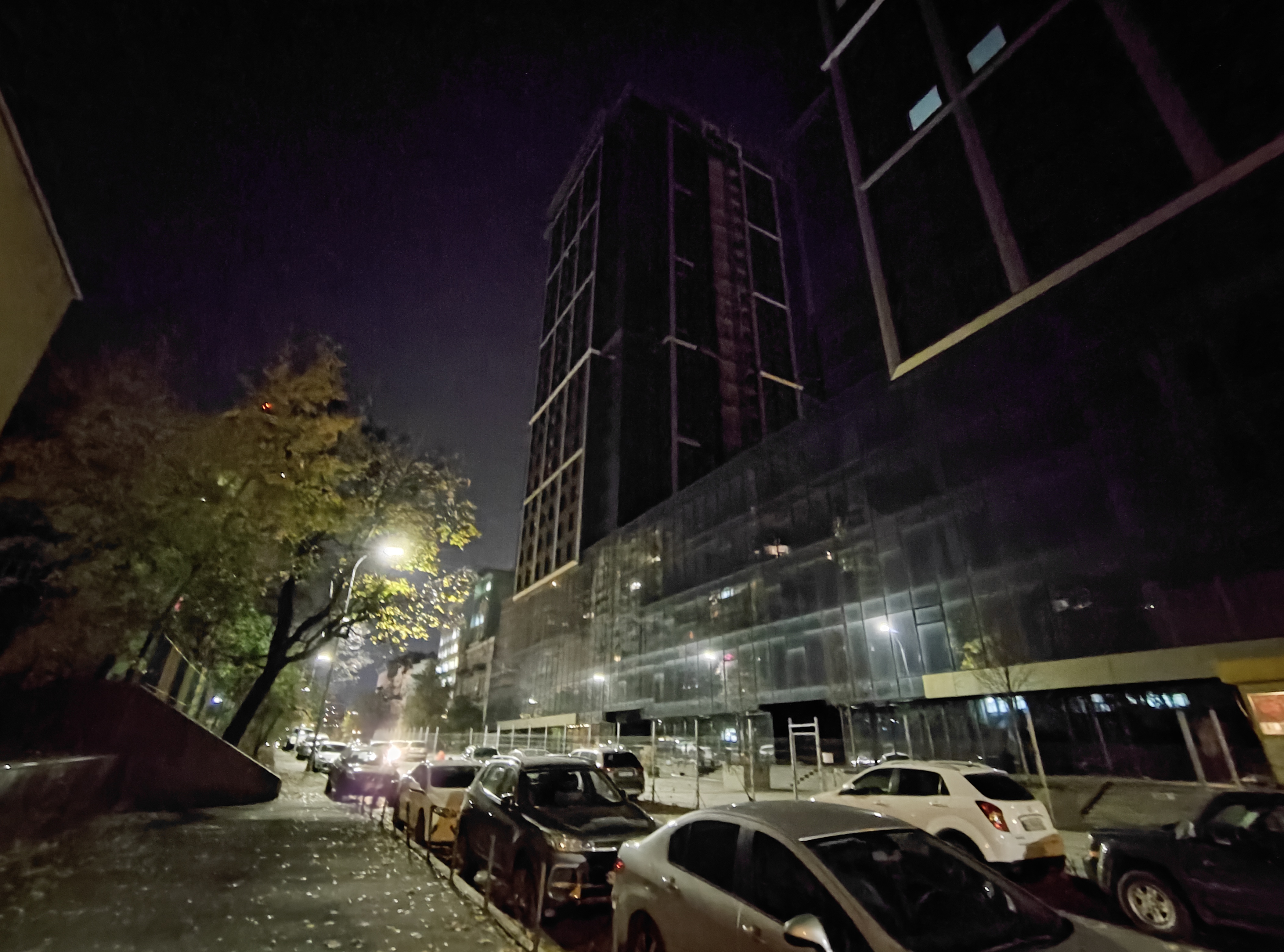
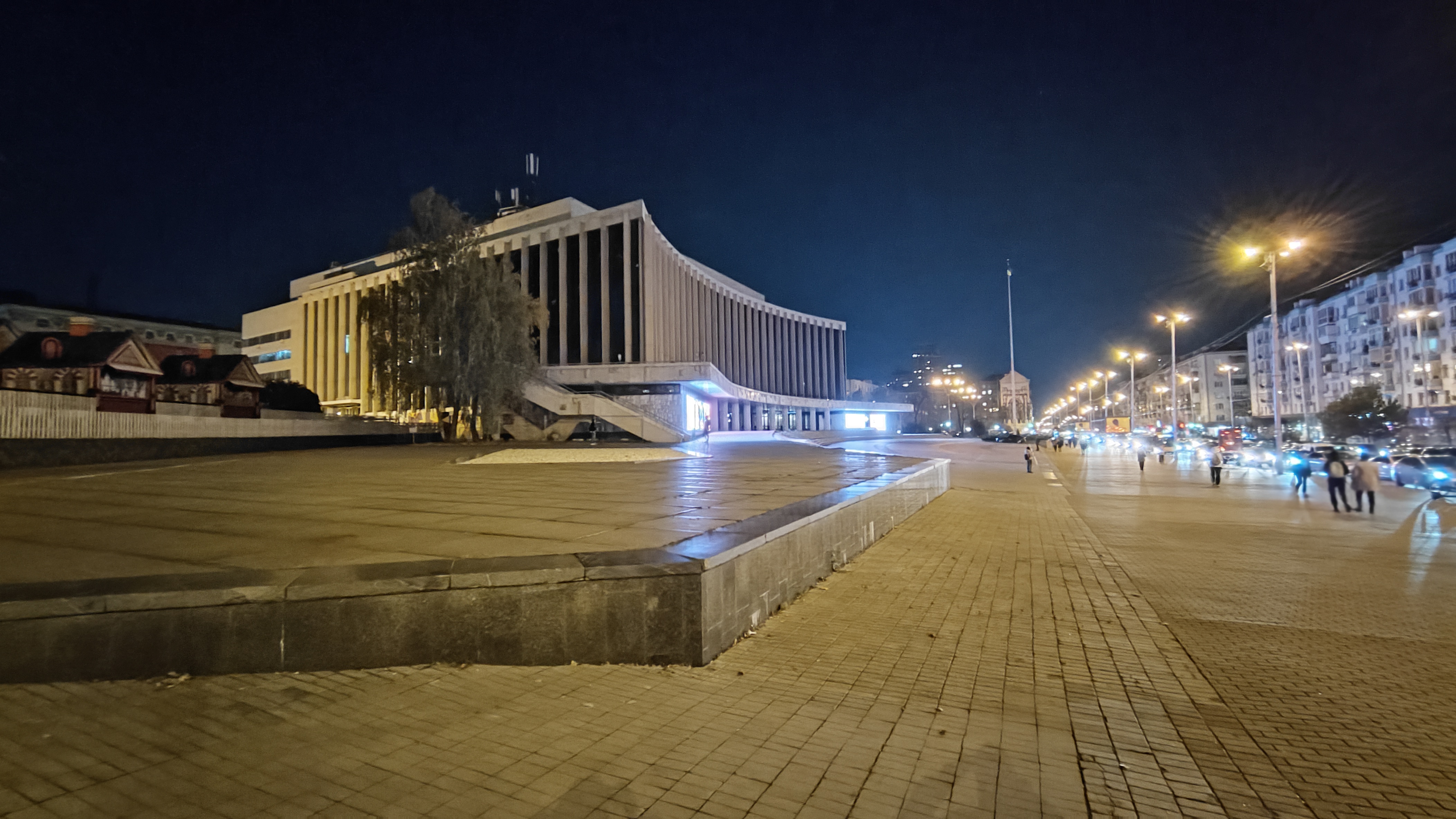


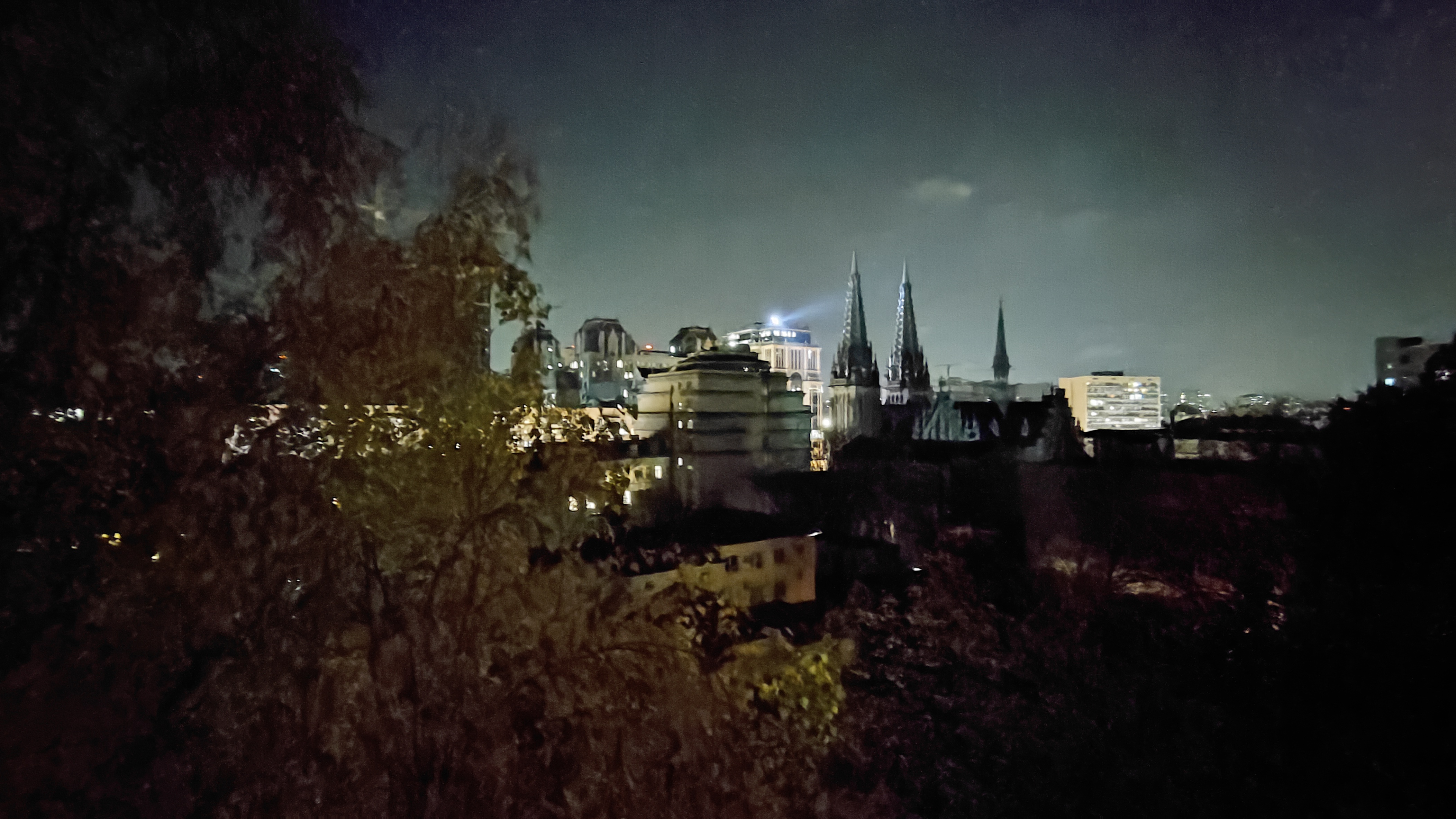

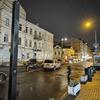

















The ultra-wide-angle camera with autofocus is responsible for macro photography. The photos are good:




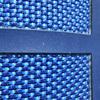



4K 30 FPS video on the Motorola Razr 40 is a bit strange. In general, the picture is not bad, although there is a bit of a jelly effect. But from time to time the video just freezes. It's hard to say what this is about. Most likely, it will be fixed with updates:
- Great foldable internal OLED screen with 144 Hz refresh rate
- Interesting design and body made of metal and eco-leather
- High-quality main camera
- Almost pure Android 13
- Good battery life (among folding smartphones)
To summarise: four things you need to know about the Motorola Razr 40.
- The Motorola Razr 40 is the most affordable foldable smartphone to date.
- It has a great quality internal folding screen with a refresh rate of 144 Hz.
- There is still a crease on this screen.
- It has an interesting design with eco-leather.
| Comparison of the characteristics of current clamshell smartphones | |||
|---|---|---|---|
| Motorola Razr 40 | Motorola Razr 40 Ultra | Samsung Galaxy Flip5 | |
| Main display | Folding LTPO AMOLED, 6.9 inches, 2640x1080, 413 ppi, HDR10+, 10-bit colour, 100% DCI-P3 colour gamut, 144 Hz refresh rate, sensor frequency: 240 Hz/360 Hz (in game mode), peak brightness: 1400 cd/m² | Folding LTPO AMOLED, 6.9", 2640x1080, 413 ppi, HDR10+, 10-bit colour, 120% of DCI-P3 colour gamut, 165Hz refresh rate, sensor frequency: 240 Hz/360 Hz (in game mode), peak brightness: 1400 cd/m² | Foldable Dynamic AMOLED 2X, 6.7 inches, 2640x1080 (22.5:9 aspect ratio), 426 ppi, HDR10+, 1-120 Hz |
| External display | AMOLED, 1.5 inches, 8-bit colour, 60 Hz refresh rate, peak brightness: 1000 cd/m² | AMOLED, 3.6 inches, 1066 x 1056, 413 ppi, HDR10+, 10-bit colour, 100% DCI-P3 colour gamut, 144 Hz refresh rate, sensor frequency: 120 Hz/360 Hz (in game mode), peak brightness: 1100 cd/m², Gorilla Glass Victus | Super AMOLED, 3.4", 720x748, Gorilla Glass Victus+ |
| Body | Expanded view: 170.8x74x7.4 mm; folded: 88.2x74x15.8 mm, weight: 189 g | Unfolded: 170.8x74x7 mm; folded: 88.4x74x15.1 mm, weight: 188 g | Unfolded: 165.1x71.9x6.9 mm; folded: 85.1x71.9x15.1 mm, weight: 187 g |
| Processor | 64-bit octa-core 4nm Qualcomm Snapdragon 7 Gen 1: 1x2.4 GHz Cortex-A710 + 3x2.36 GHz Cortex-A710 + 4x1.80 GHz Cortex-A510, Adreno 644 graphics | 64-bit octa-core 4nm Qualcomm Snapdragon 8+ Gen 1: 1x3.19 GHz Cortex-X2 + 3x2.75 GHz Cortex-A710 + 4x1.80 GHz Cortex-A510, Adreno 730 graphics | 64-bit octa-core 4nm Qualcomm Snapdragon 8 Gen 2 Mobile Platform for Galaxy, 1x3.36 GHz Cortex-X3, 2x2.8 GHz Cortex-A715, 2x2.8 GHz Cortex-A710, 3x2.0 GHz Cortex-A510, Adreno 740 719 MHz graphics |
| RAM | 8 GB LPDDR4X | 8 GB LPDDR5 | 8 GB LPDDR5 |
| Flash memory | 256 GB UFS 2.2 | 256 GB UFS 3.1 | 256/512 GB UFS 4.0 |
| Camera |
Main camera: 64 MP, f/1.7, pixel size 0.7µm, PDAF, laser autofocus, OIS; ultra-wide-angle: 13 MP, f/2.2, 1/3", 1.12µm pixel, 120°, autofocus; front camera: 32 MP f/2.4 |
Main camera: 12 MP, f/1.5, 1/2.55", 1.4µm pixel size, PDAF, OIS; ultra-wide-angle: 13 MP, f/2.2, 1/3", 1.12µm pixel size, 108°, autofocus; front camera: 32 MP f/2.4 |
Main camera: 12 MP, f/1.8, 24 EPS, 1/1.76", 1.8µm, Dual Pixel PDAF, OIS; ultra-wide-angle: 12 MP, f/2.2, 123°; front: 10 MP f/2.4 |
| Wireless technologies | Wi-Fi 802.11 a/b/g/n/ac/6e (tri-band), Bluetooth 5.3 LE, NFC | Wi-Fi 802.11 a/b/g/n/ac/6e (tri-band), Bluetooth 5.3 LE, NFC | Wi-Fi 802.11 a/b/g/n/ac/6/7 (tri-band, 2.4 and 5 GHz), Bluetooth 5.3 LE, NFC |
| GPS | GPS, A-GPS, LTEPP, SUPL, GLONASS, Galileo, Beidou | GPS, A-GPS, LTEPP, SUPL, GLONASS, Galileo, Beidou | GPS, A-GPS, GLONASS, BDS, GALILEO |
| Battery | 4200 mAh, non-removable, 30W fast charging, 5W wireless charging | 3800 mAh, non-removable, 30W fast charging, 5W wireless charging | 3700 mAh, non-removable, 25W fast charging, 15W wireless charging, reverse wireless charging |
| Operating system | Android 13 | Android 13 | Android 13 + One UI 5.1.1 |
| Sim-card | NanoSIM + eSIM | NanoSIM + eSIM | NanoSIM + eSIM |
| Optional | IP52 splash protection, fingerprint scanner in the power button | IP52 splash protection, fingerprint scanner in the power button | water protection IPX8, fingerprint scanner in the power button |
For those who want to know more:
- The best genes of forgotten design gods: Motorola Razr 40 Ultra review
- Motorola Edge 40 Neo smartphone review: just a beauty
- Ambition extender: Samsung Galaxy Flip5 review
- Motorola Edge 40 smartphone review: this is the Android you're looking for
- Review of the flagship smartphone Motorola Edge 40 Pro: it will charge faster than your pizza will be delivered
